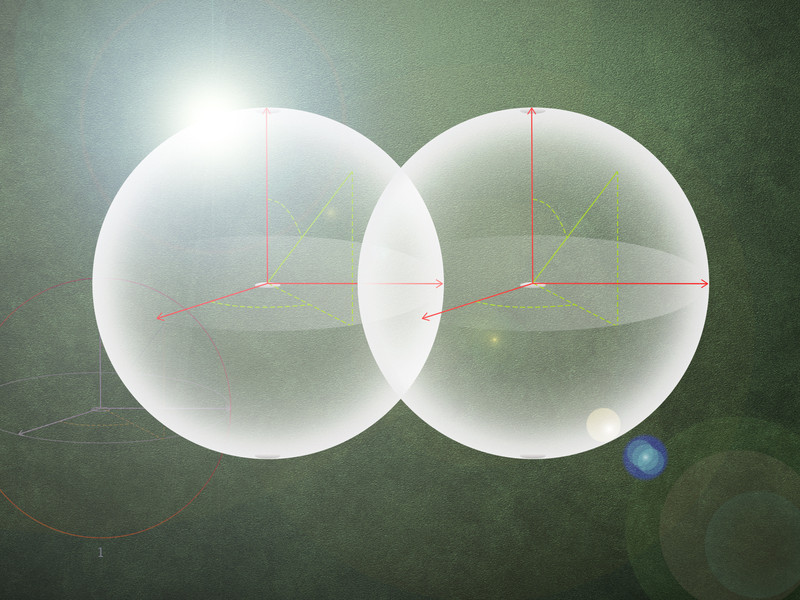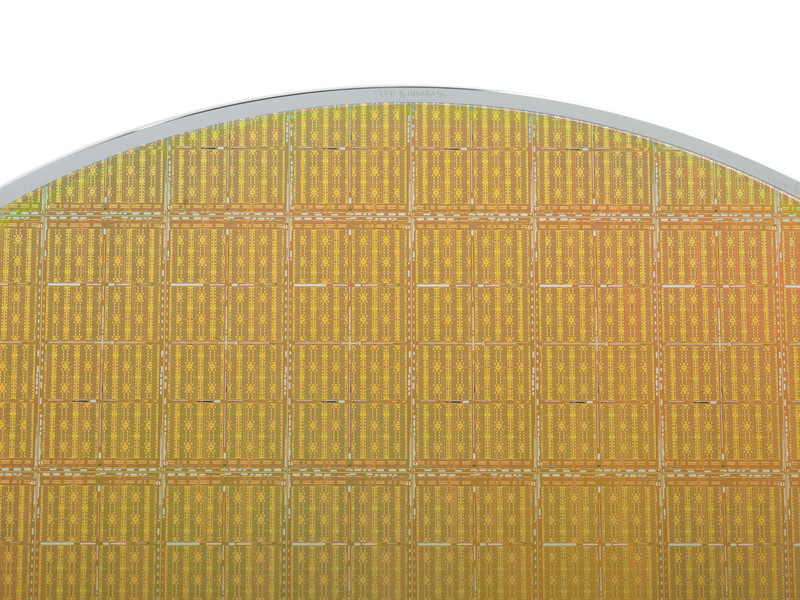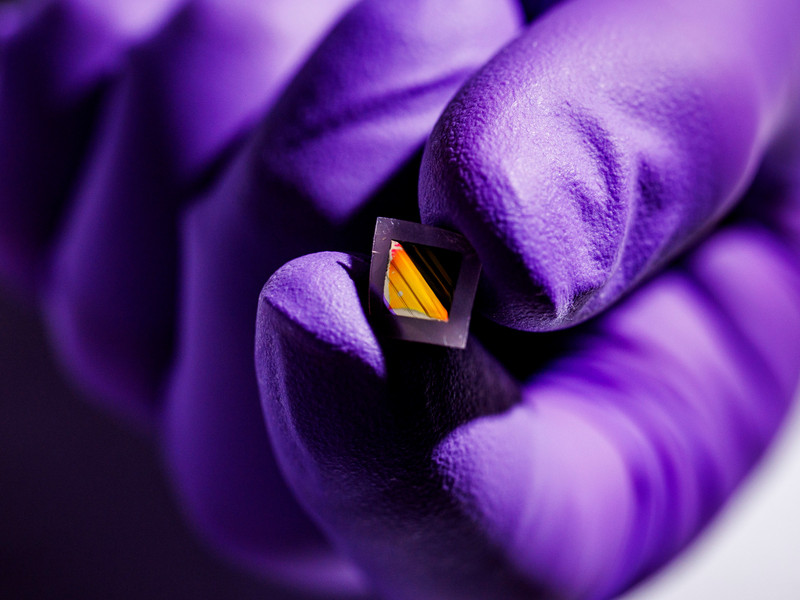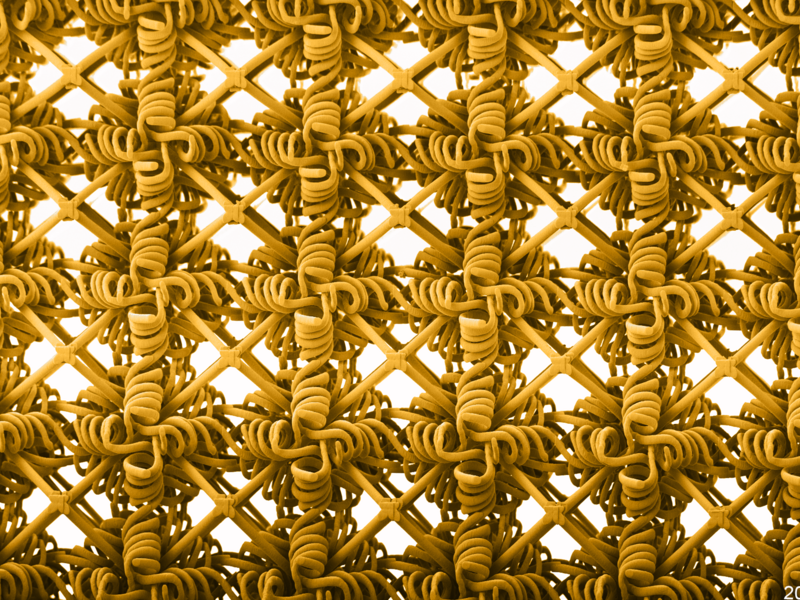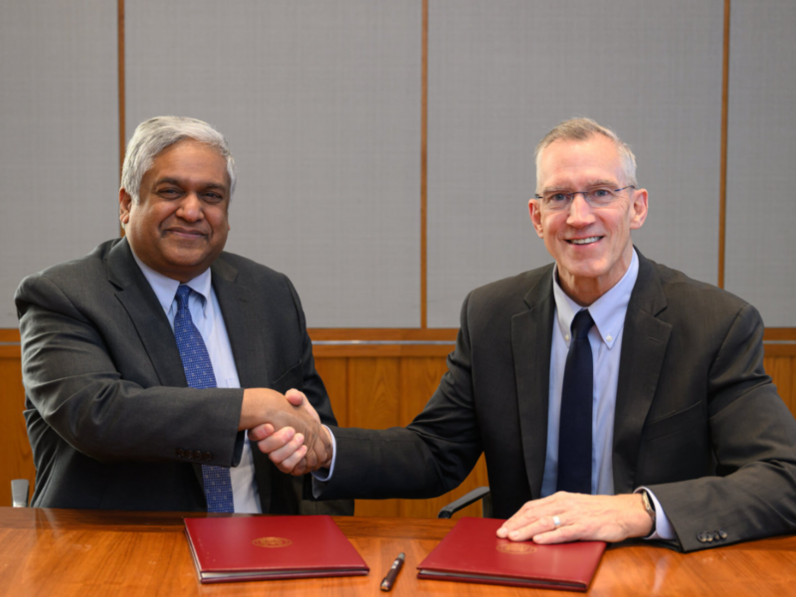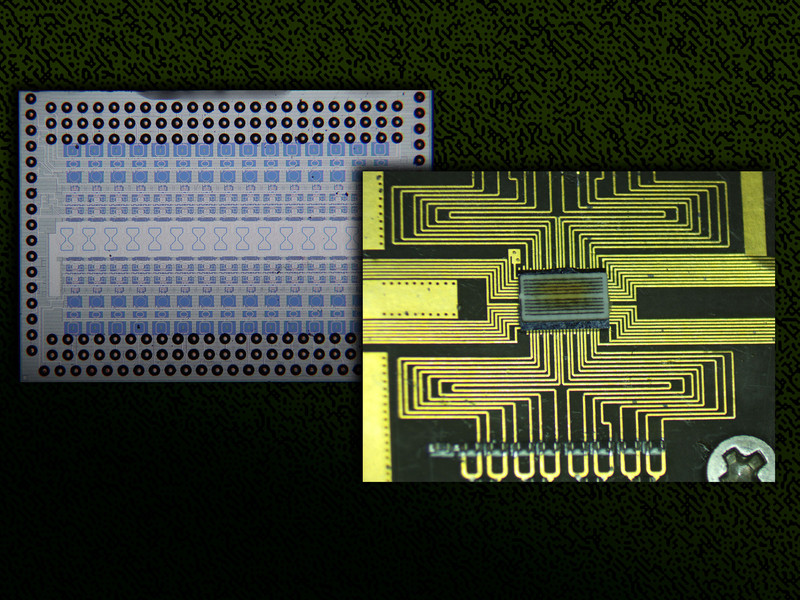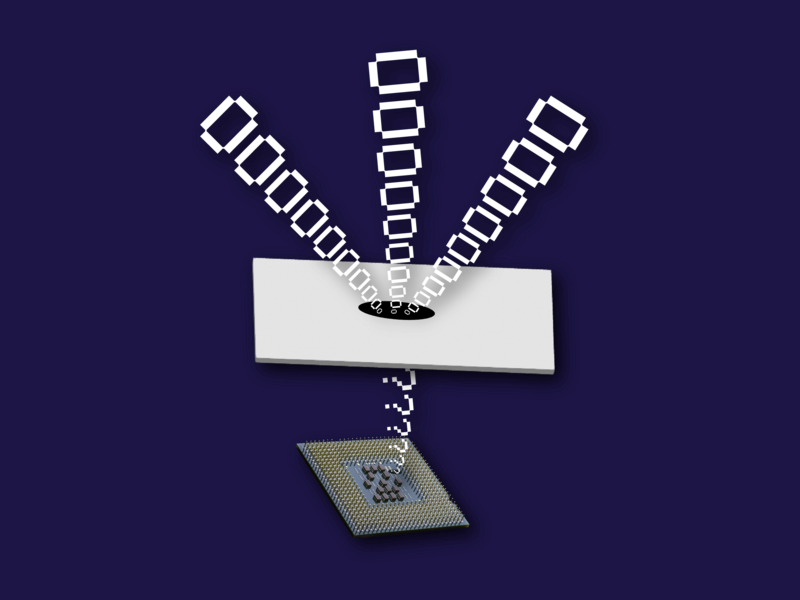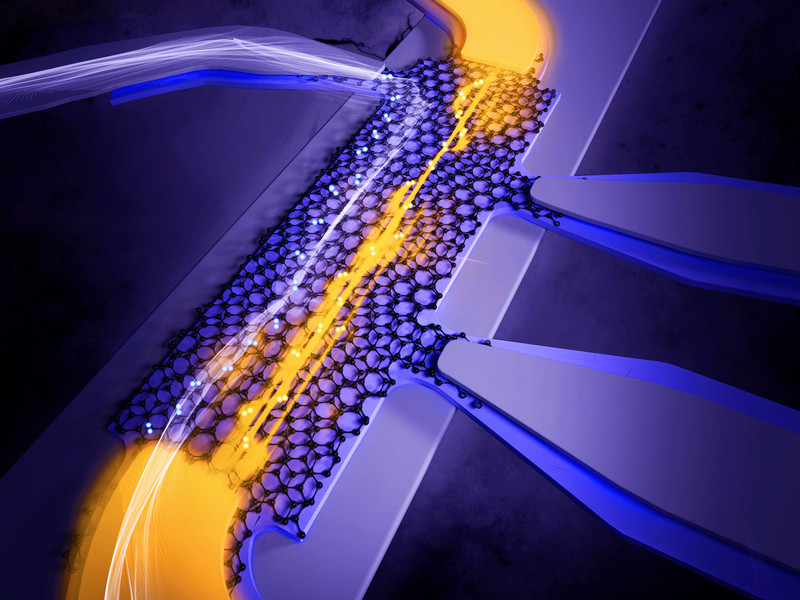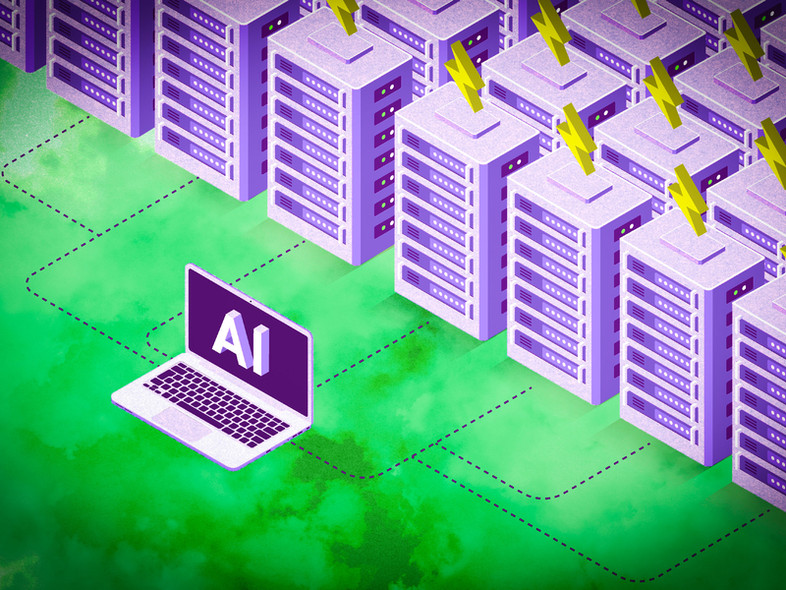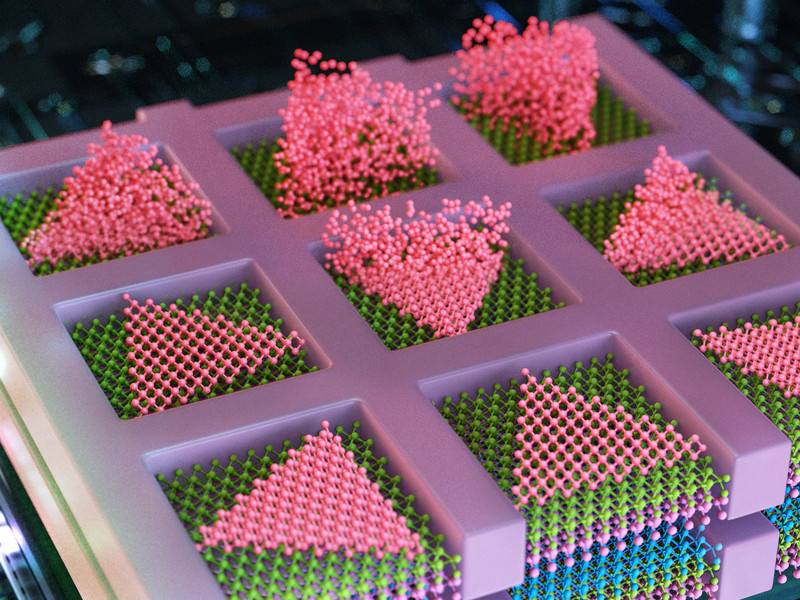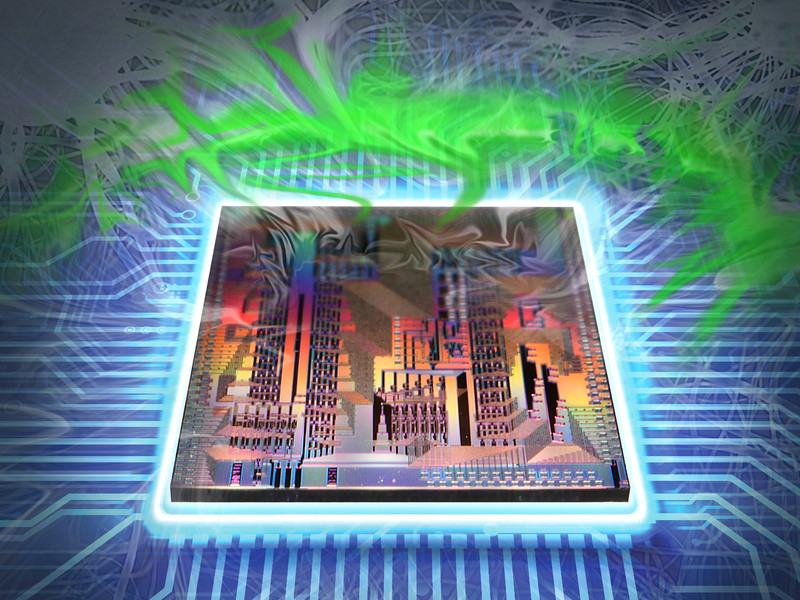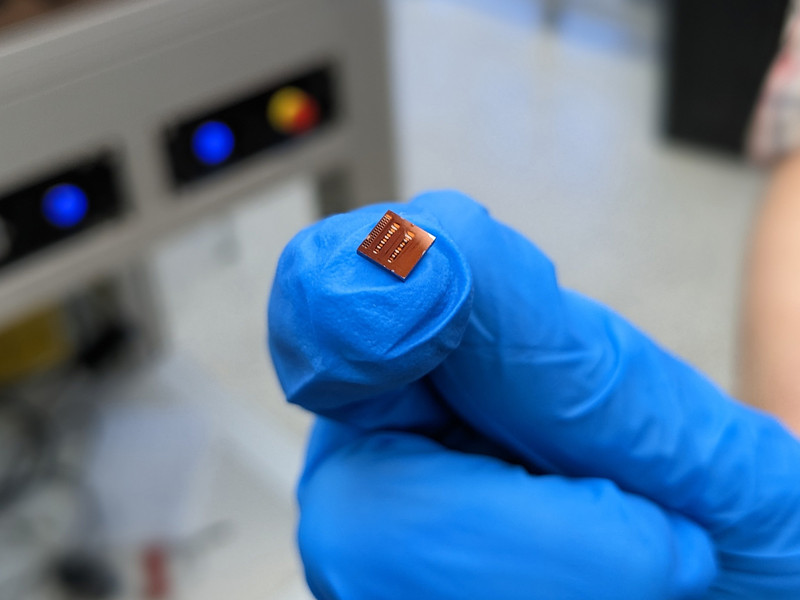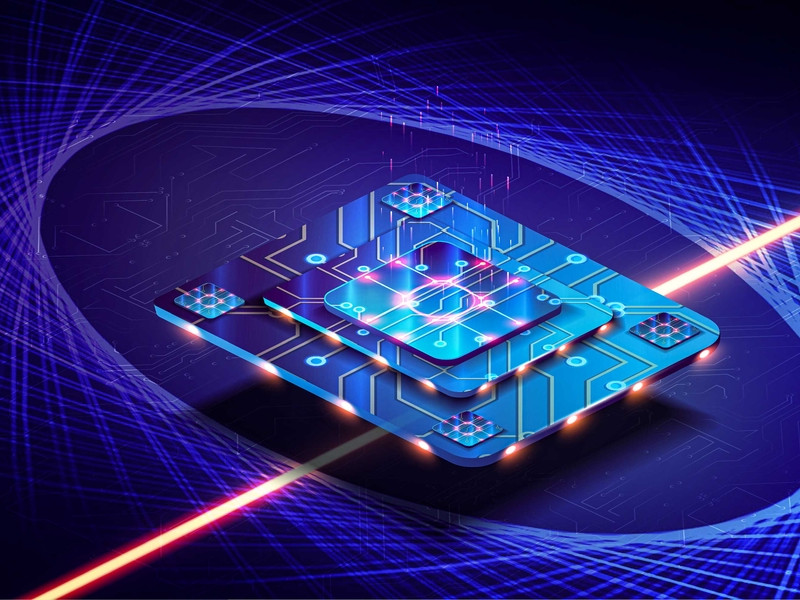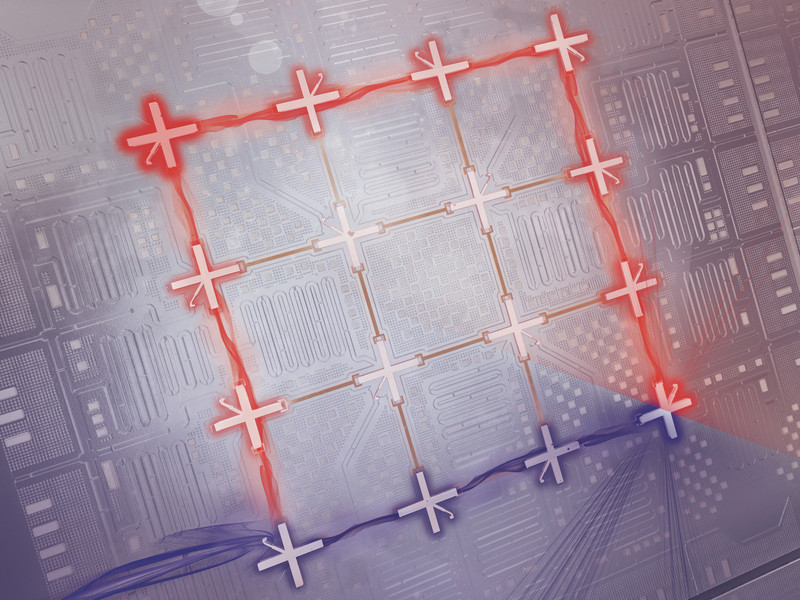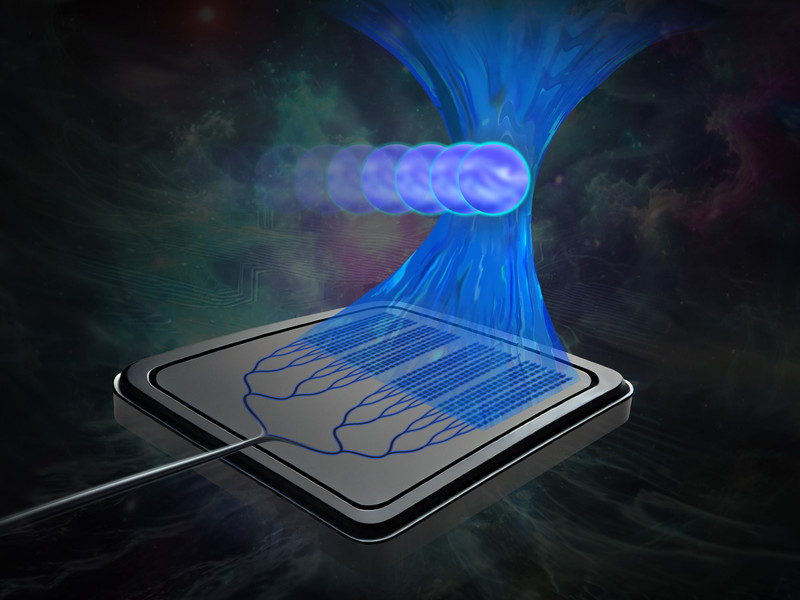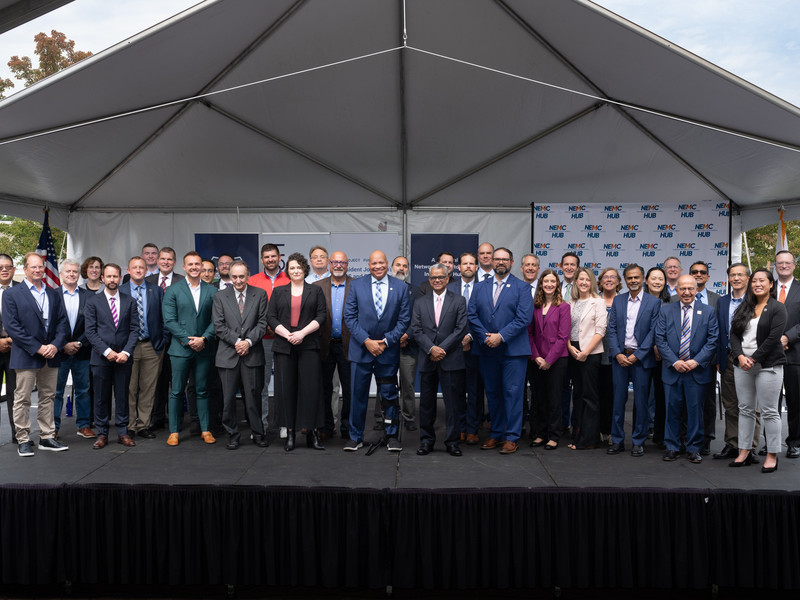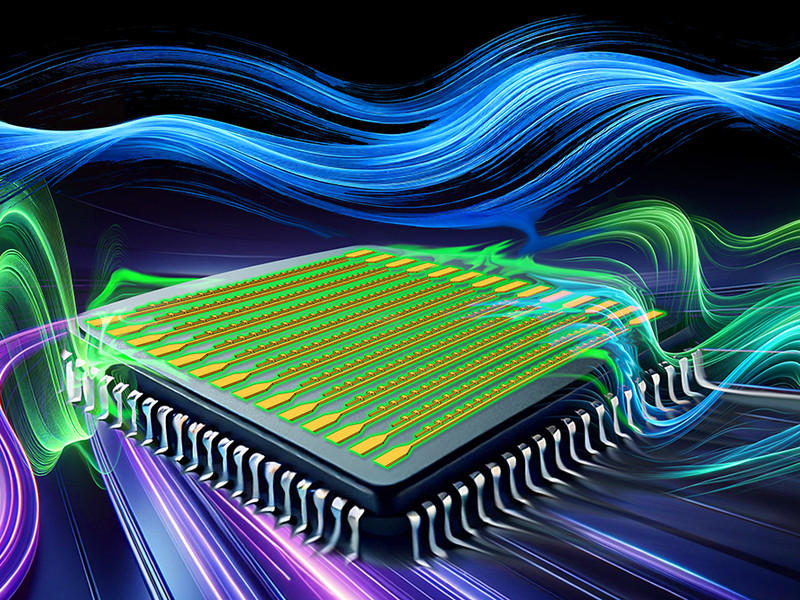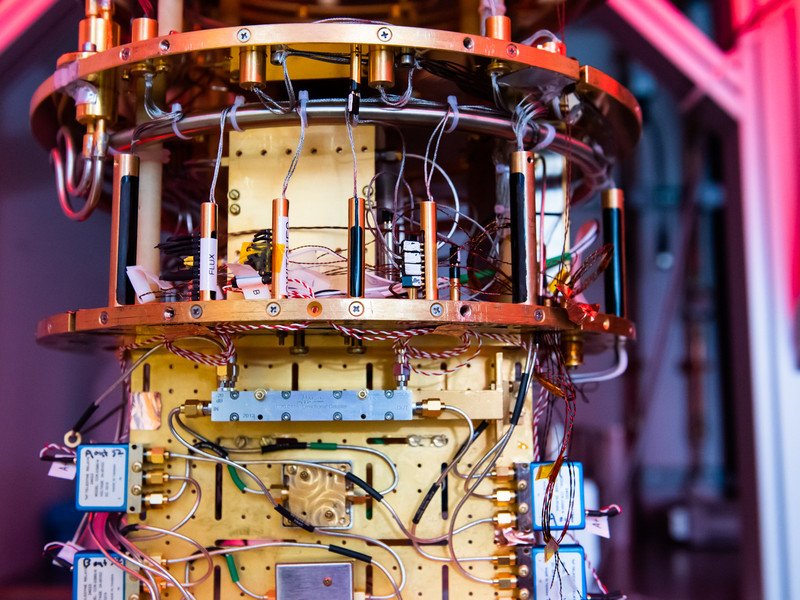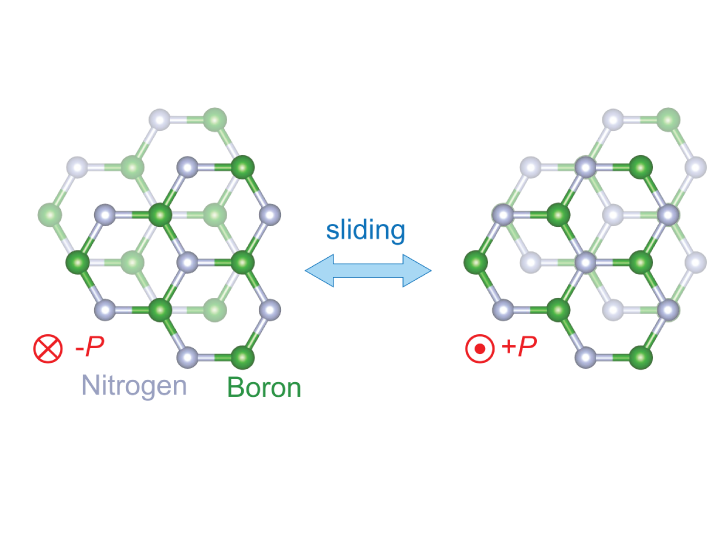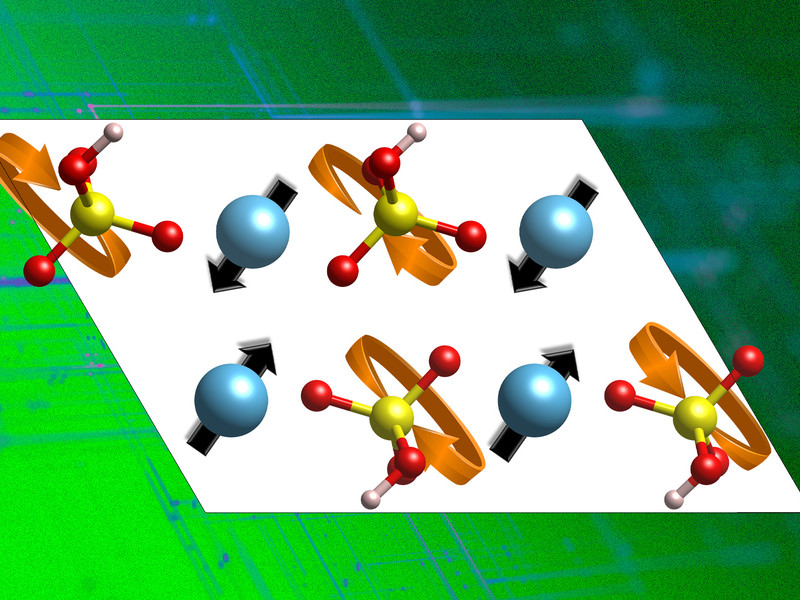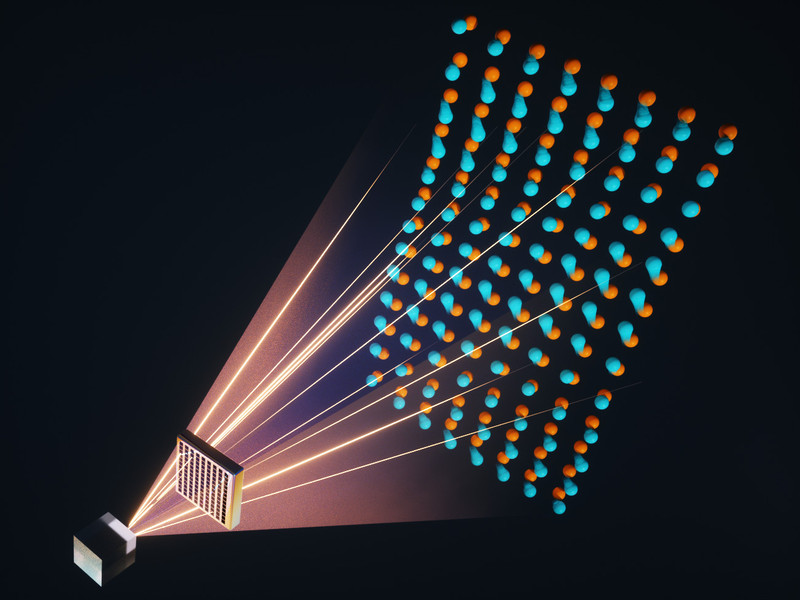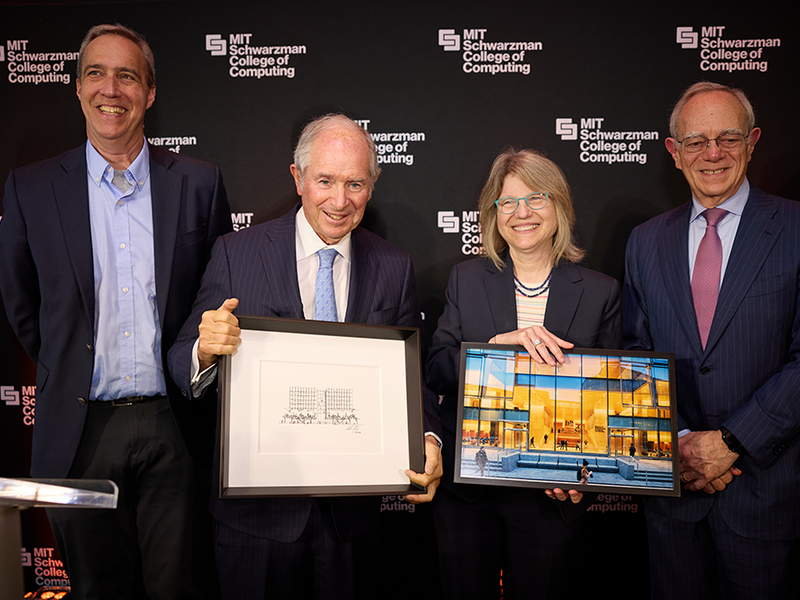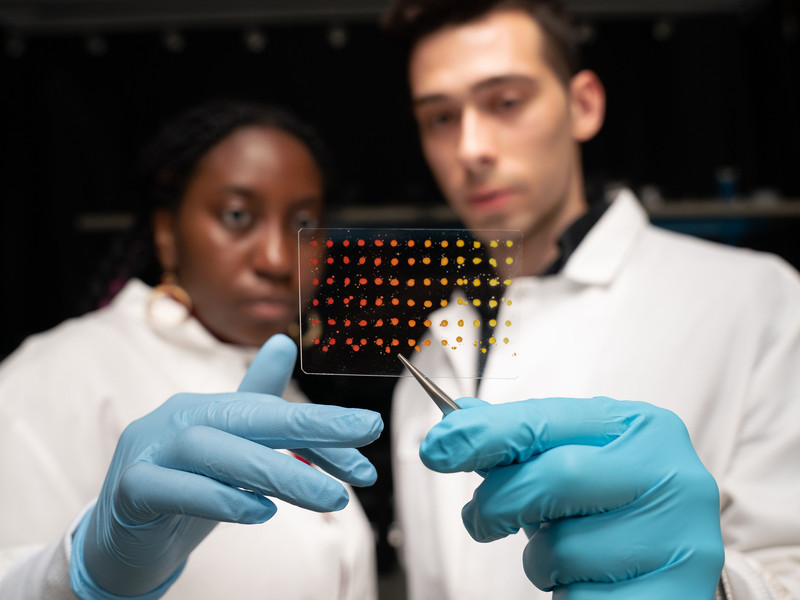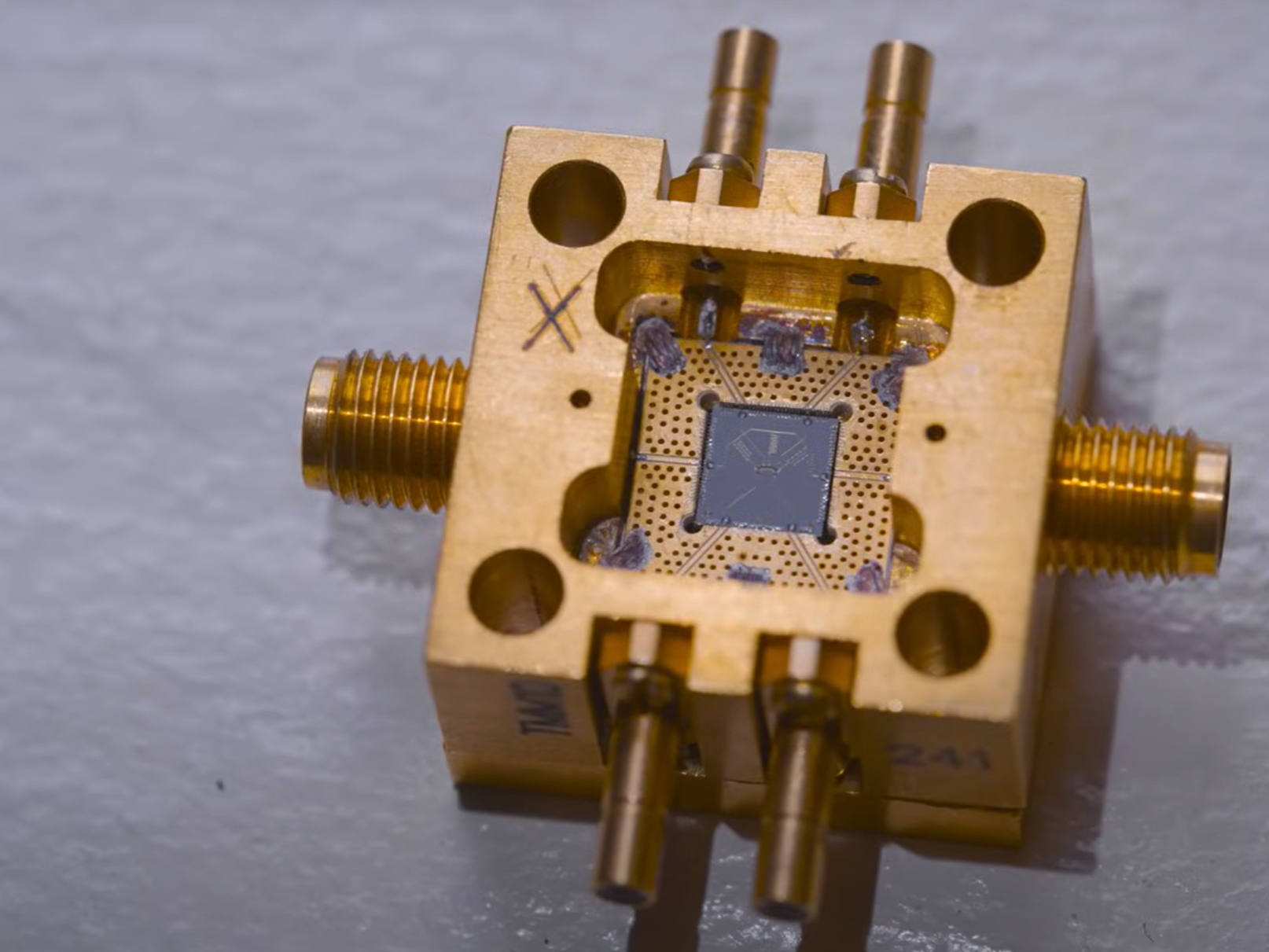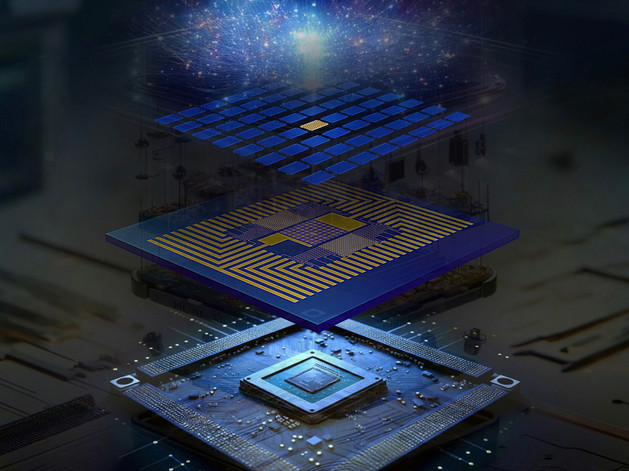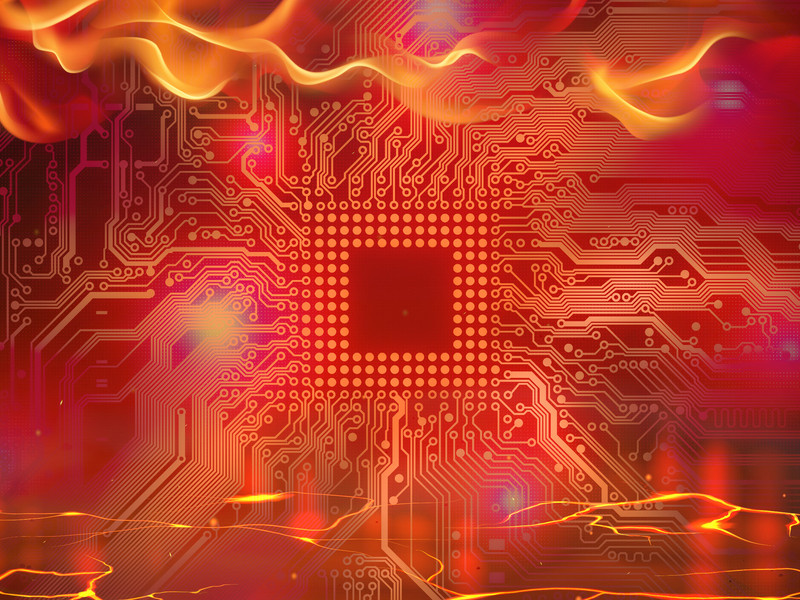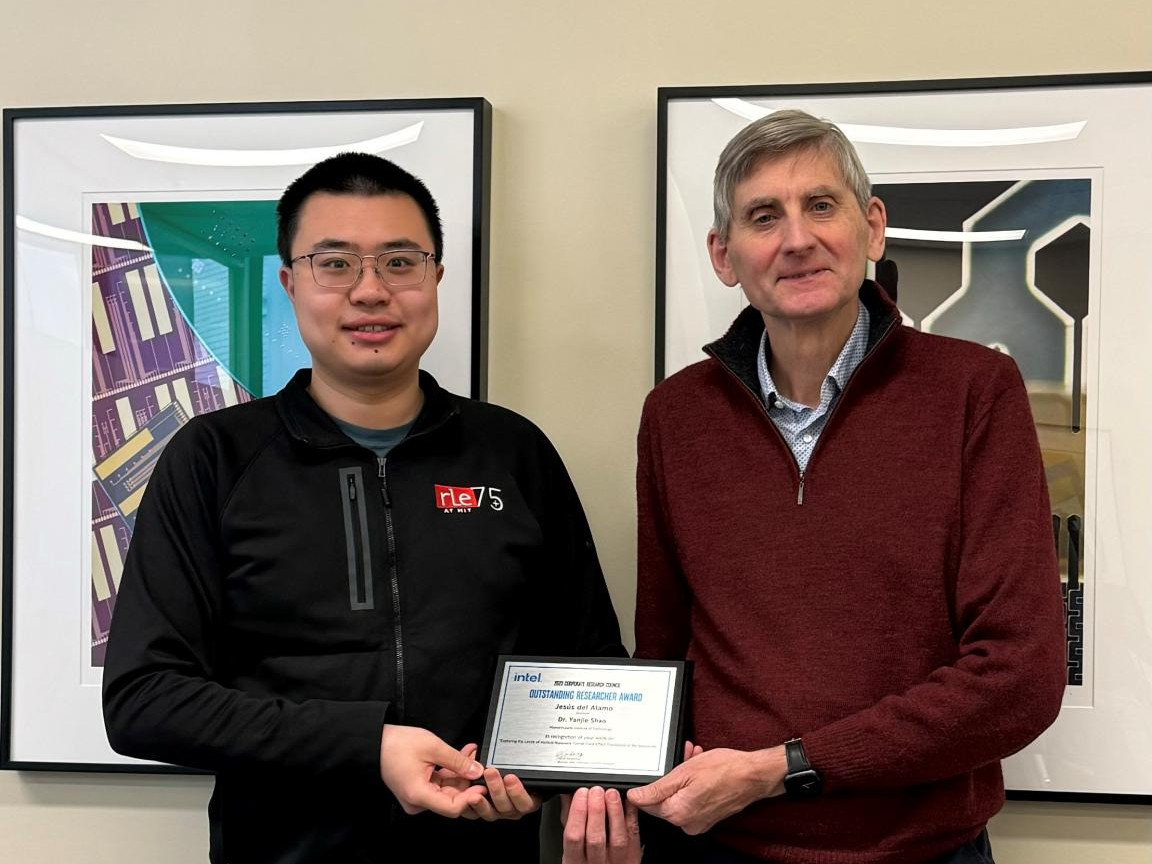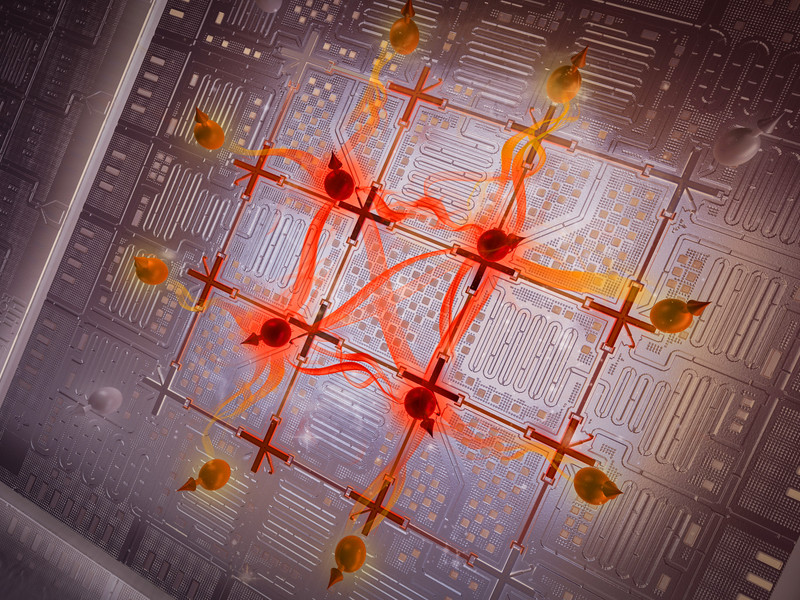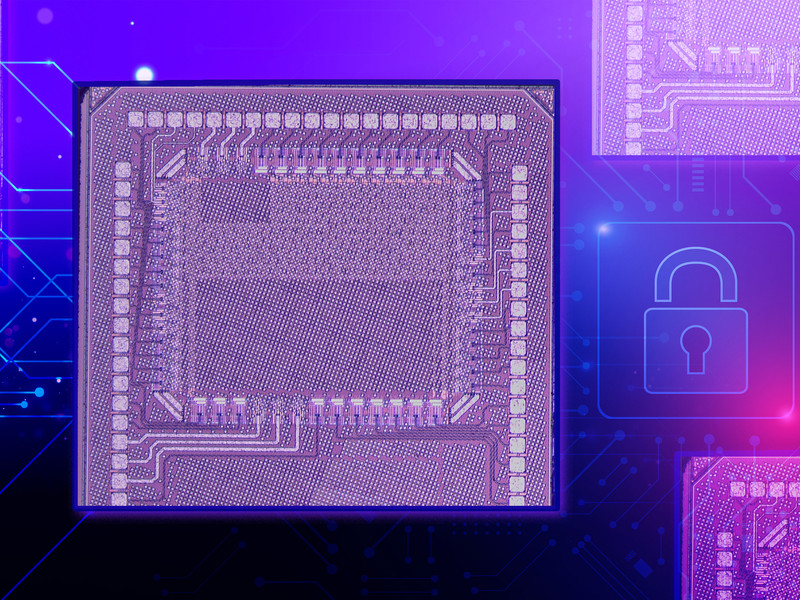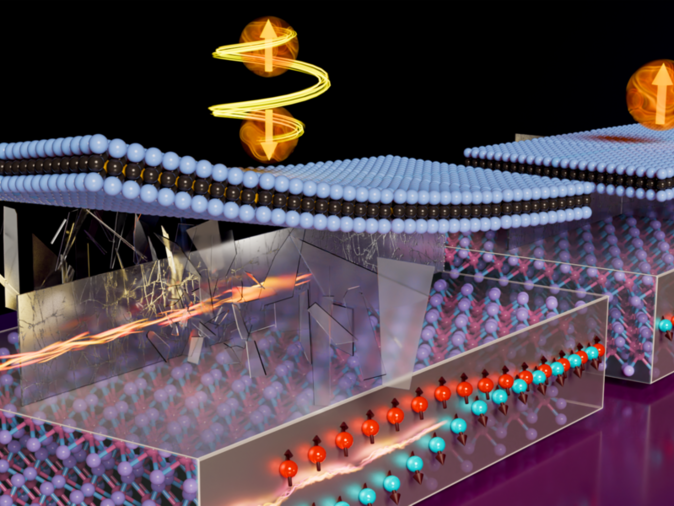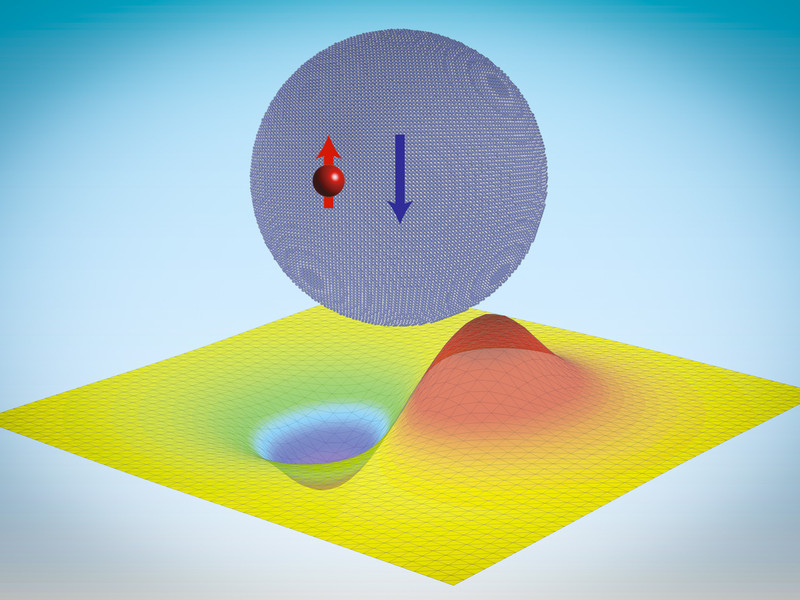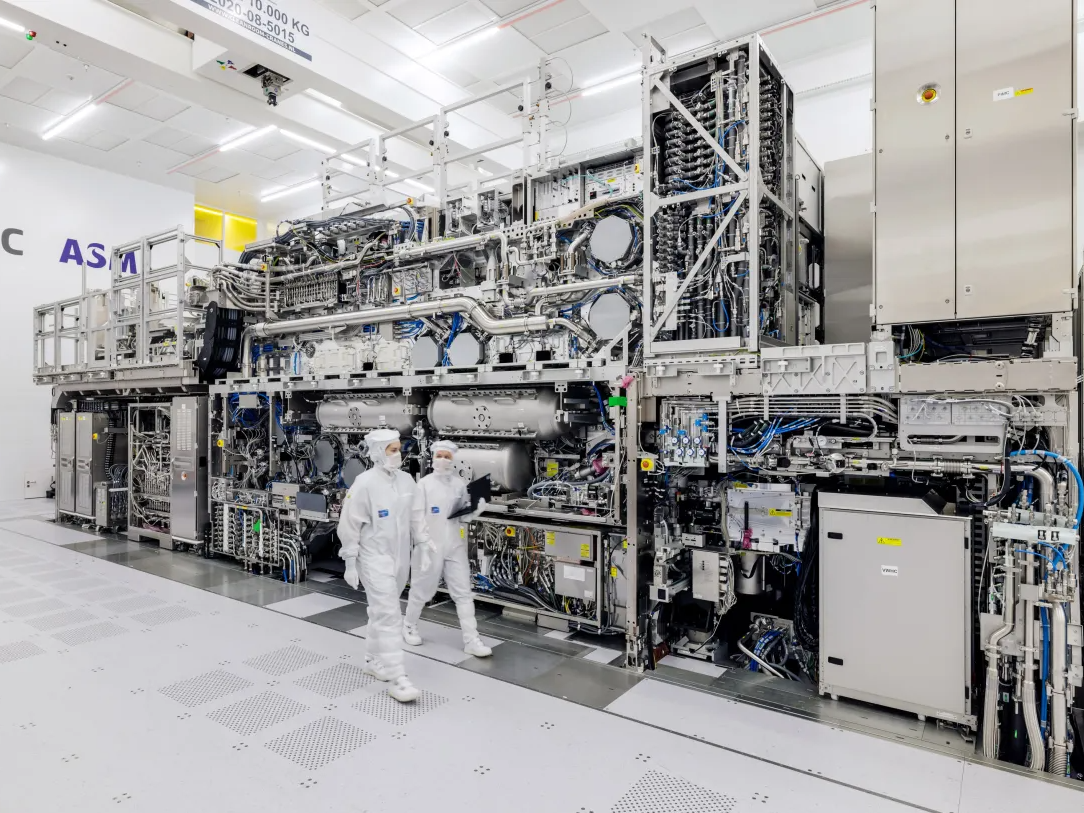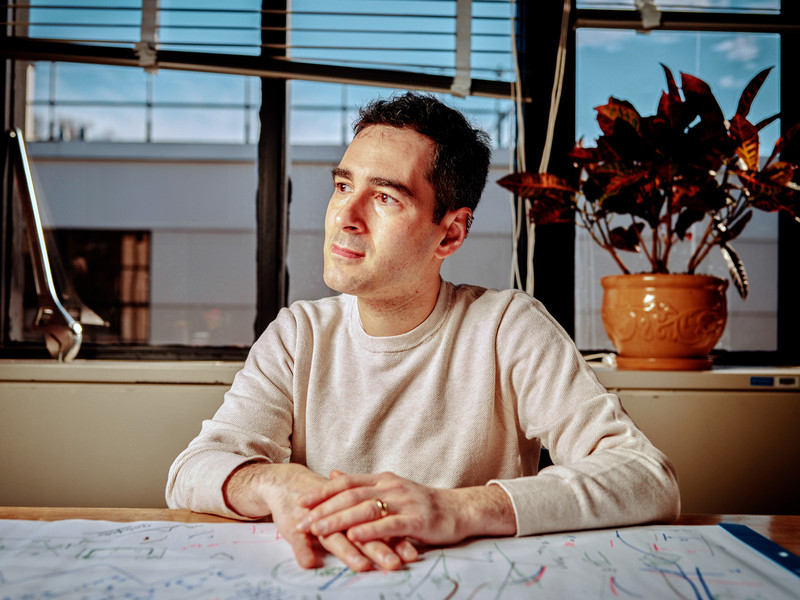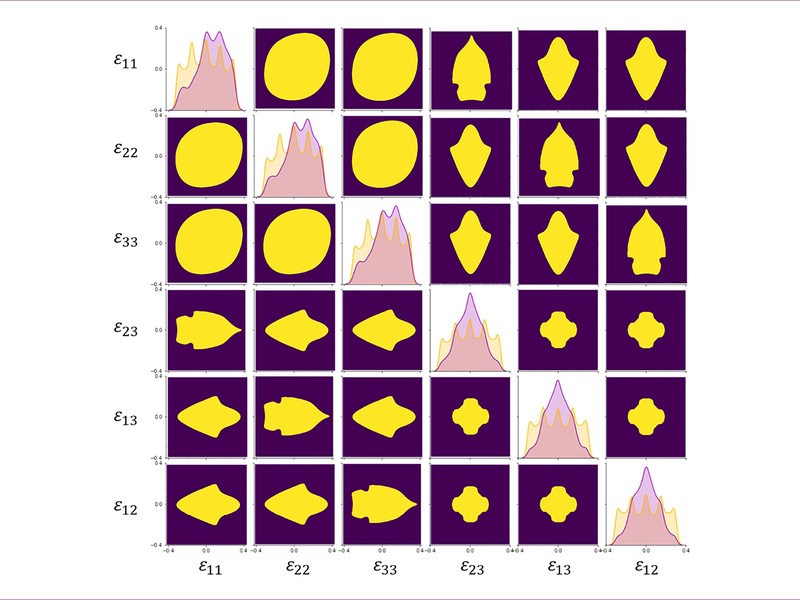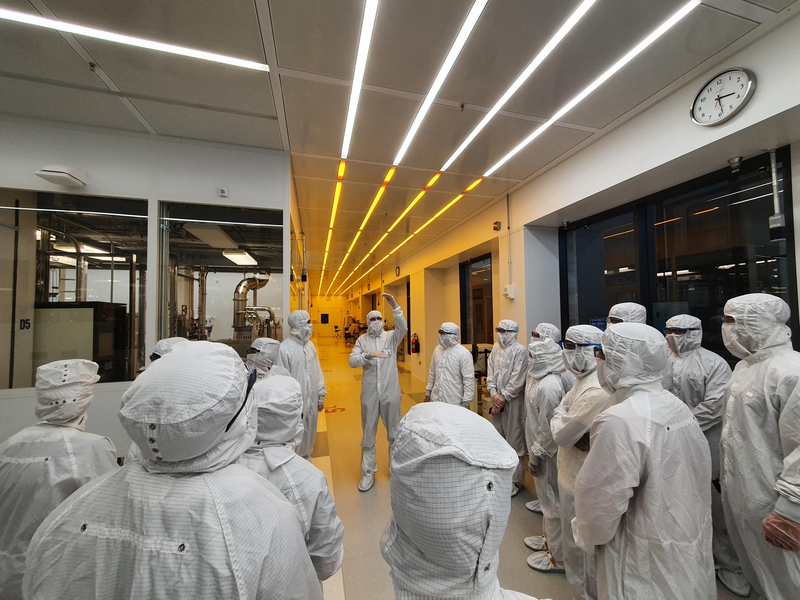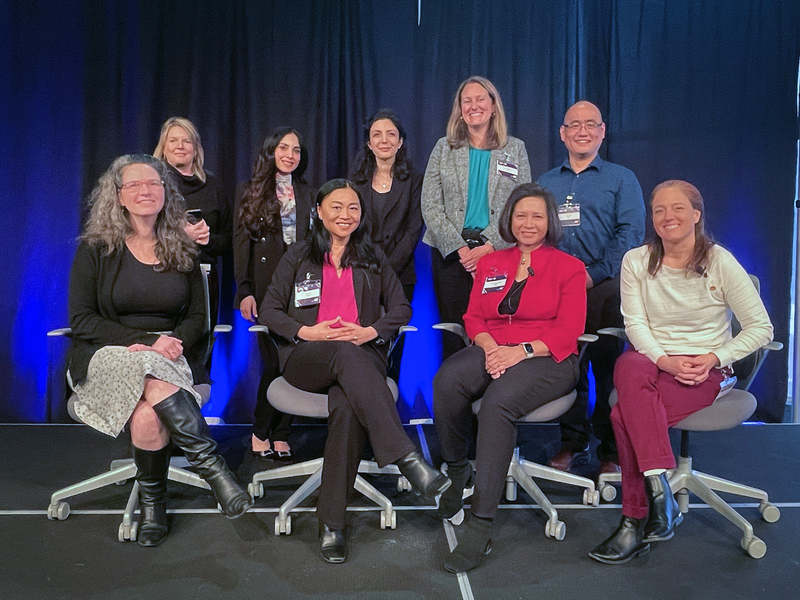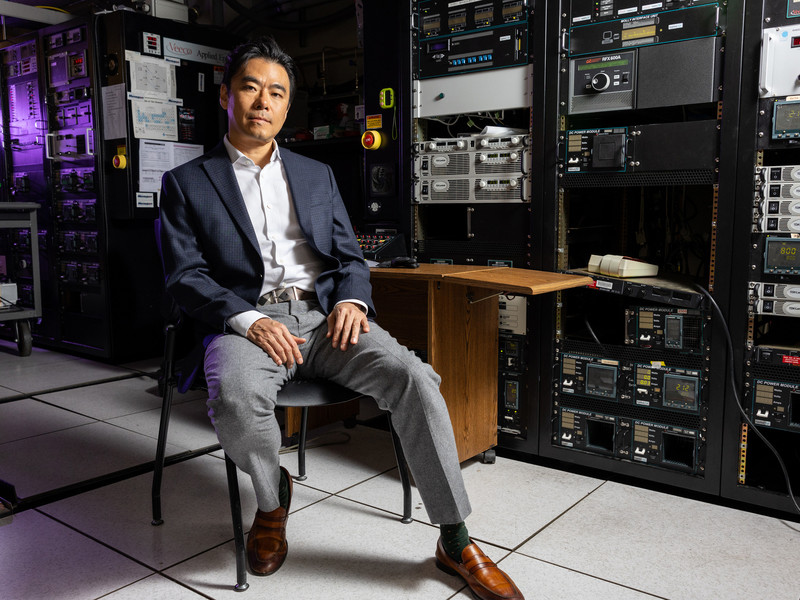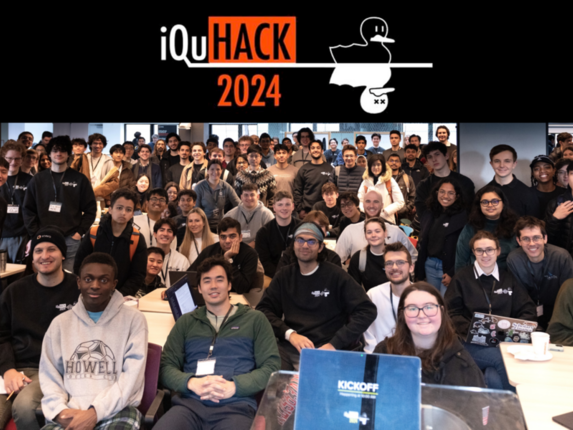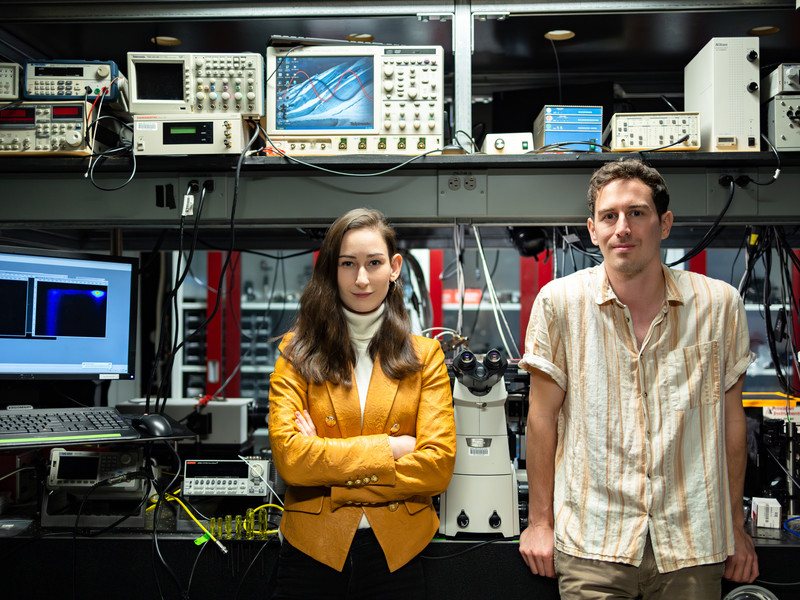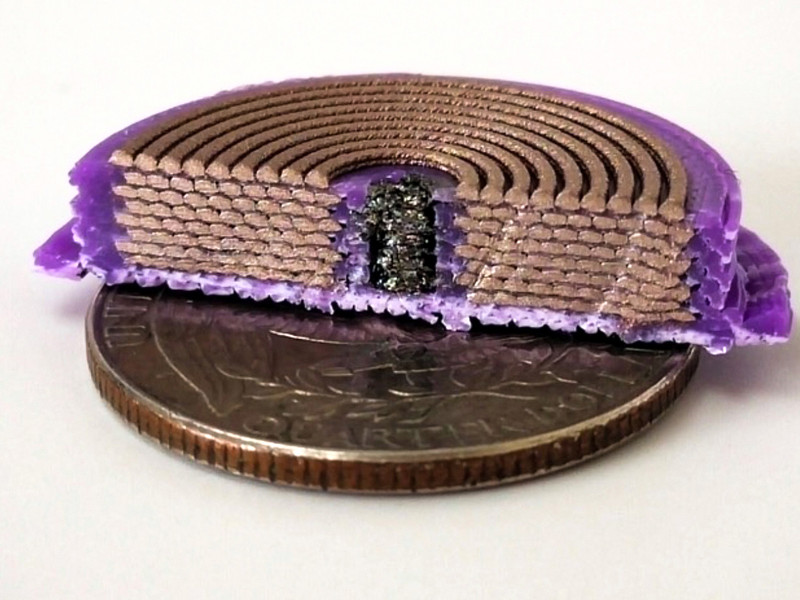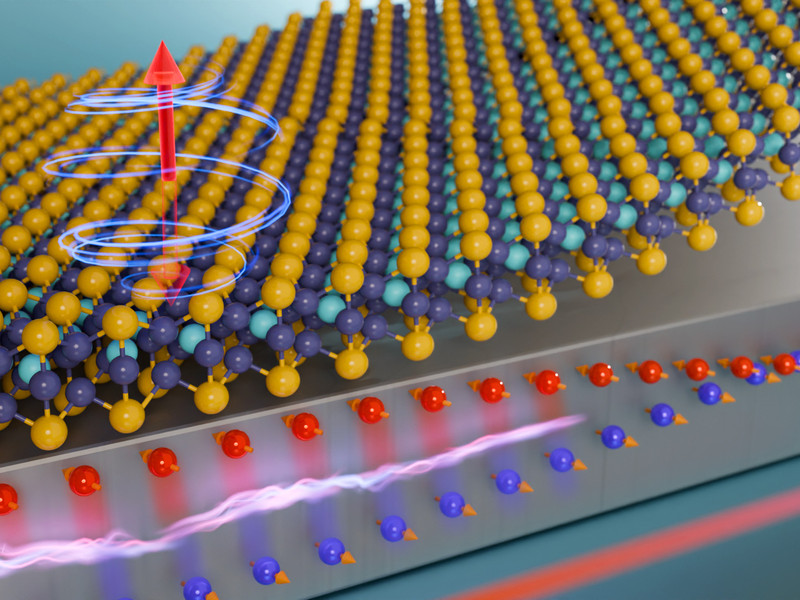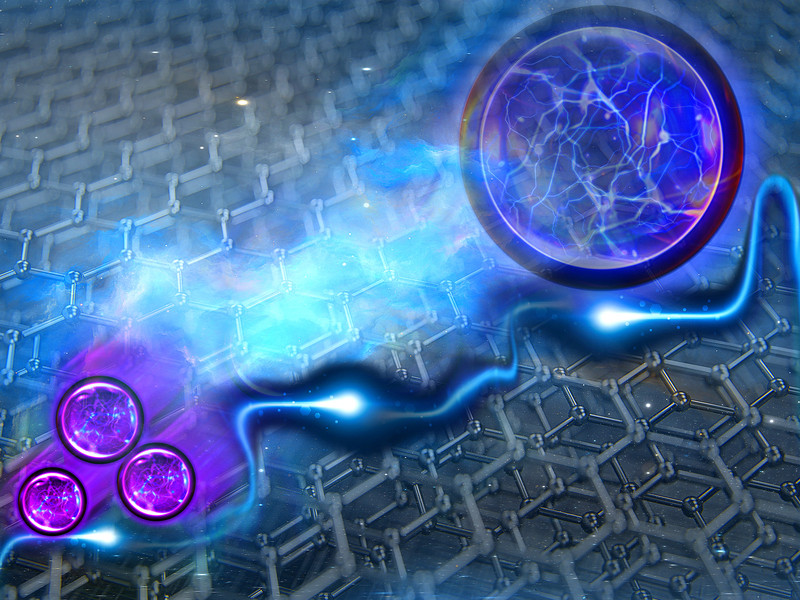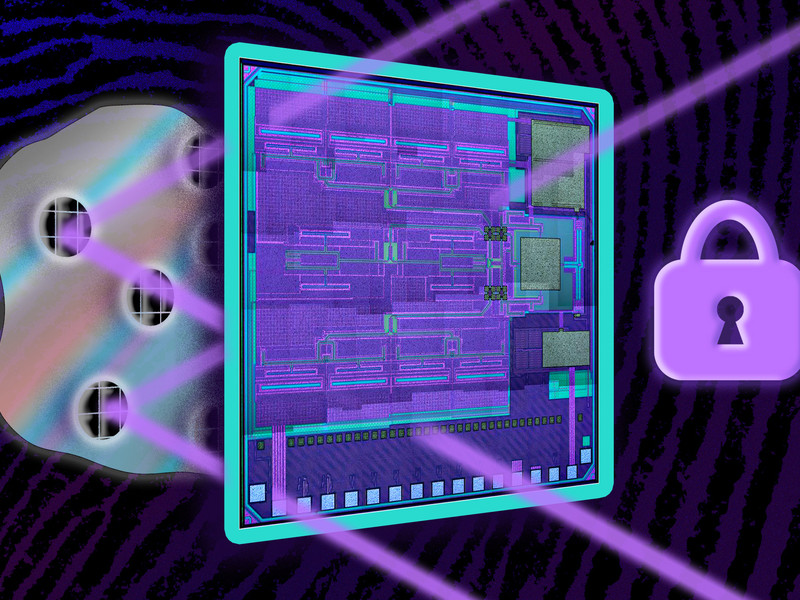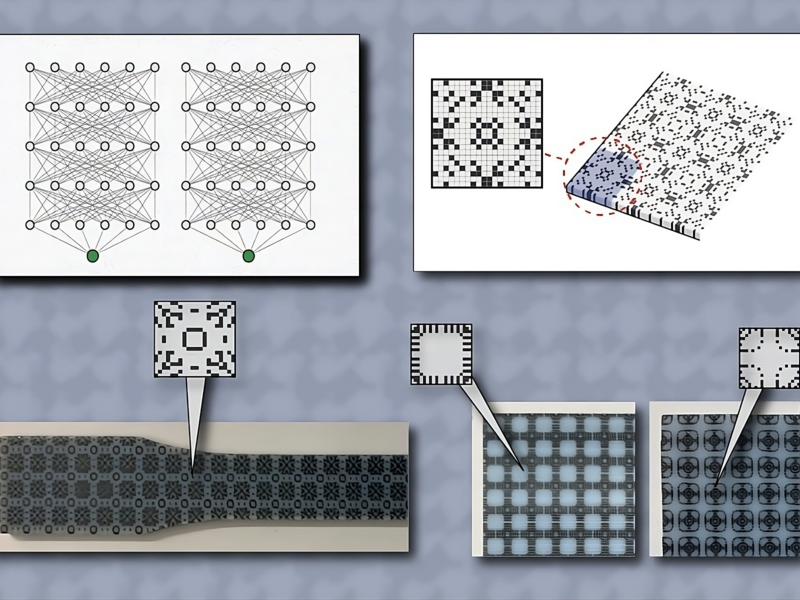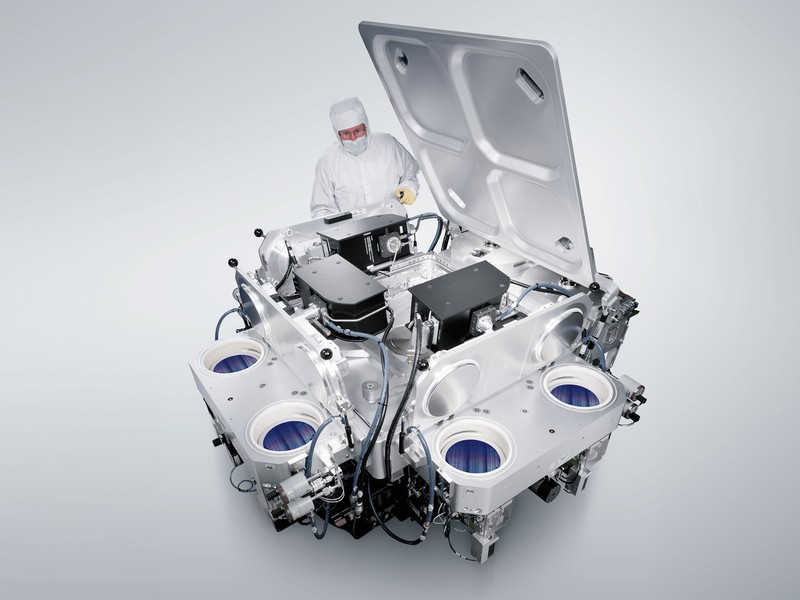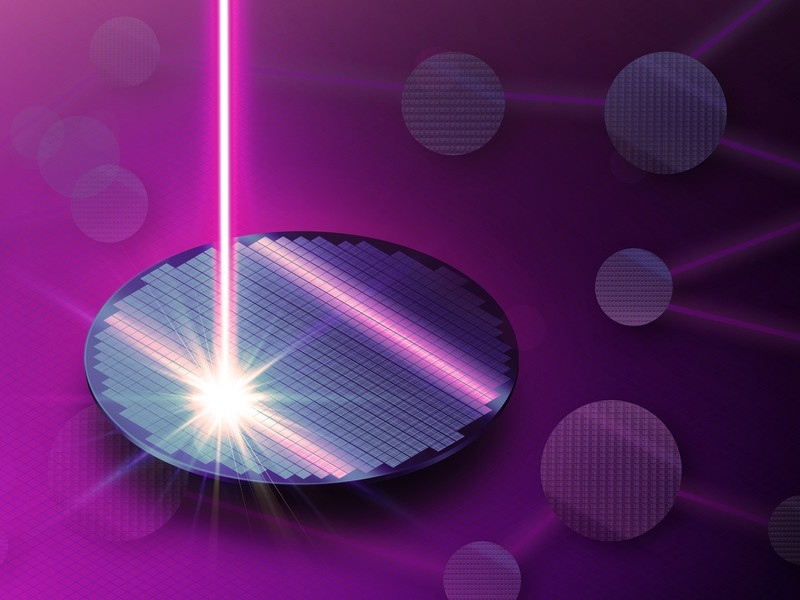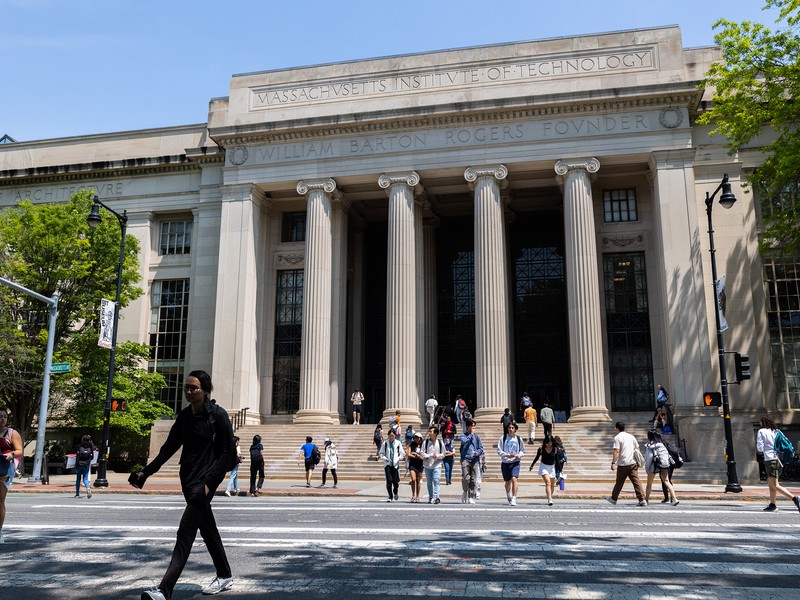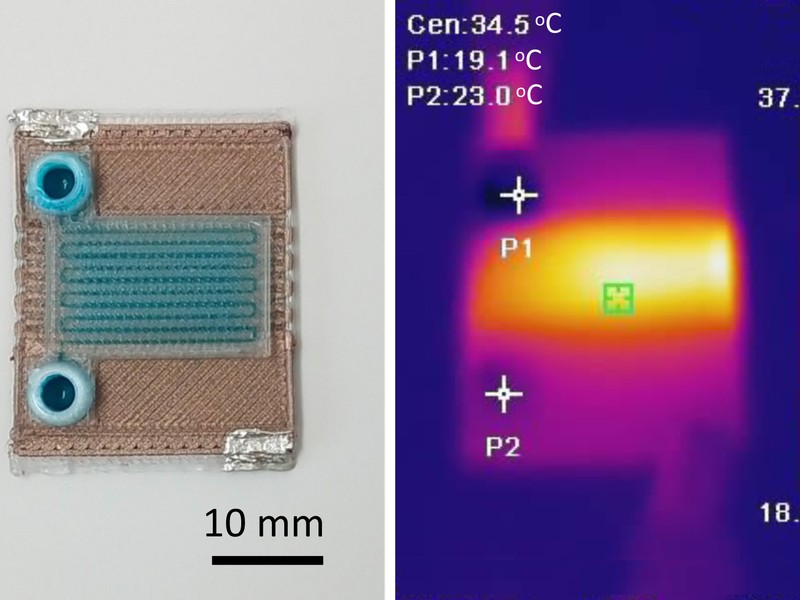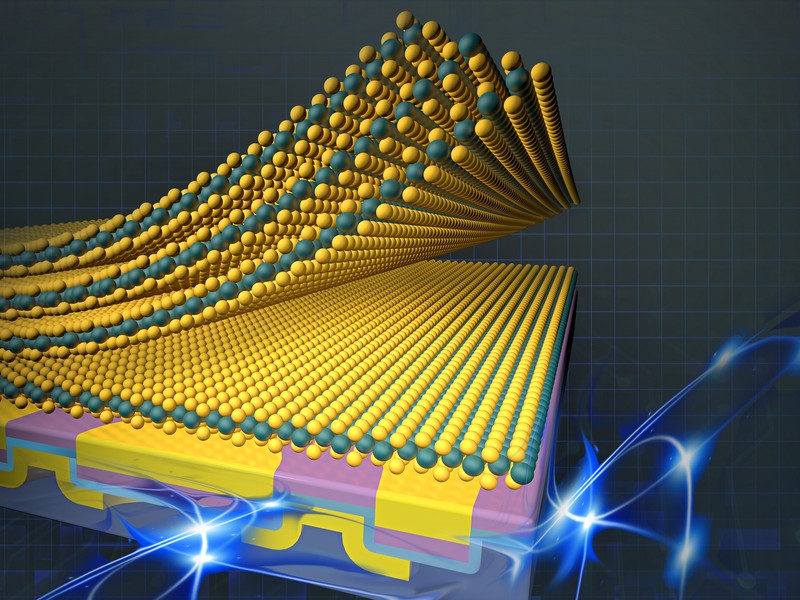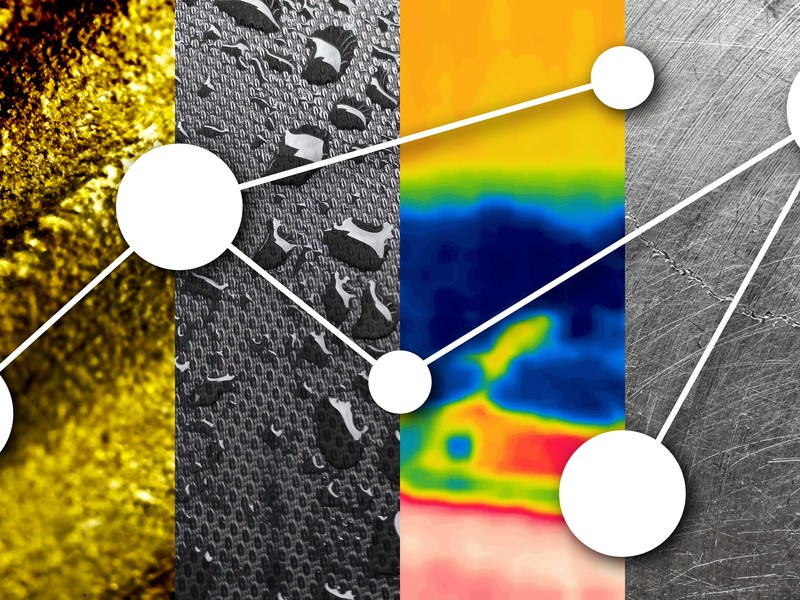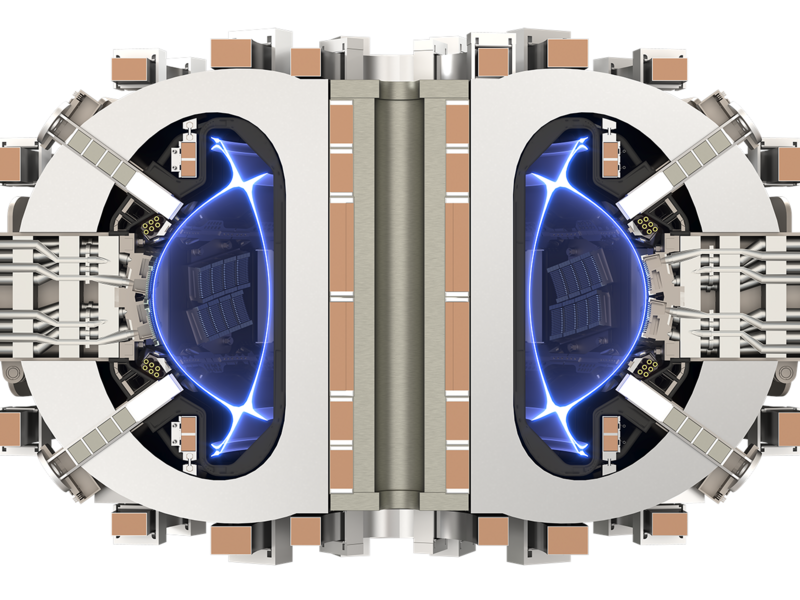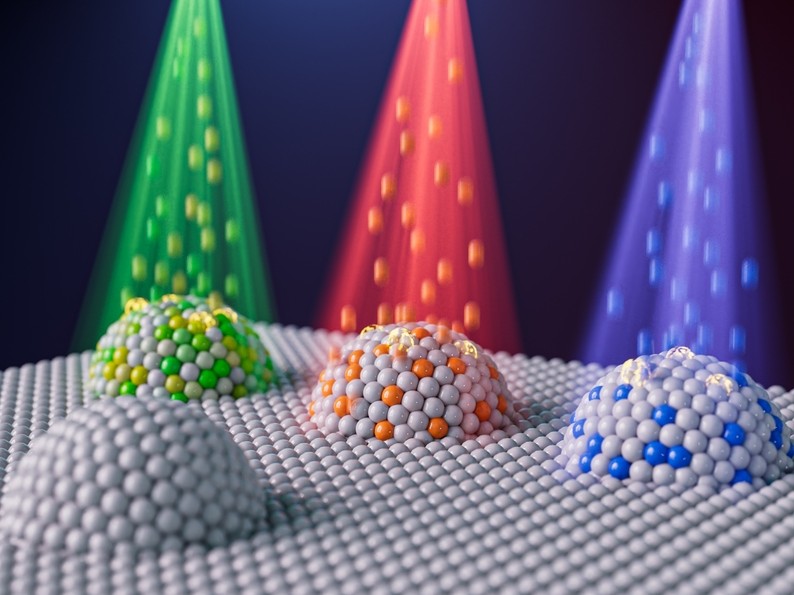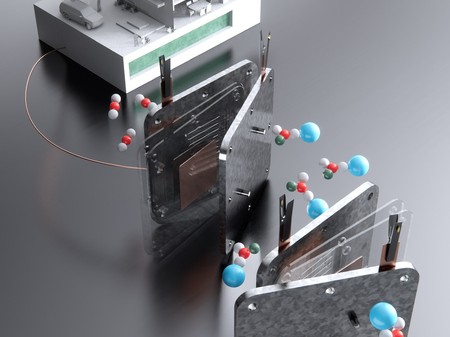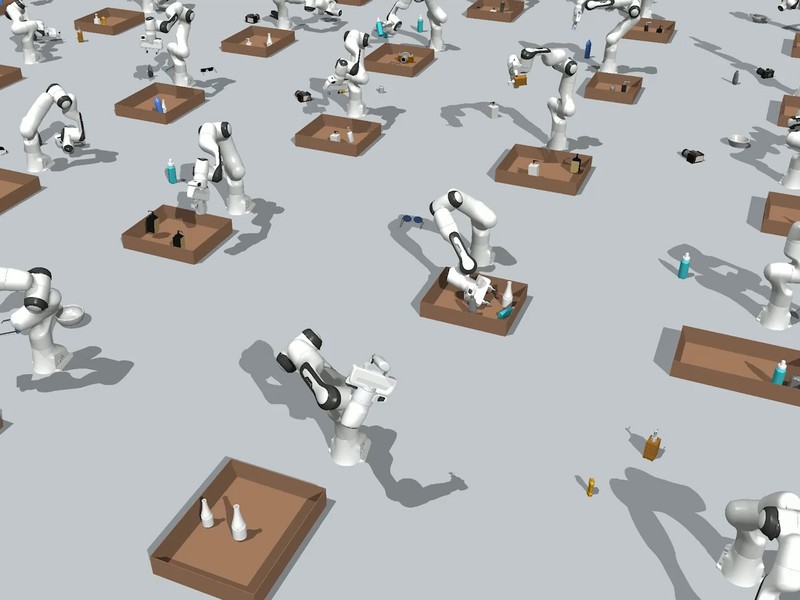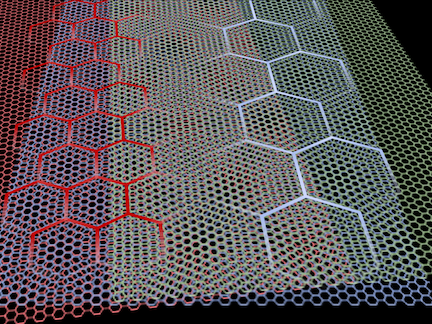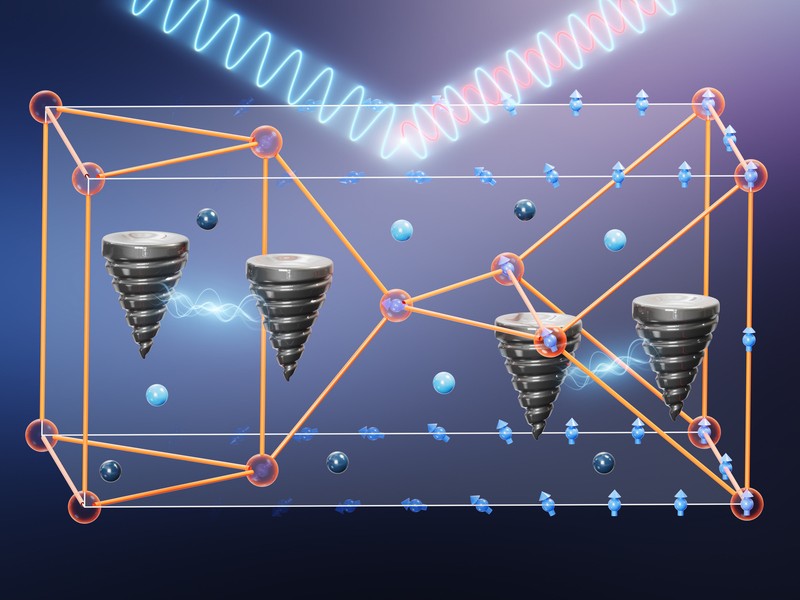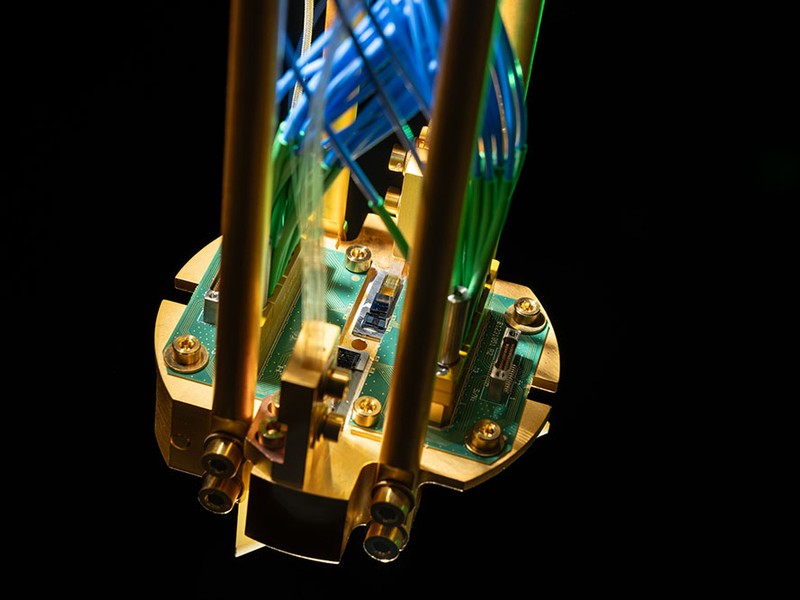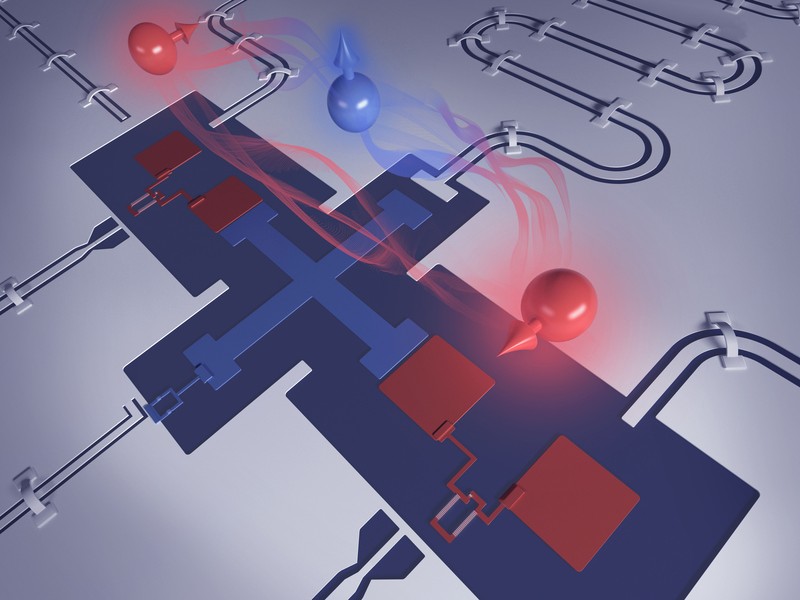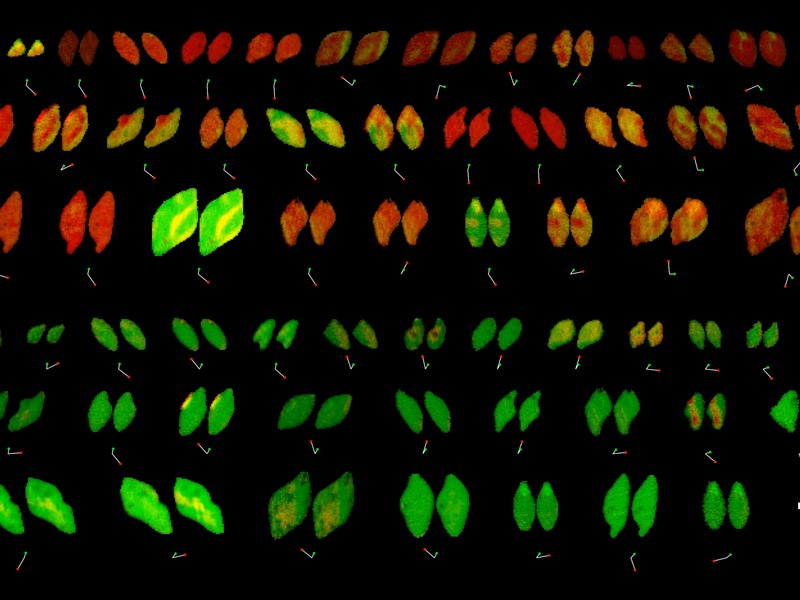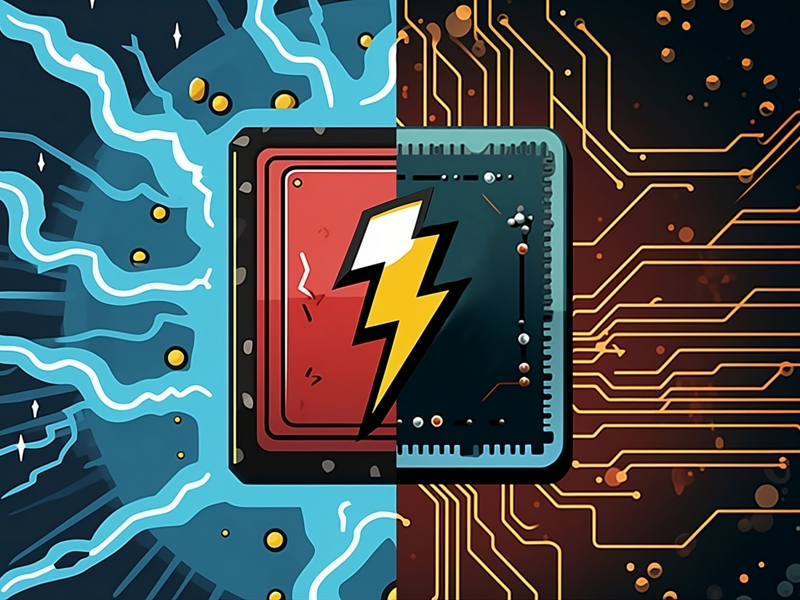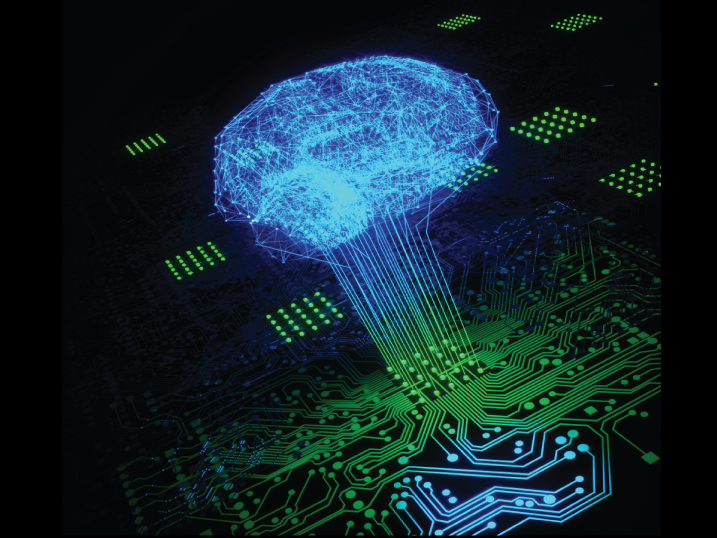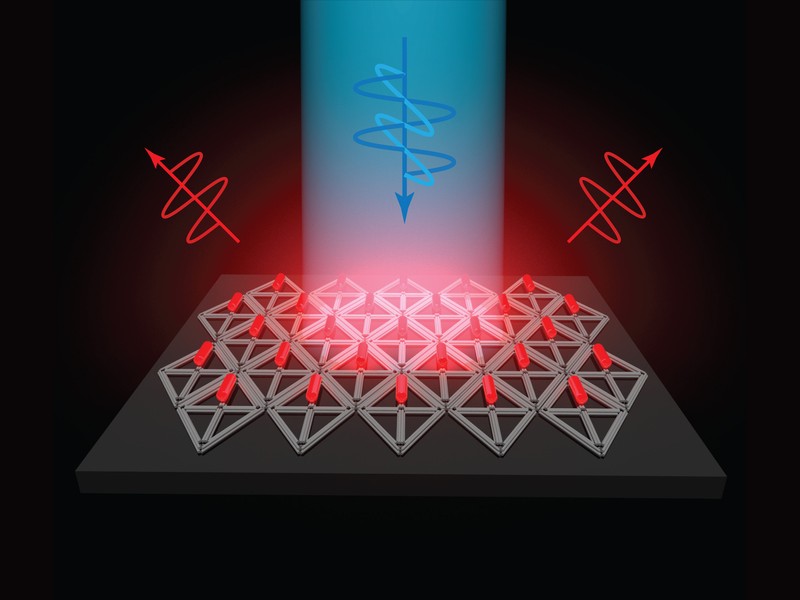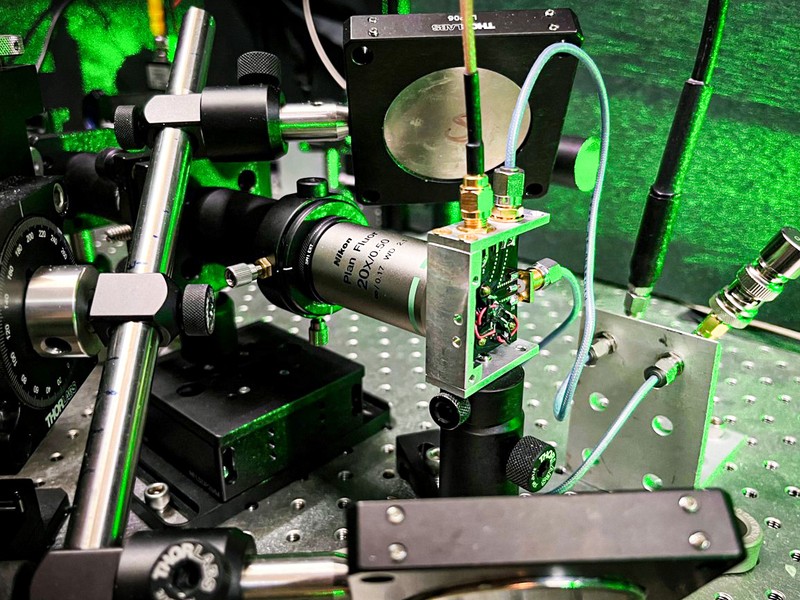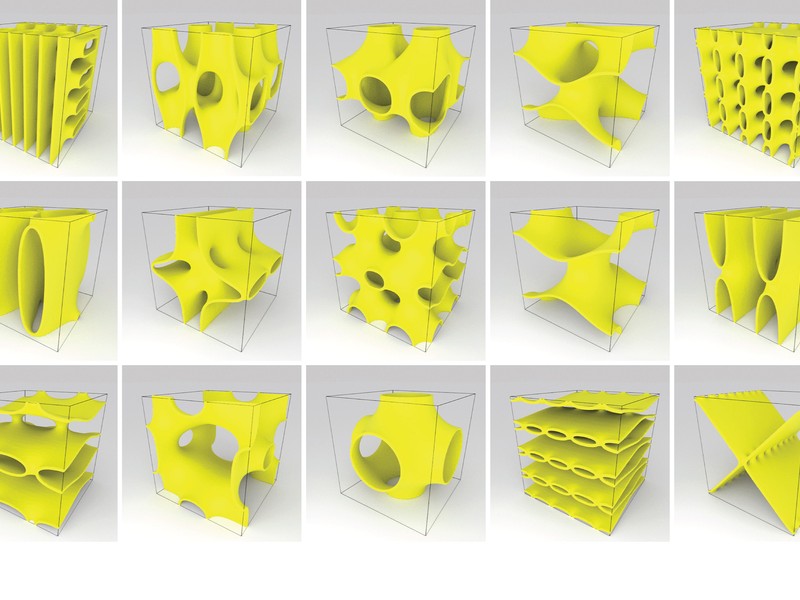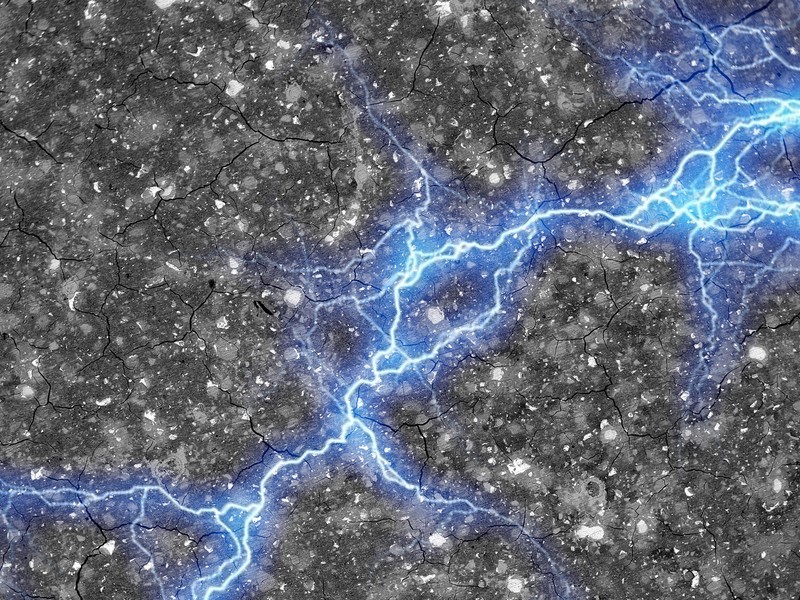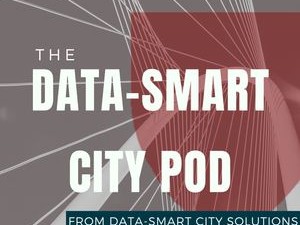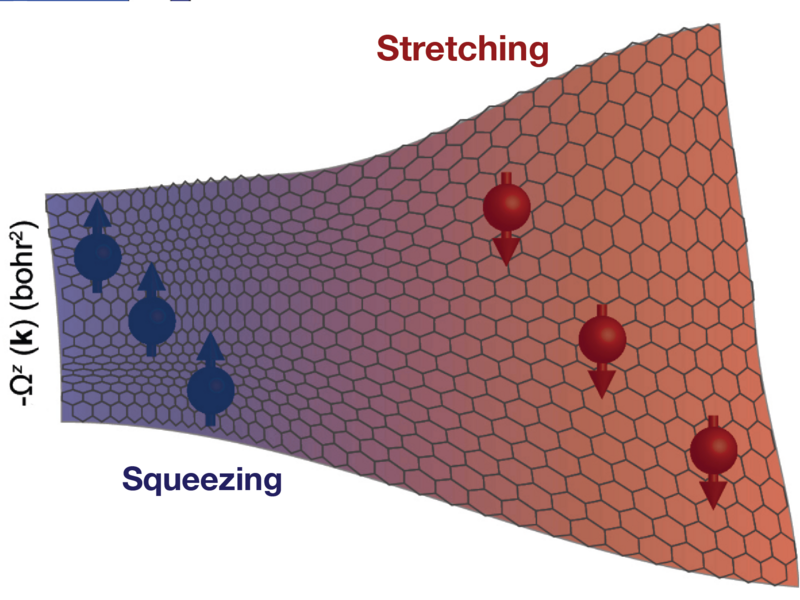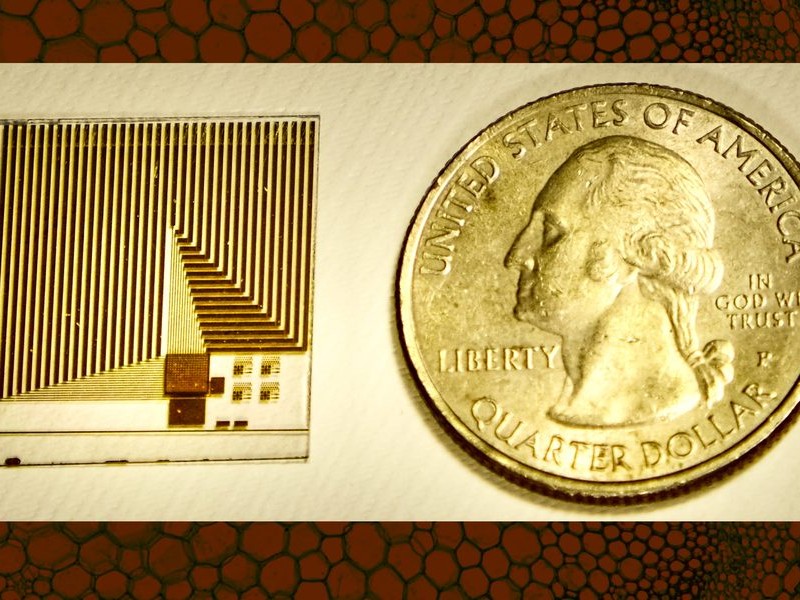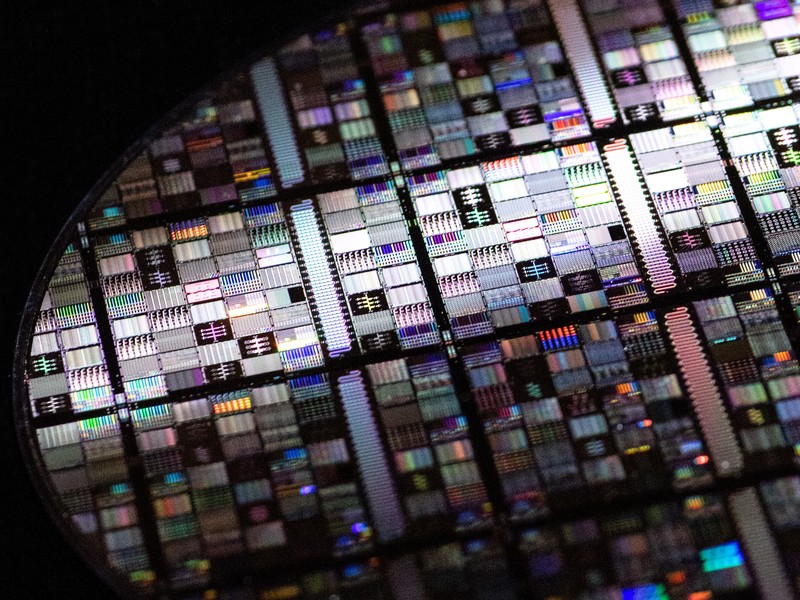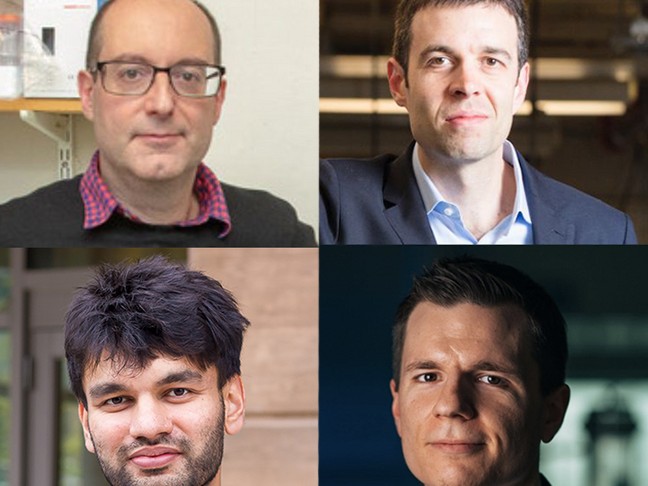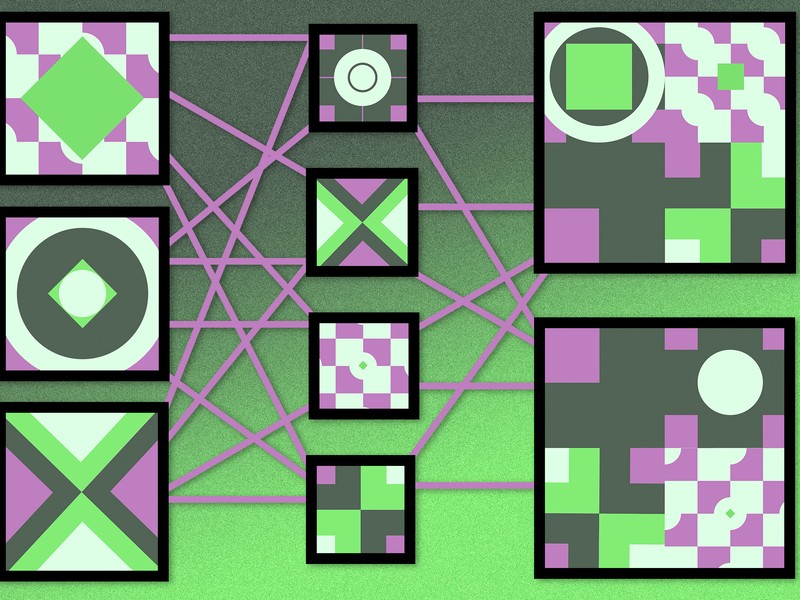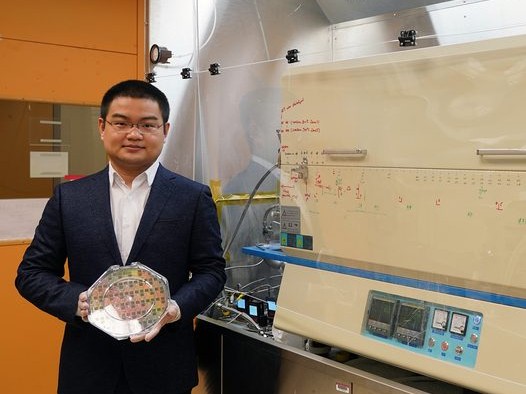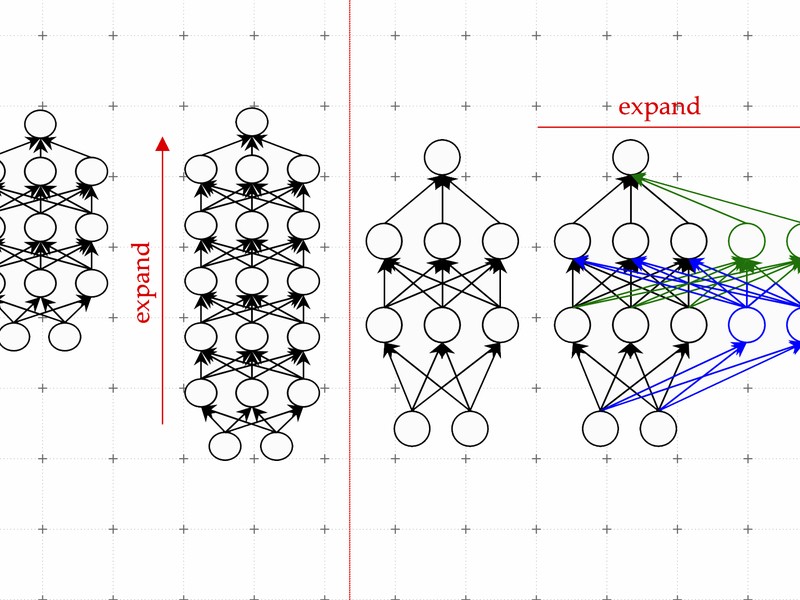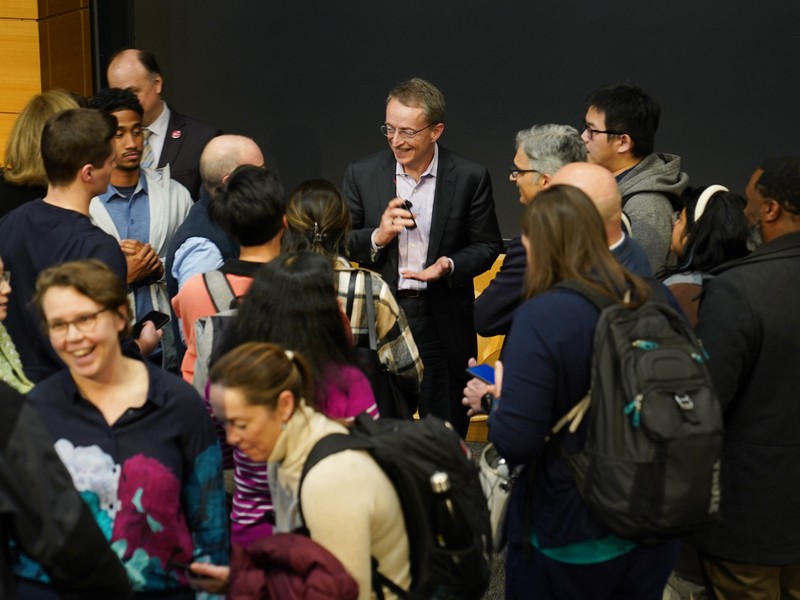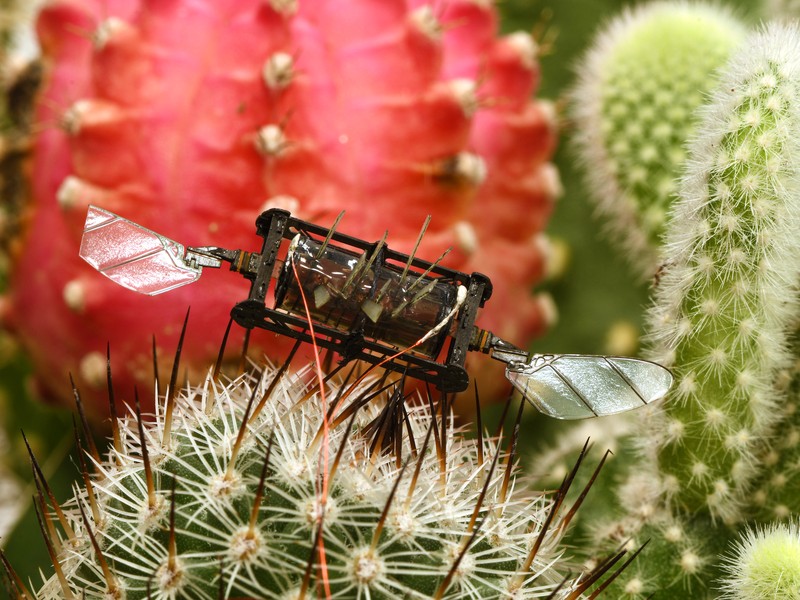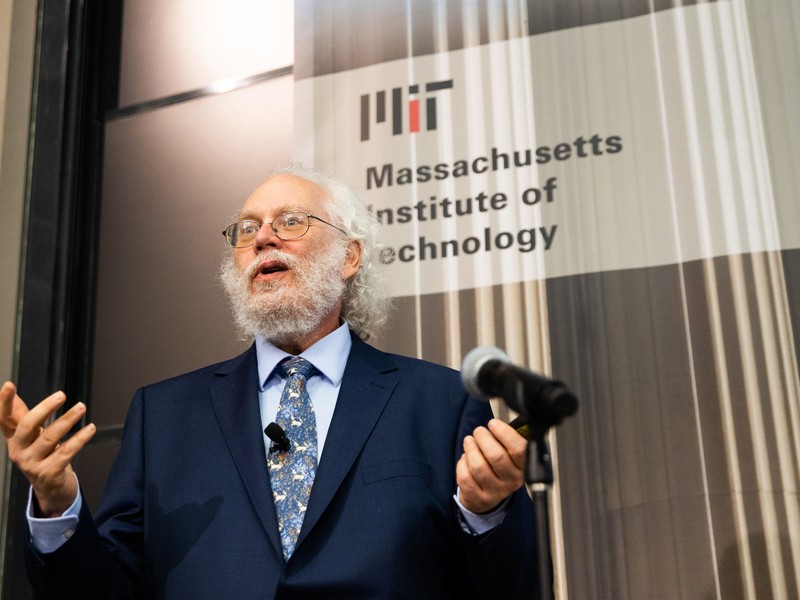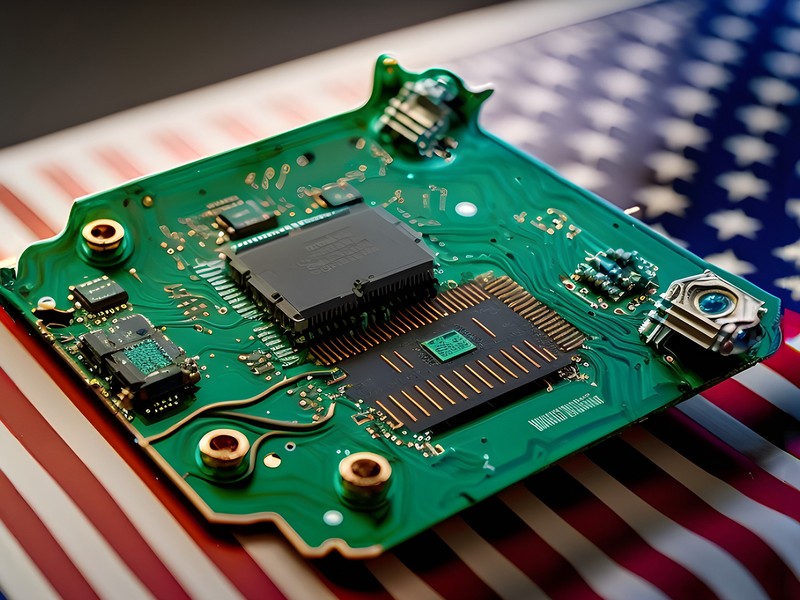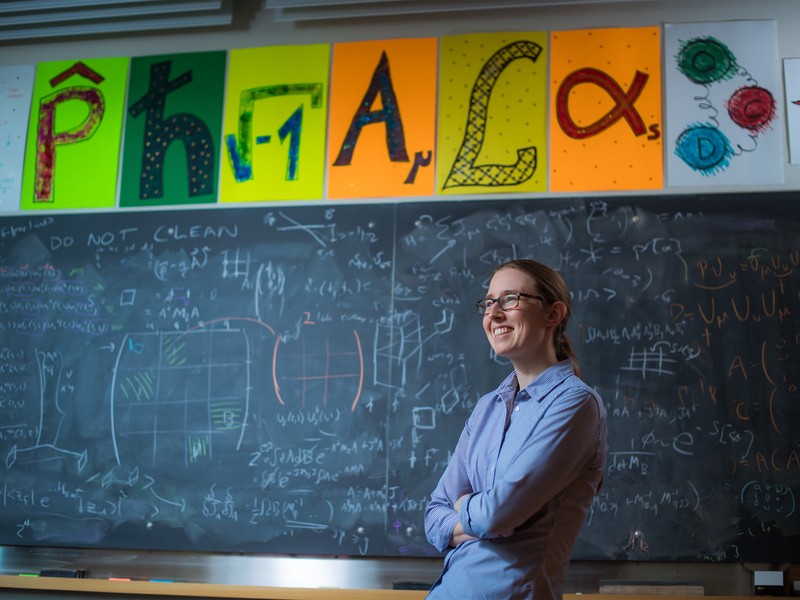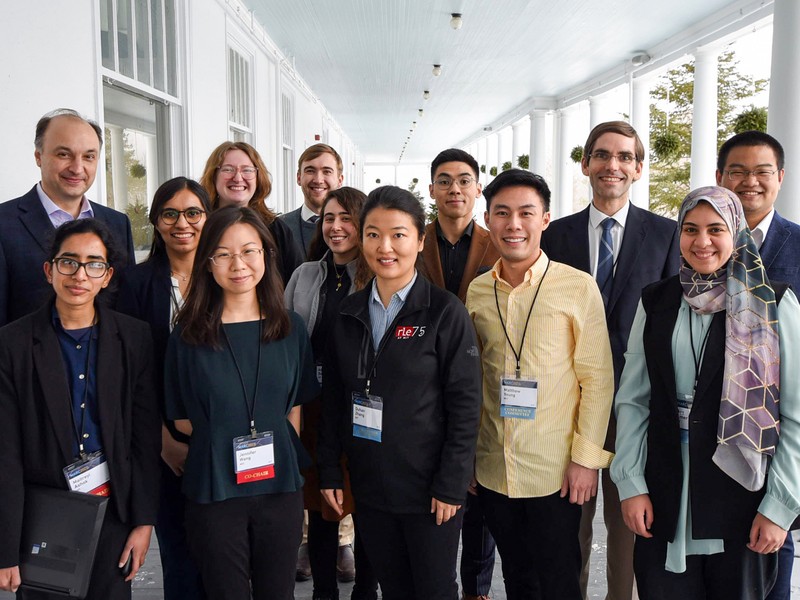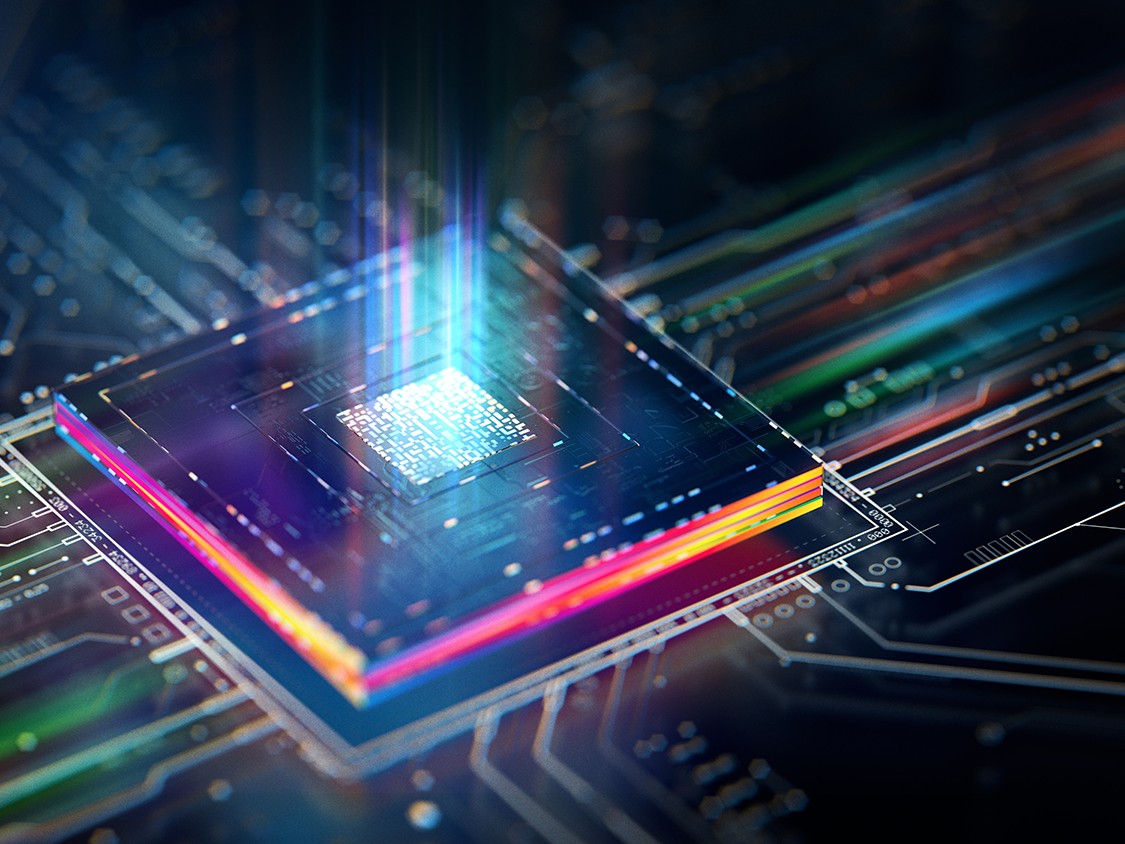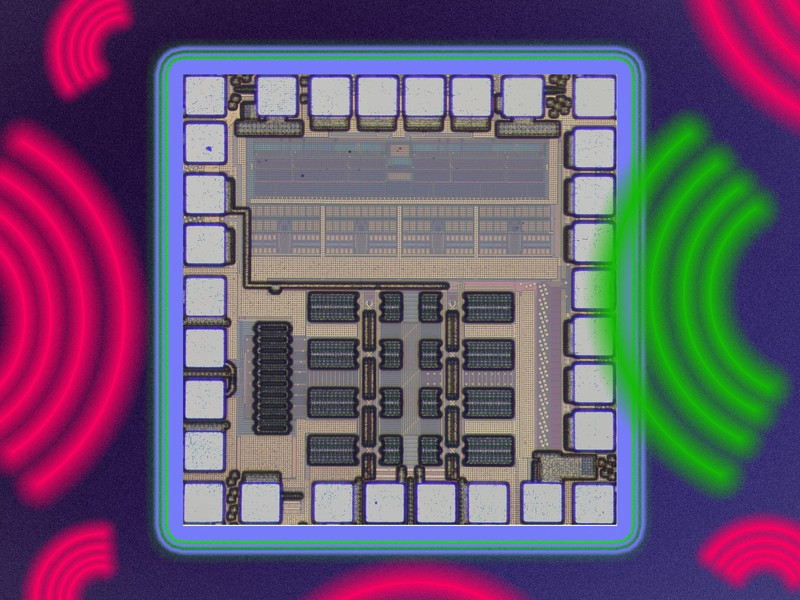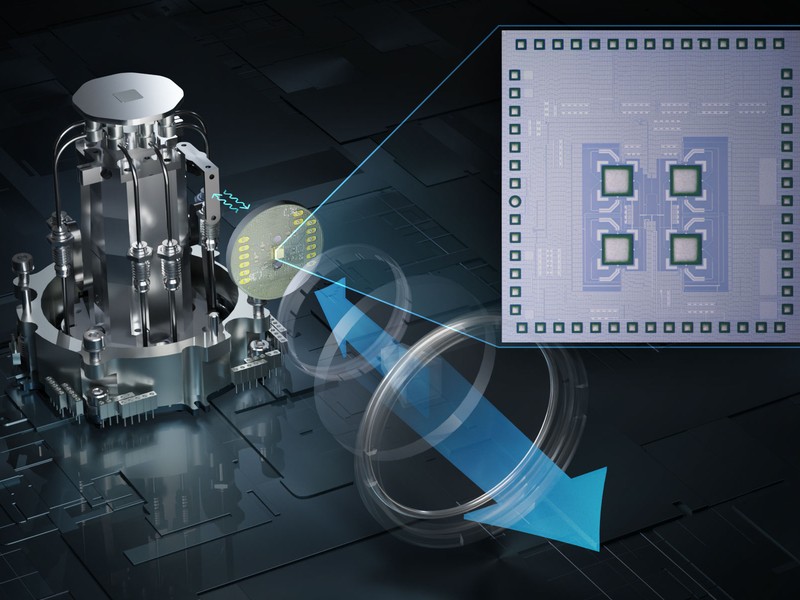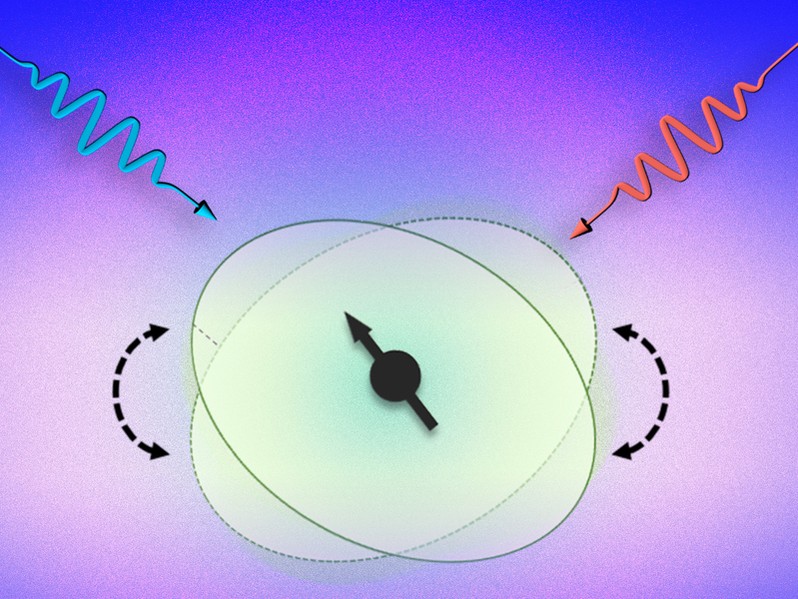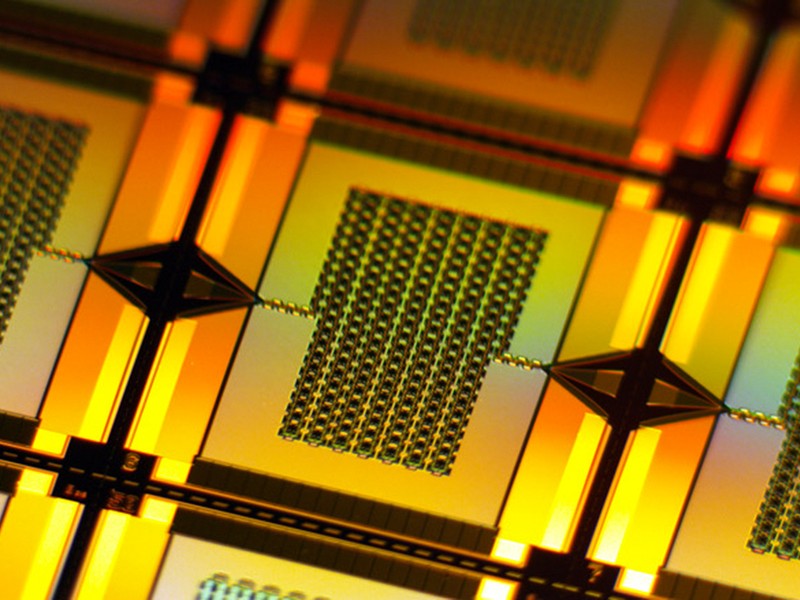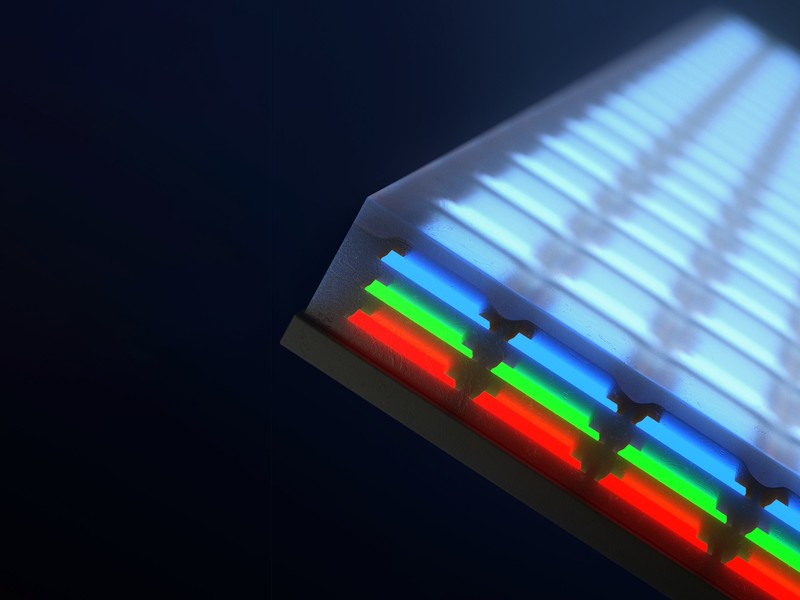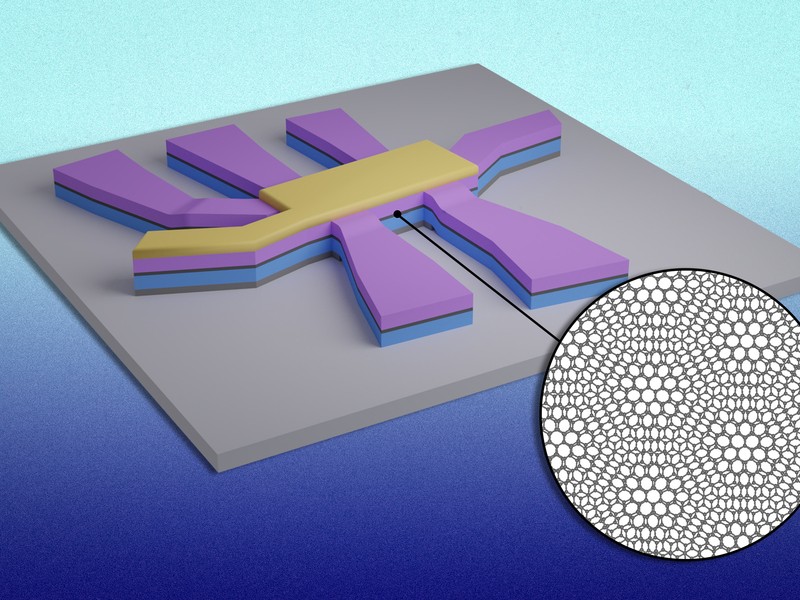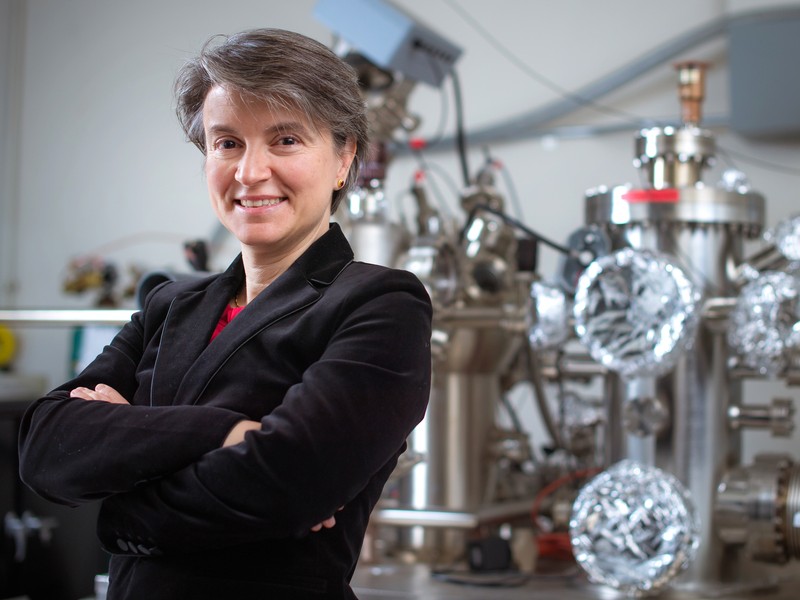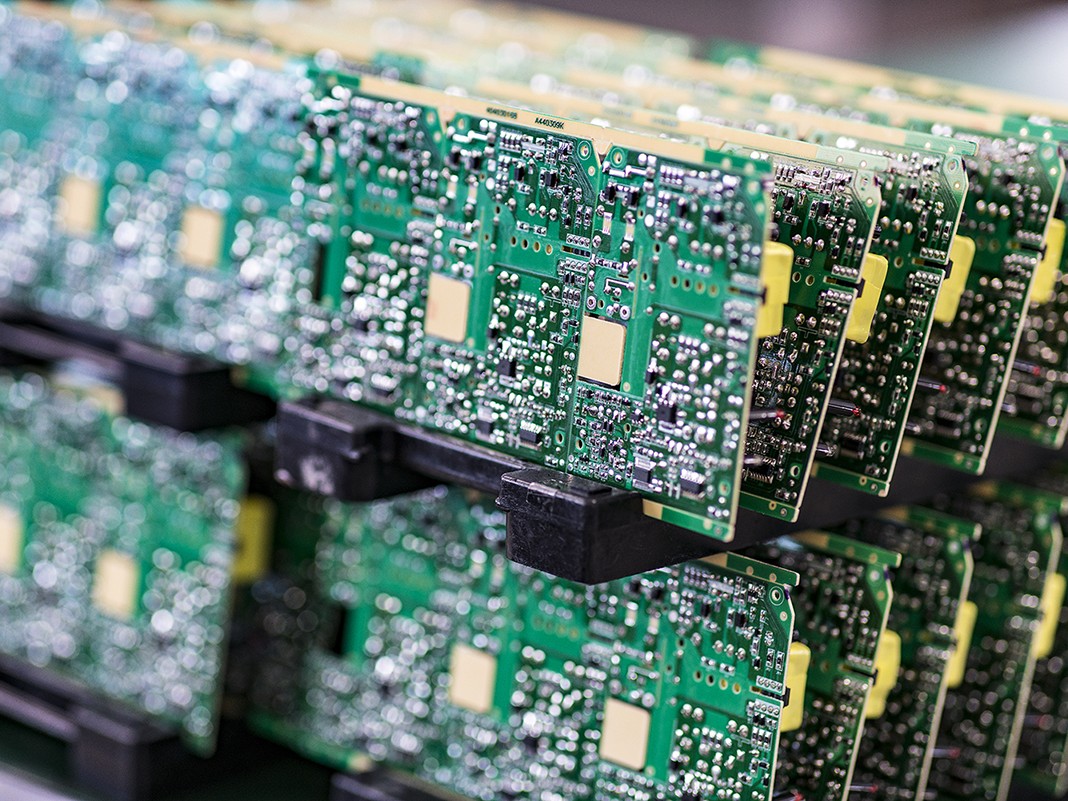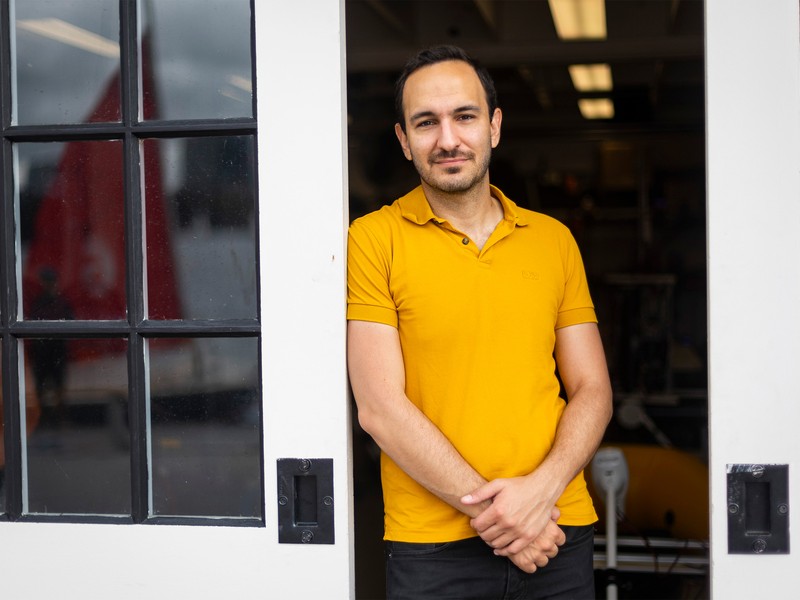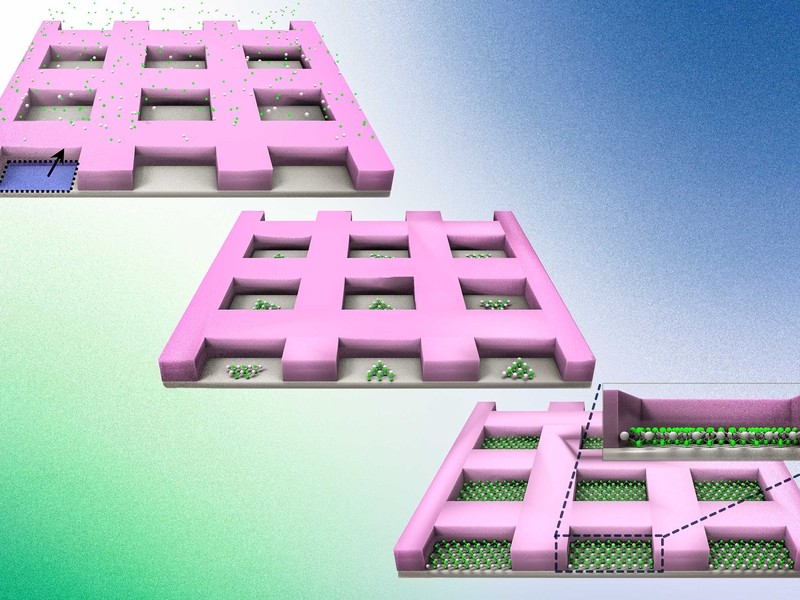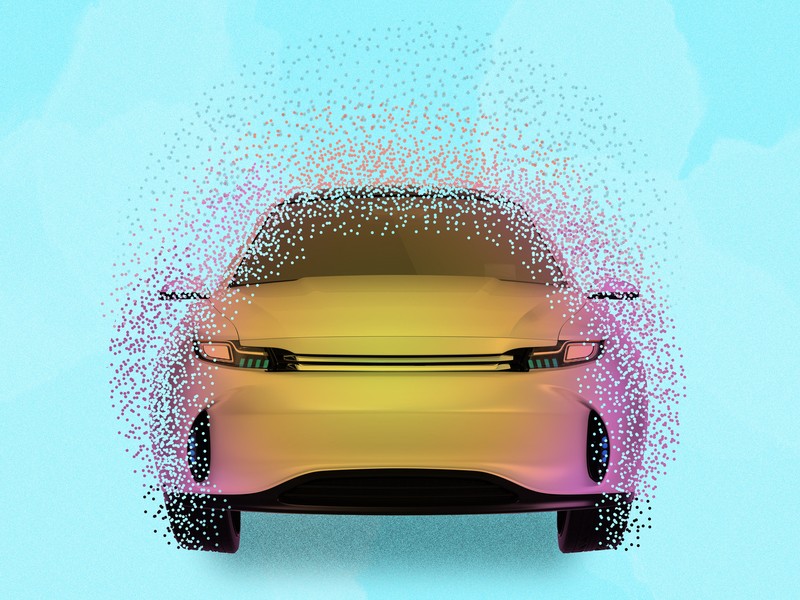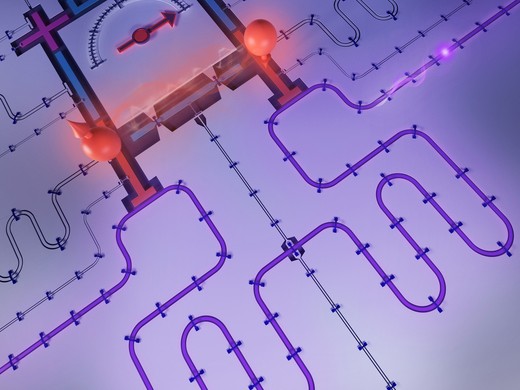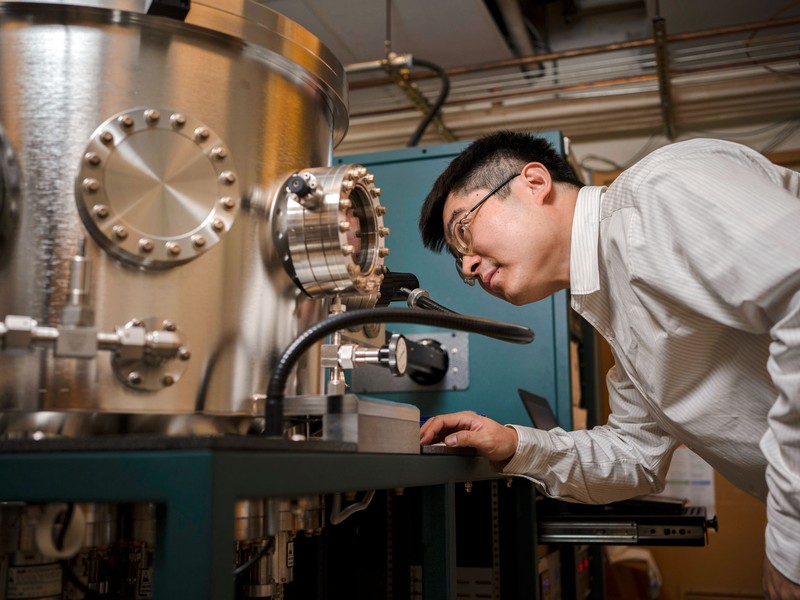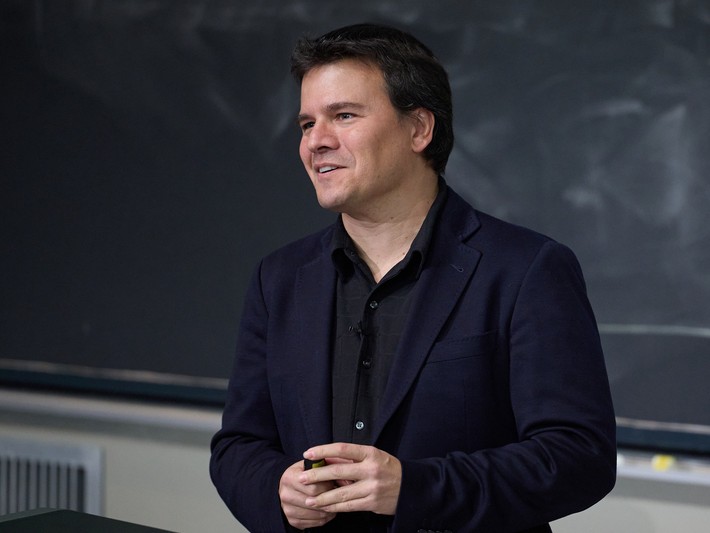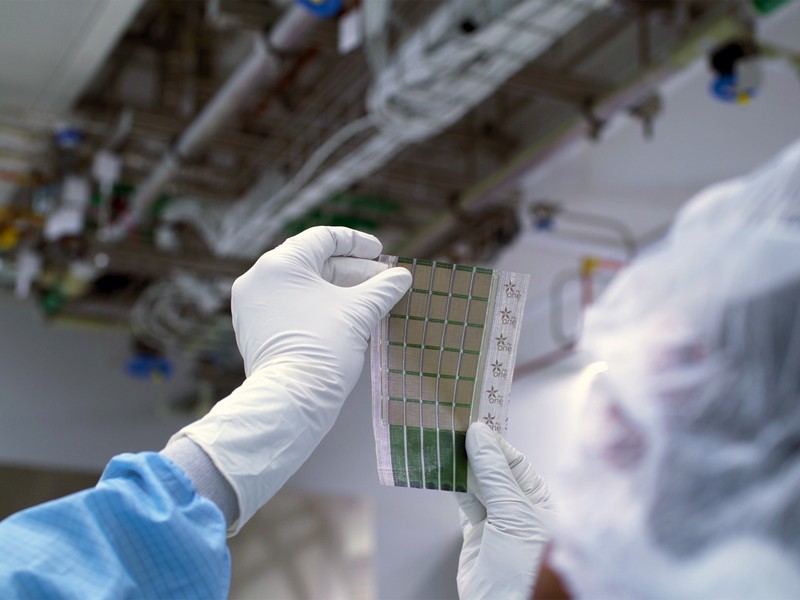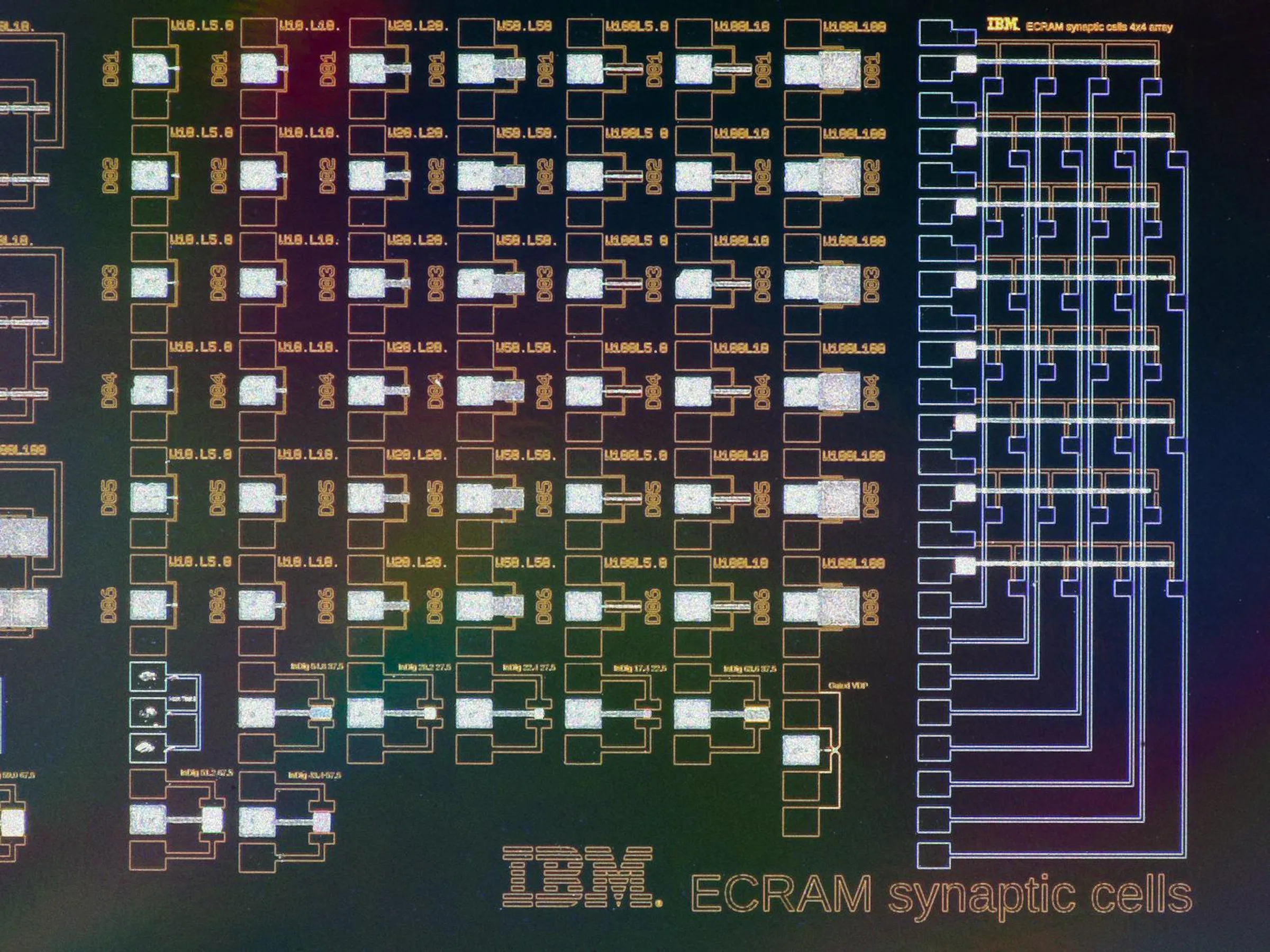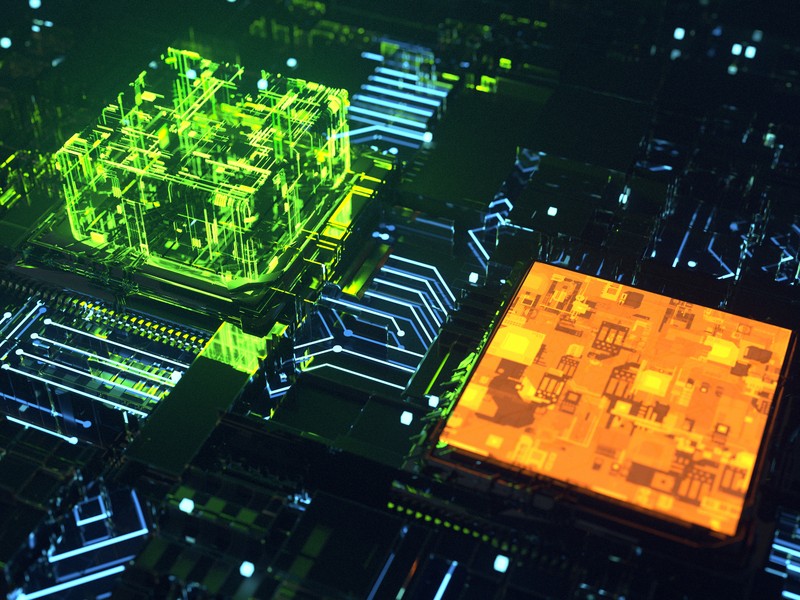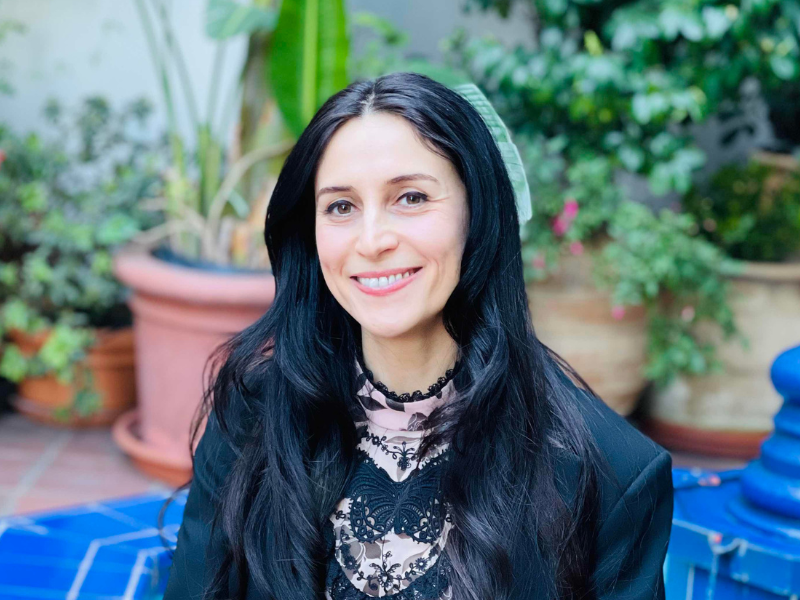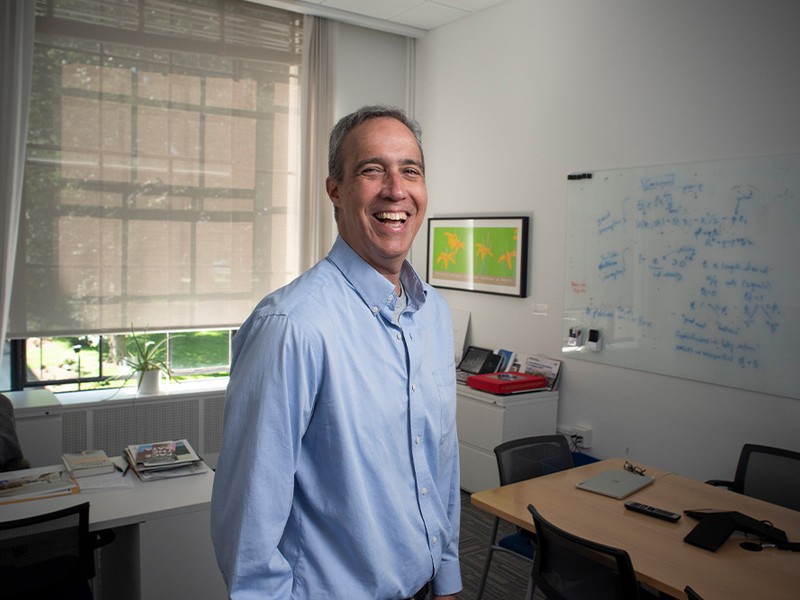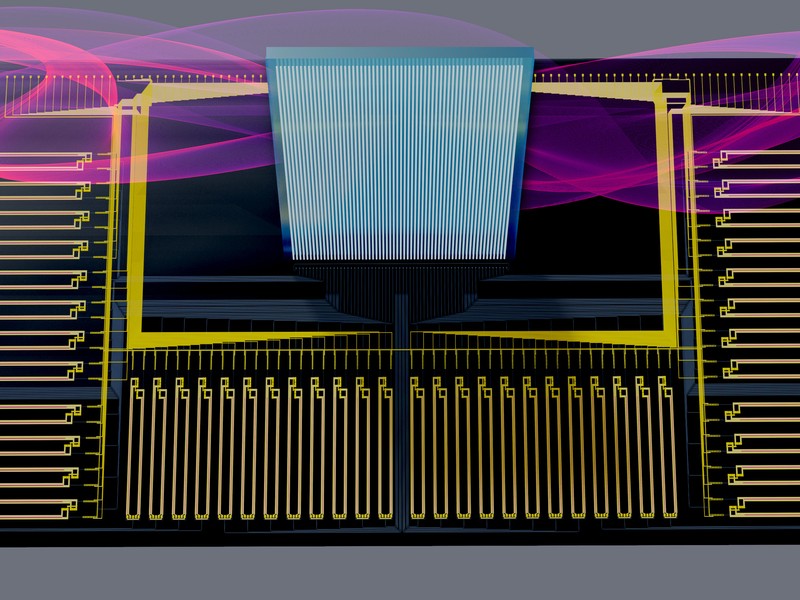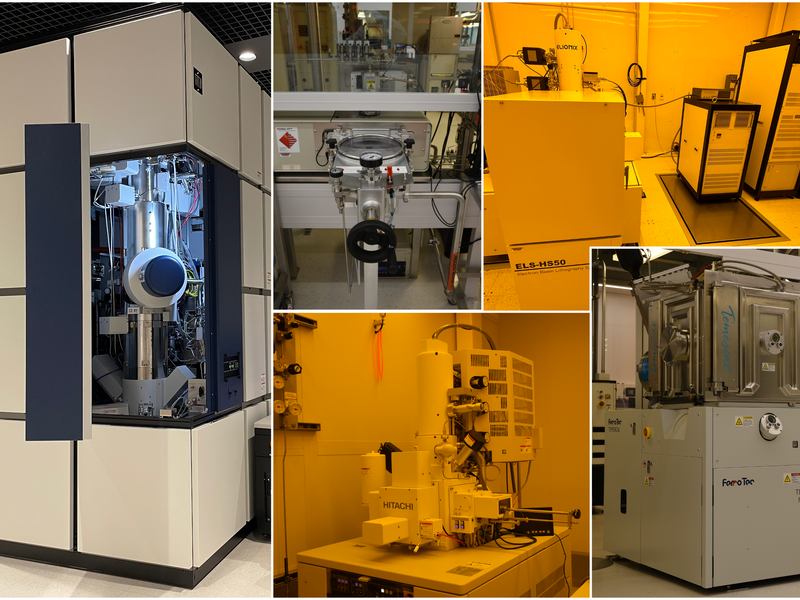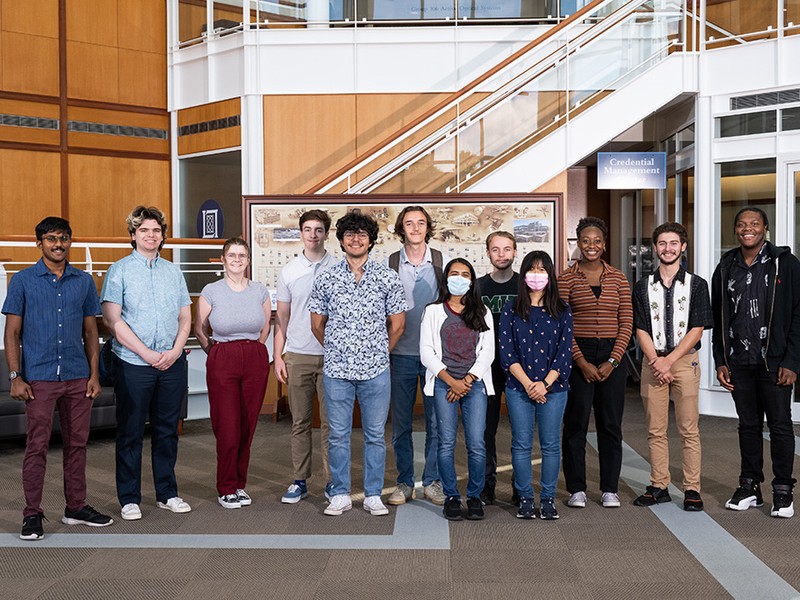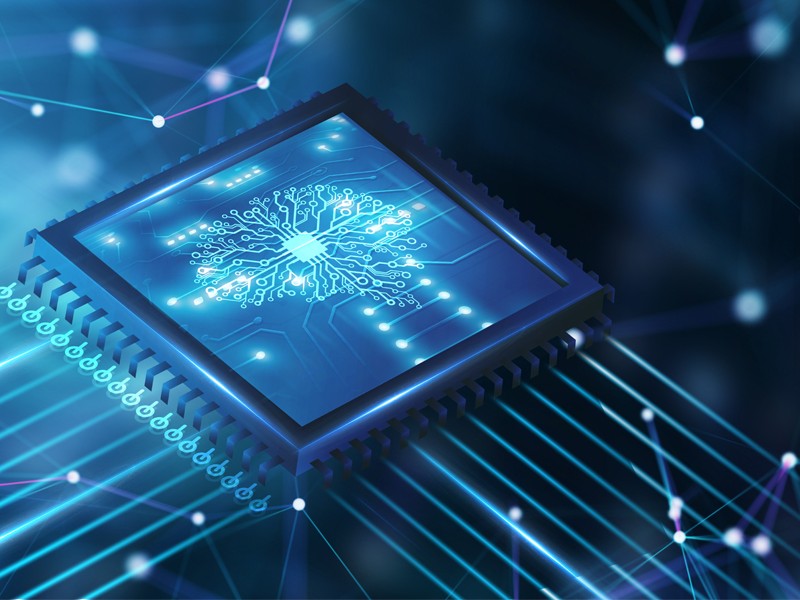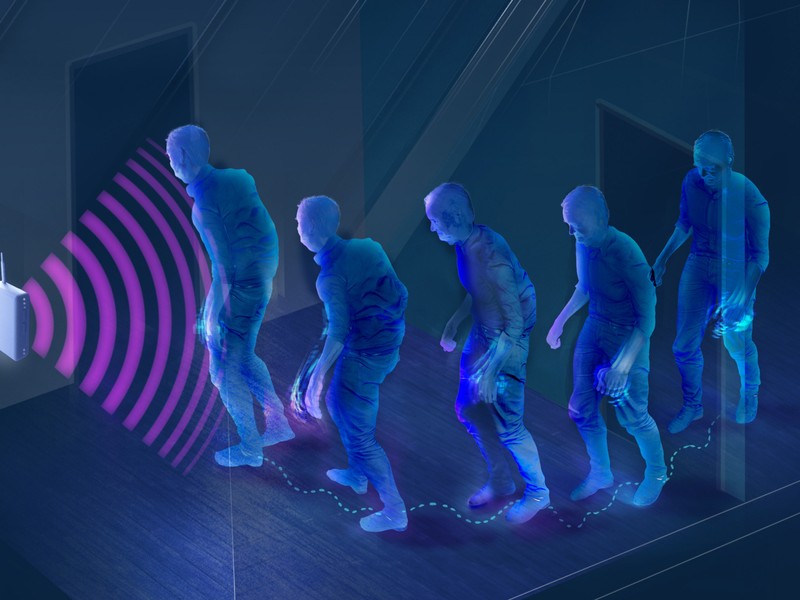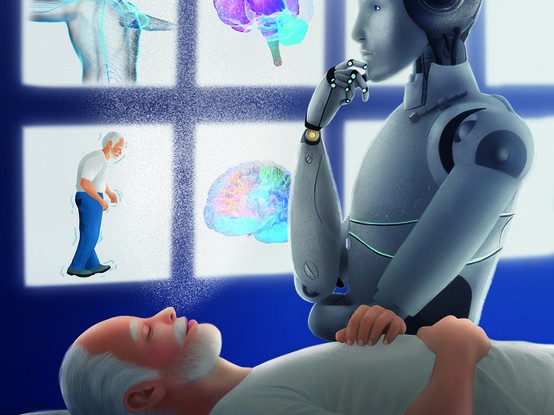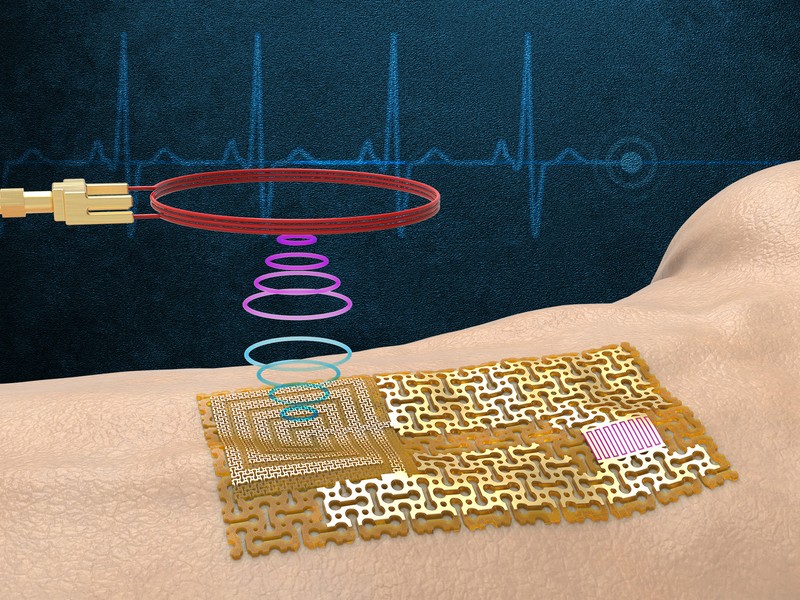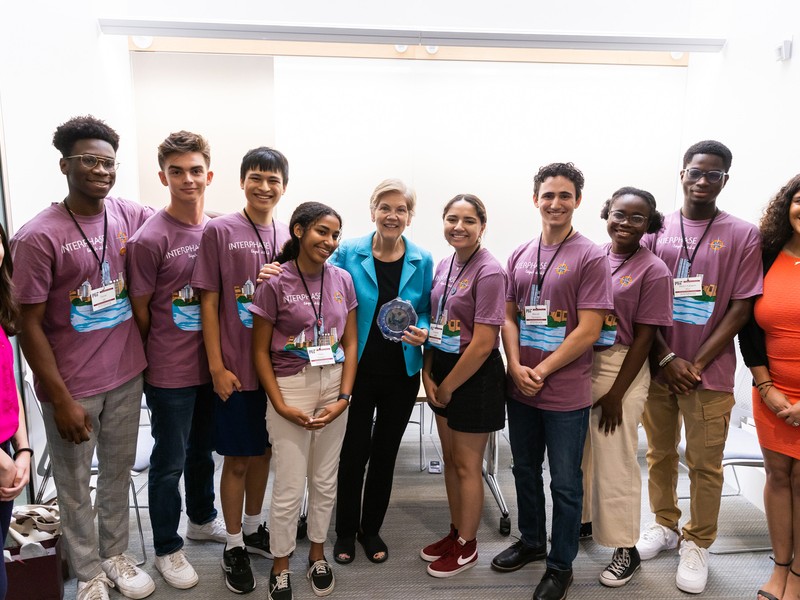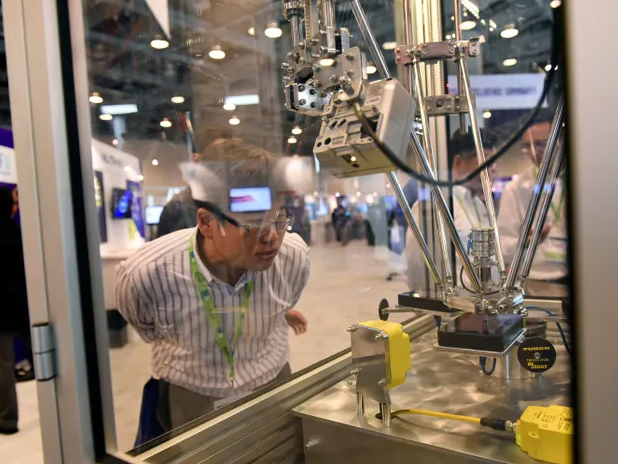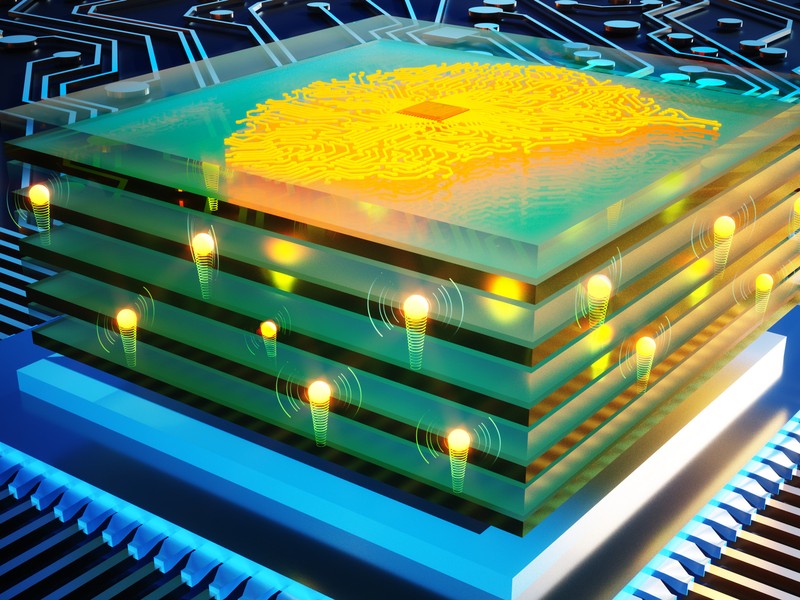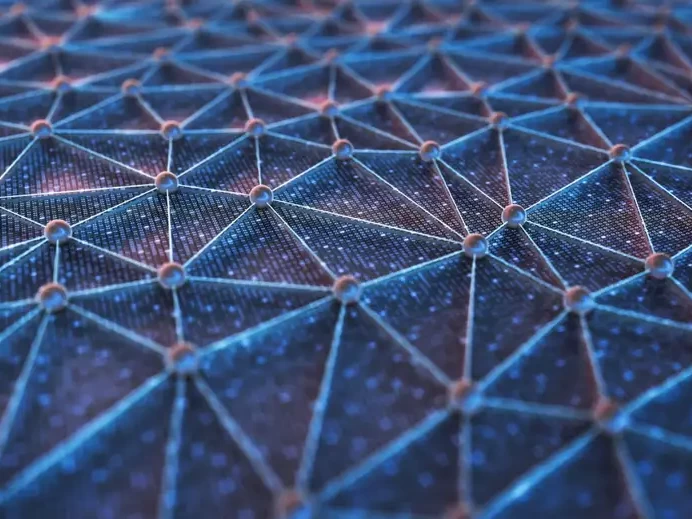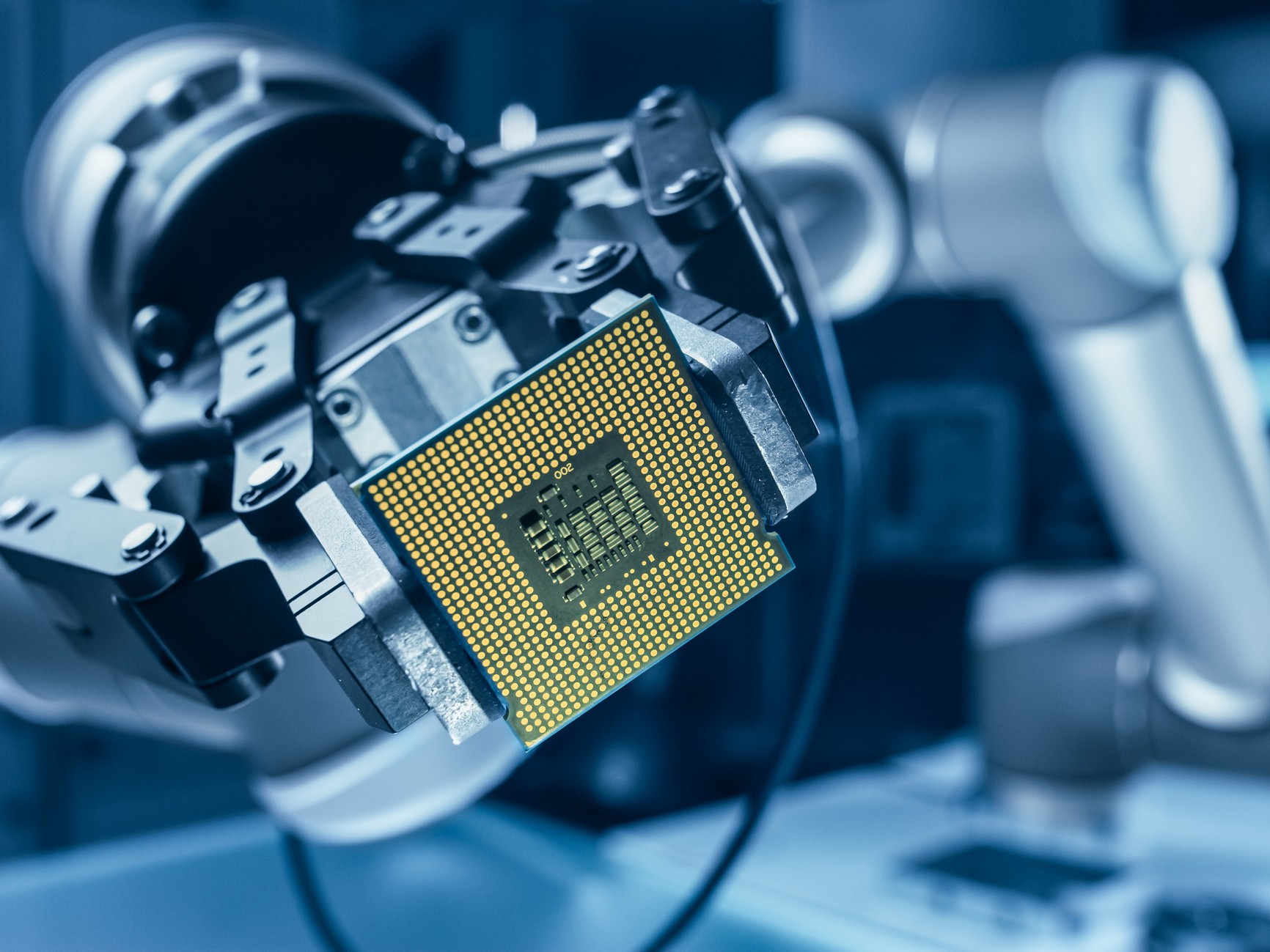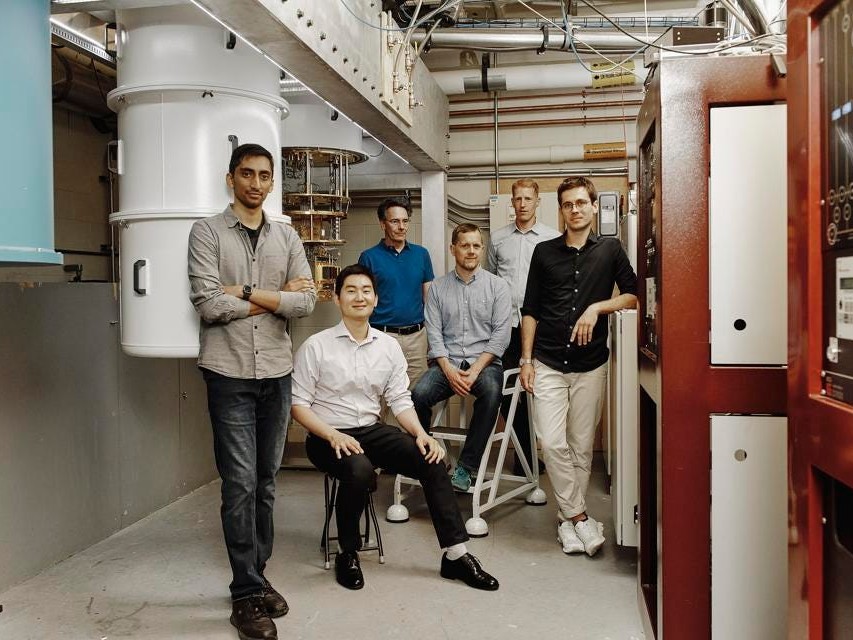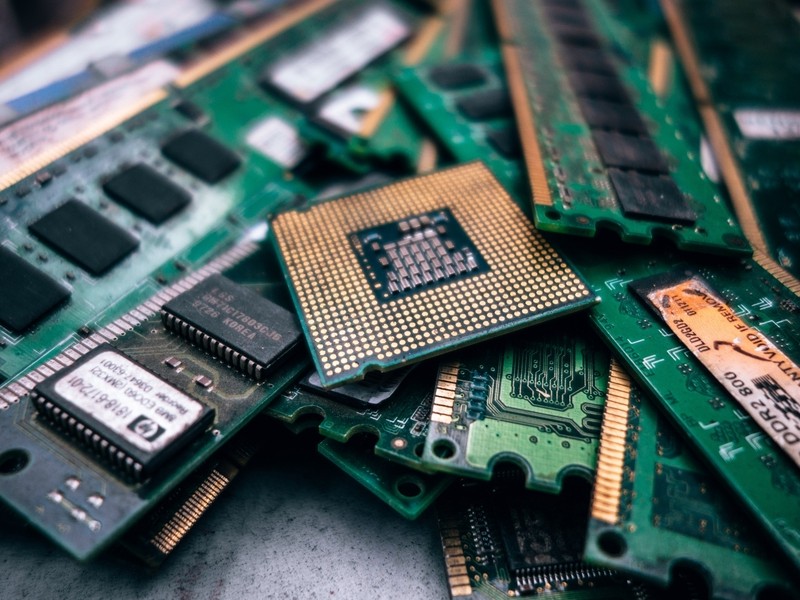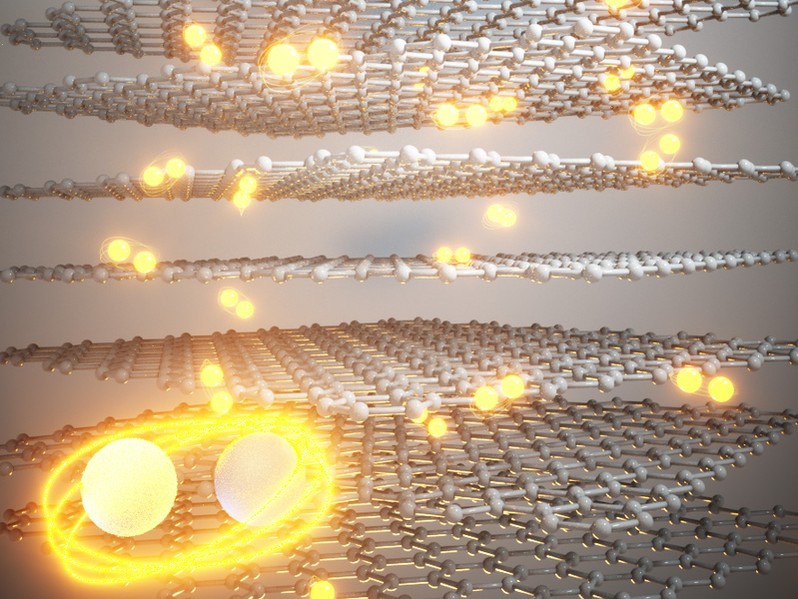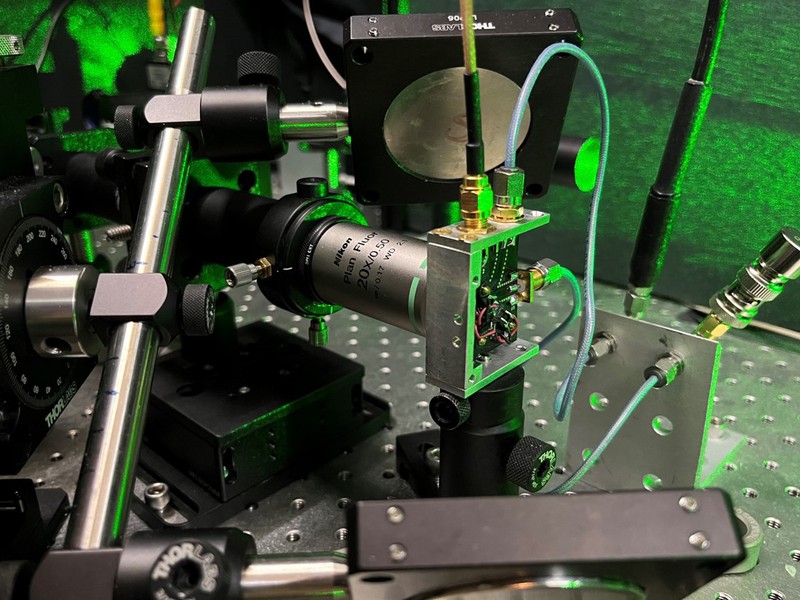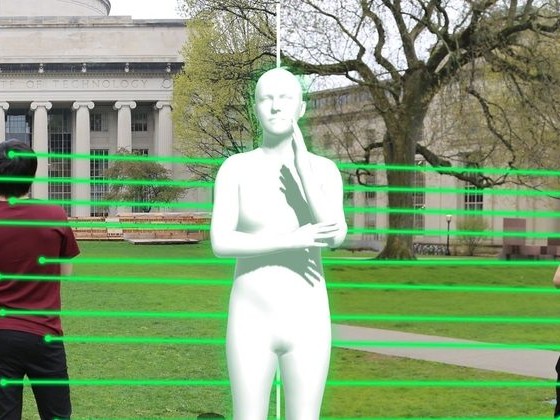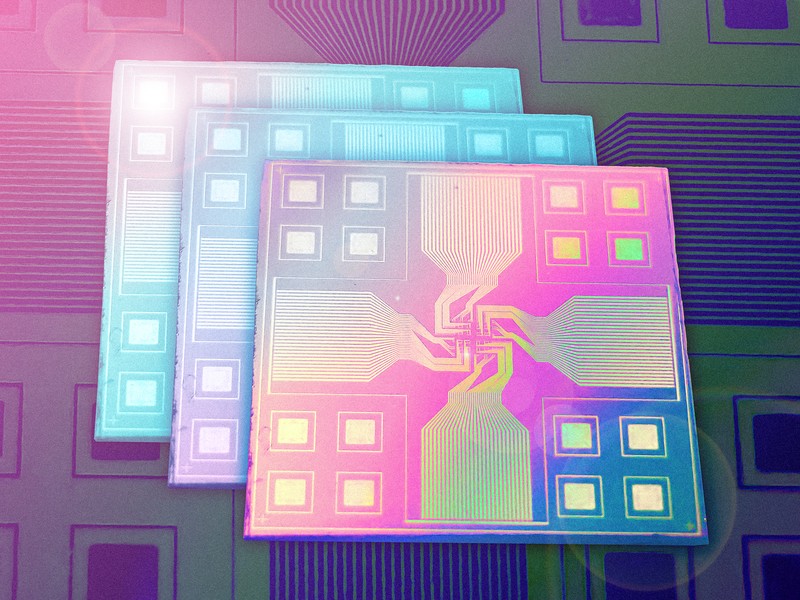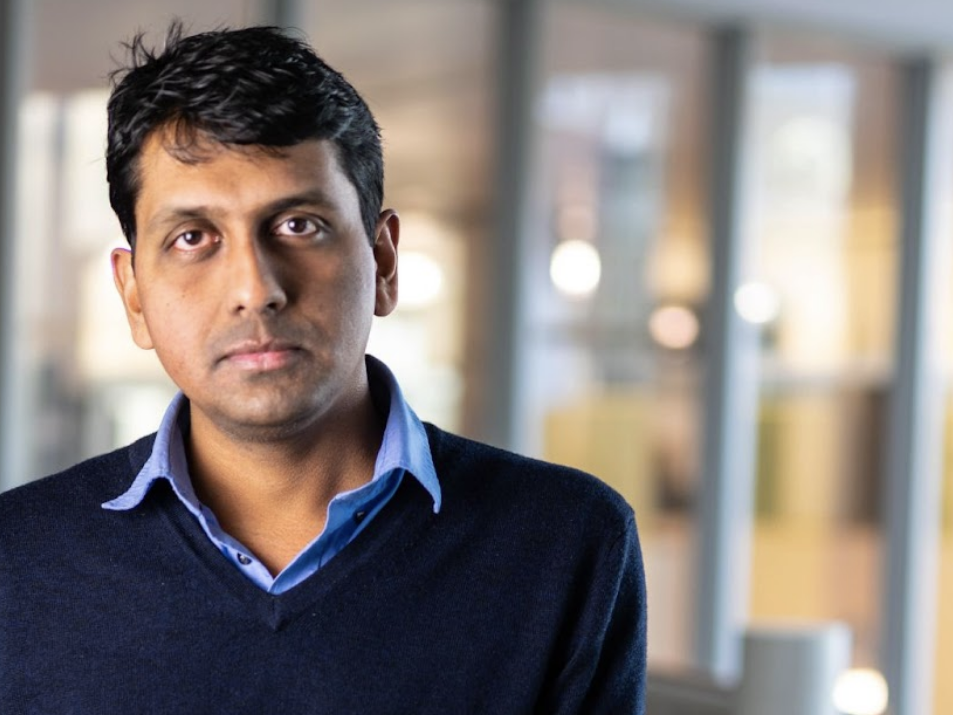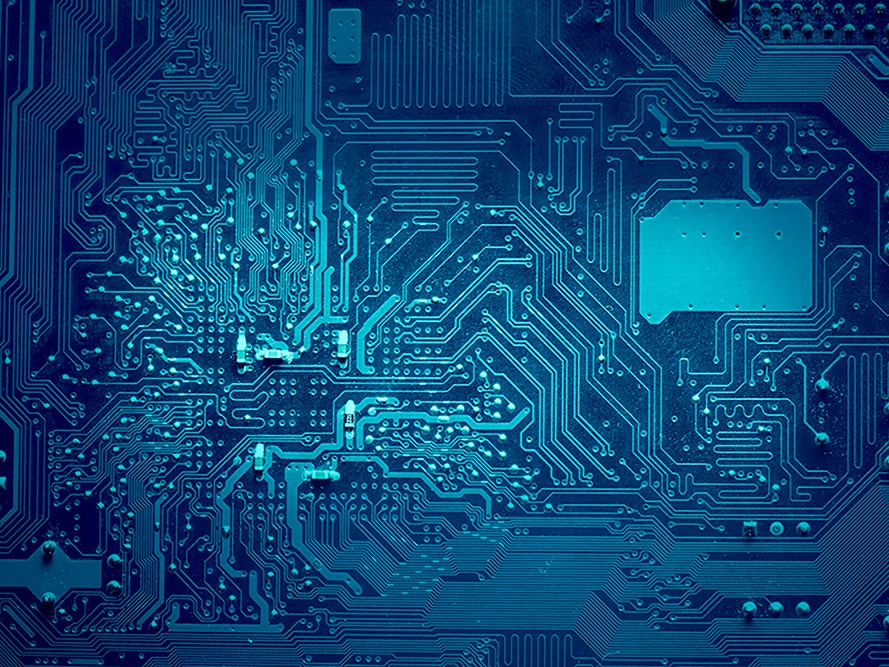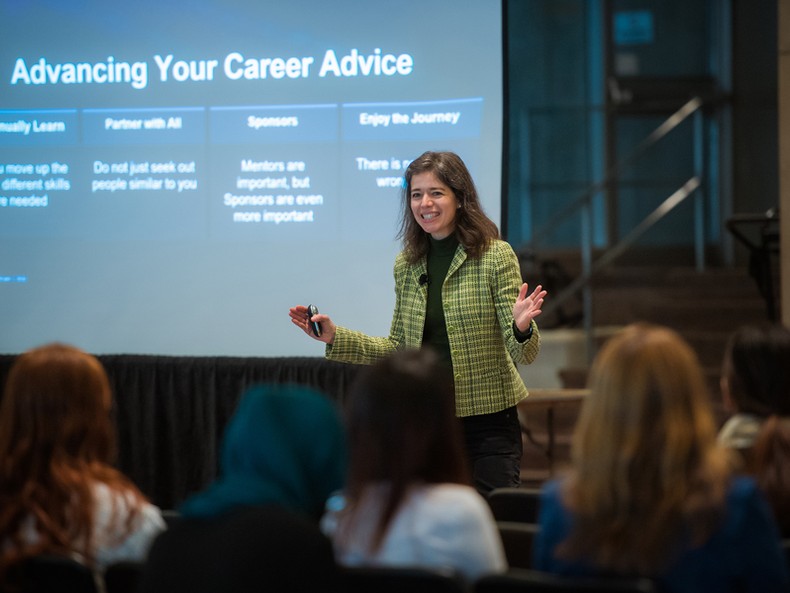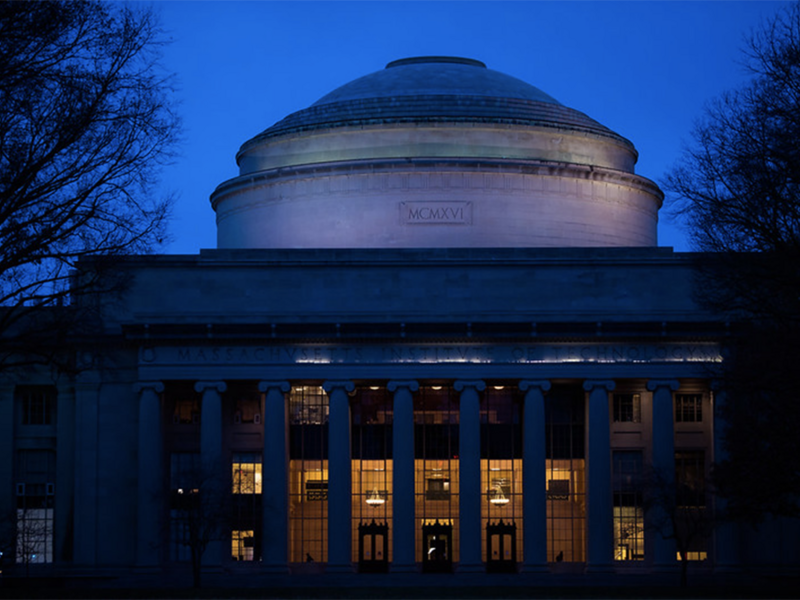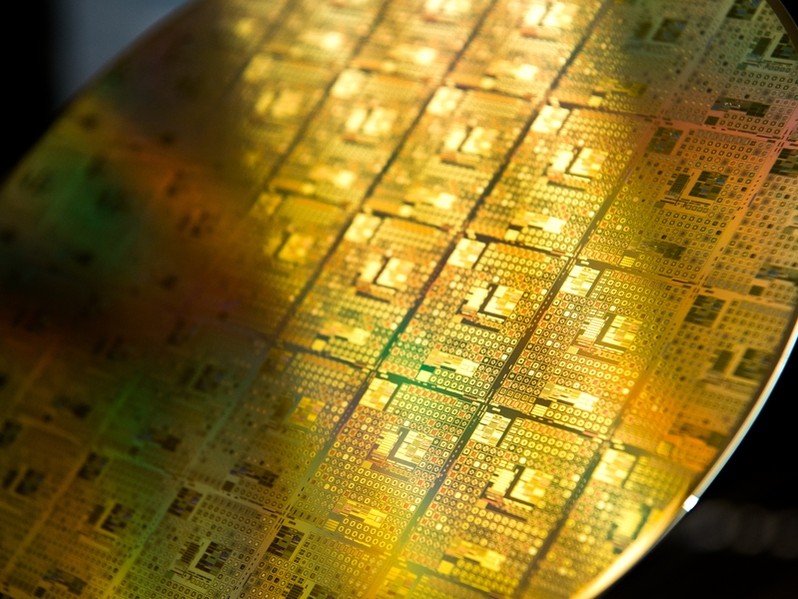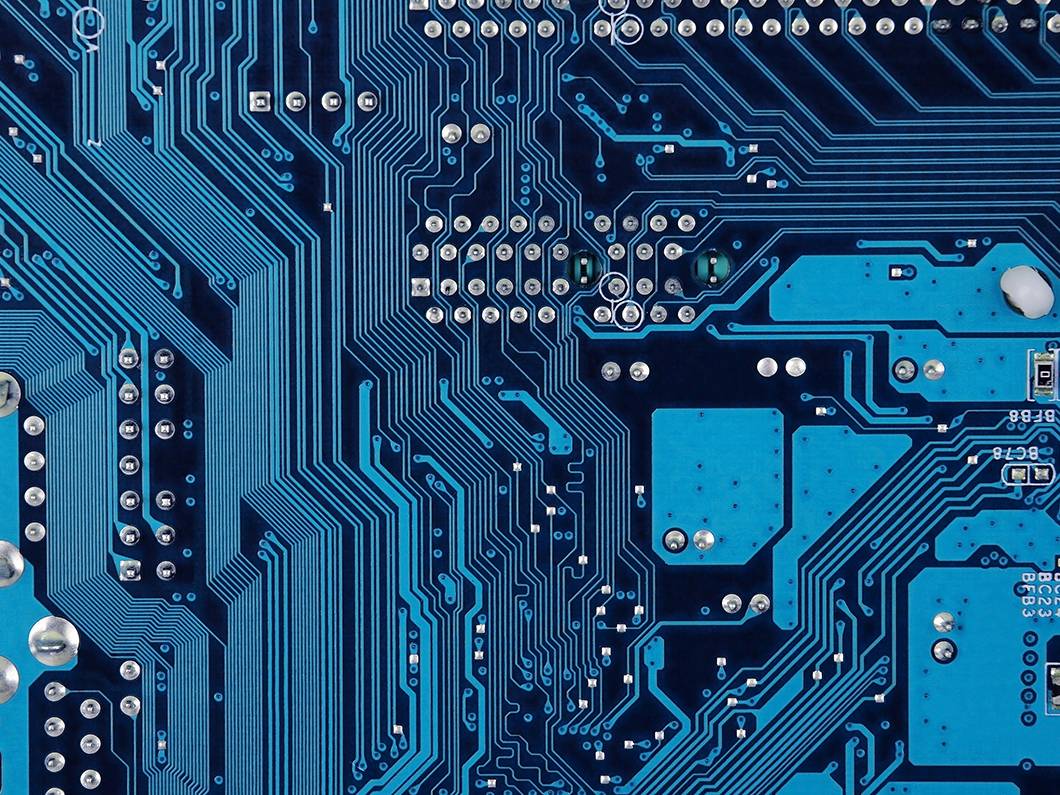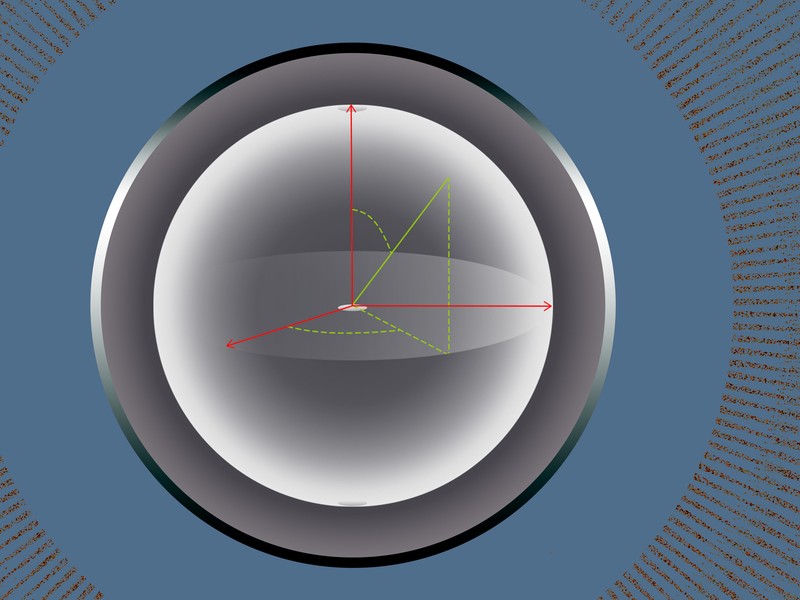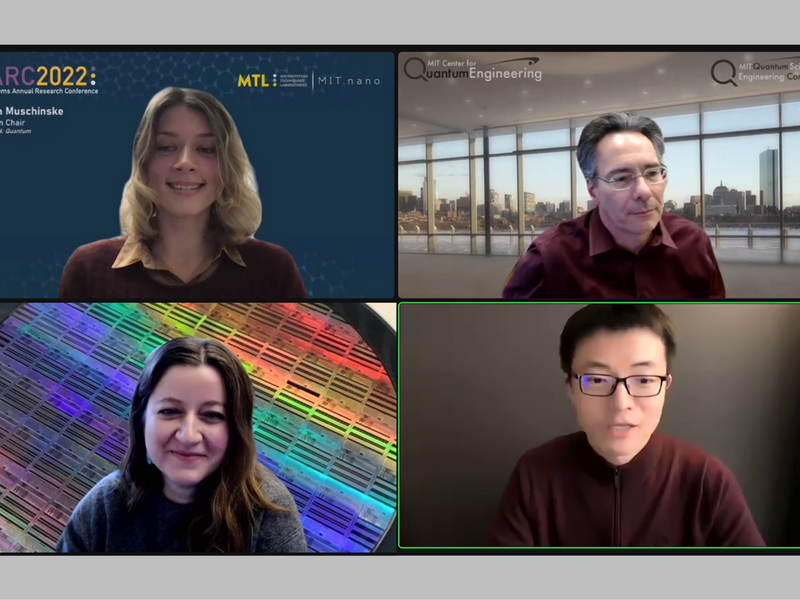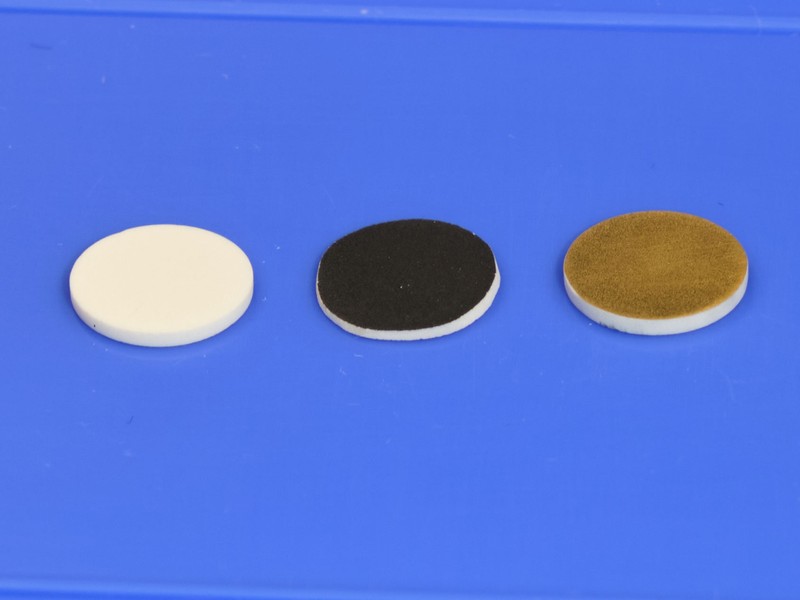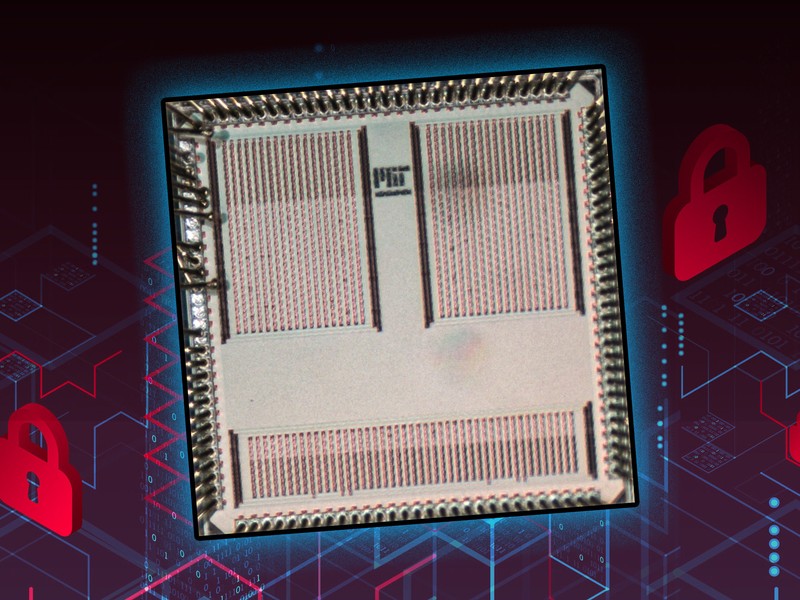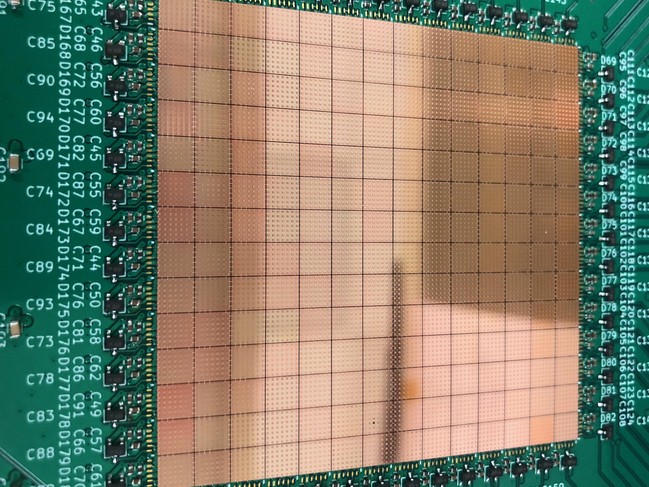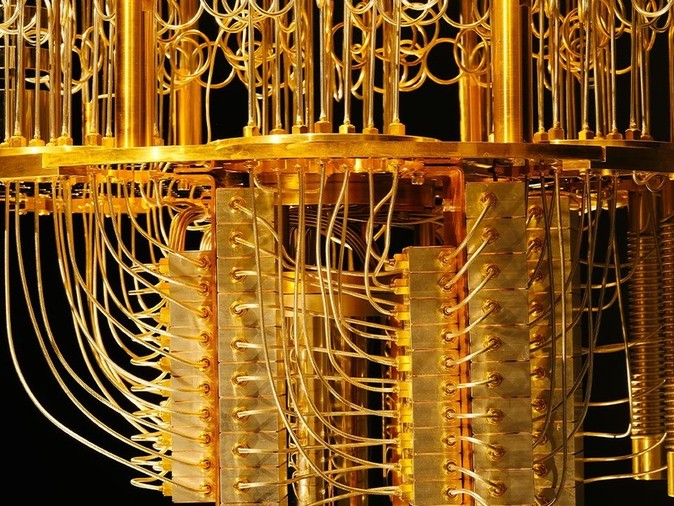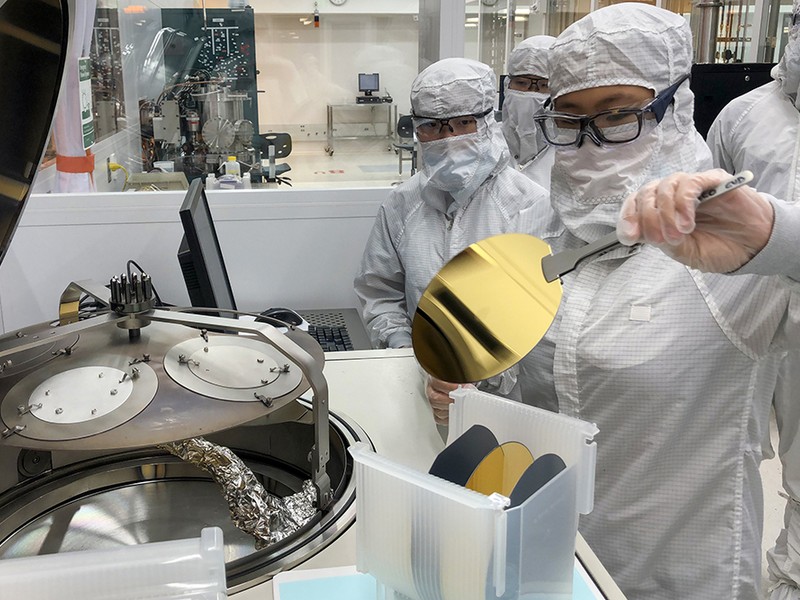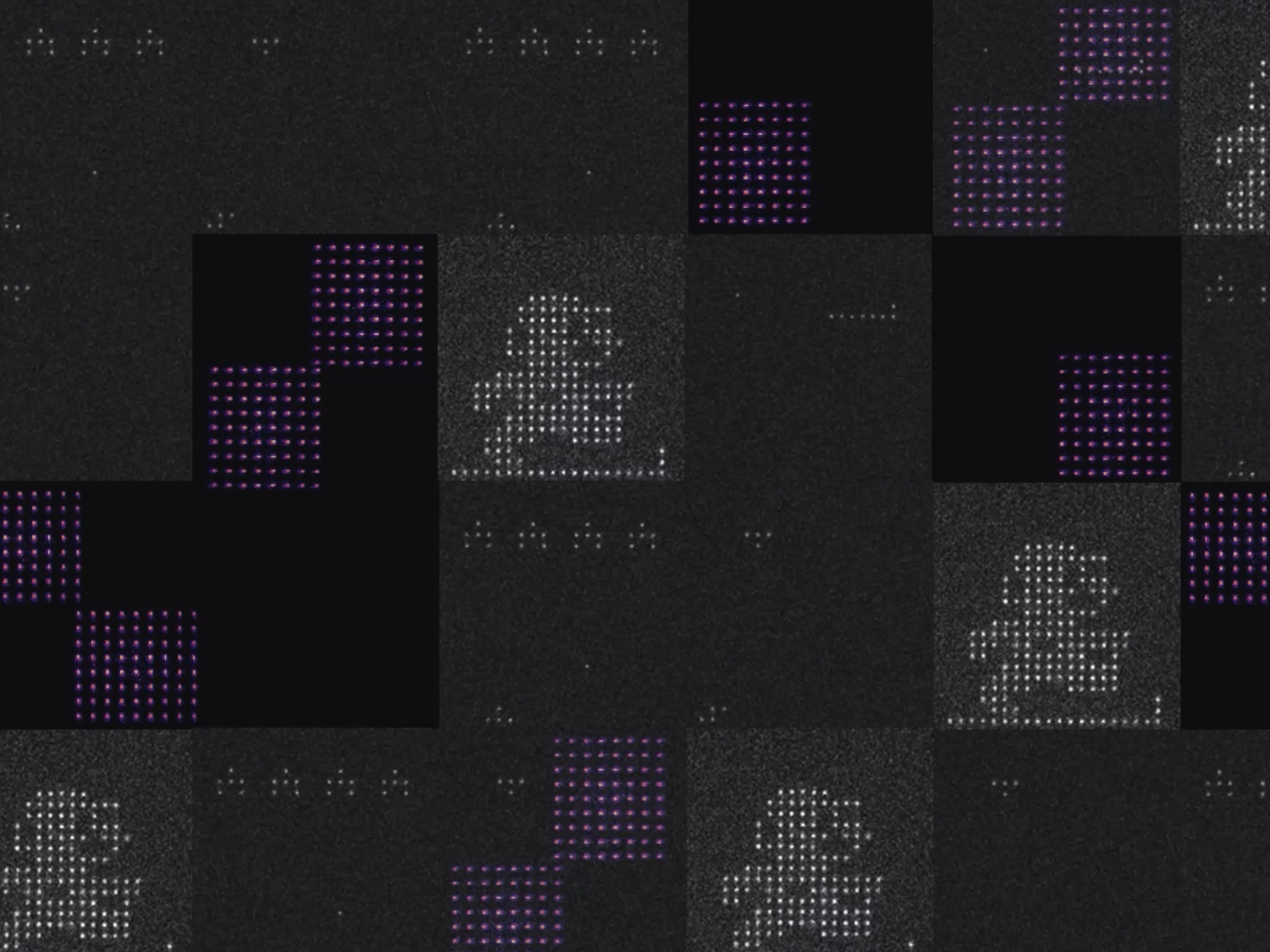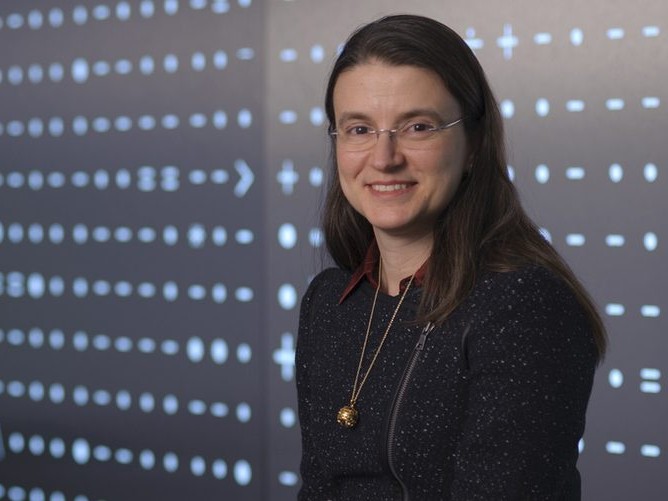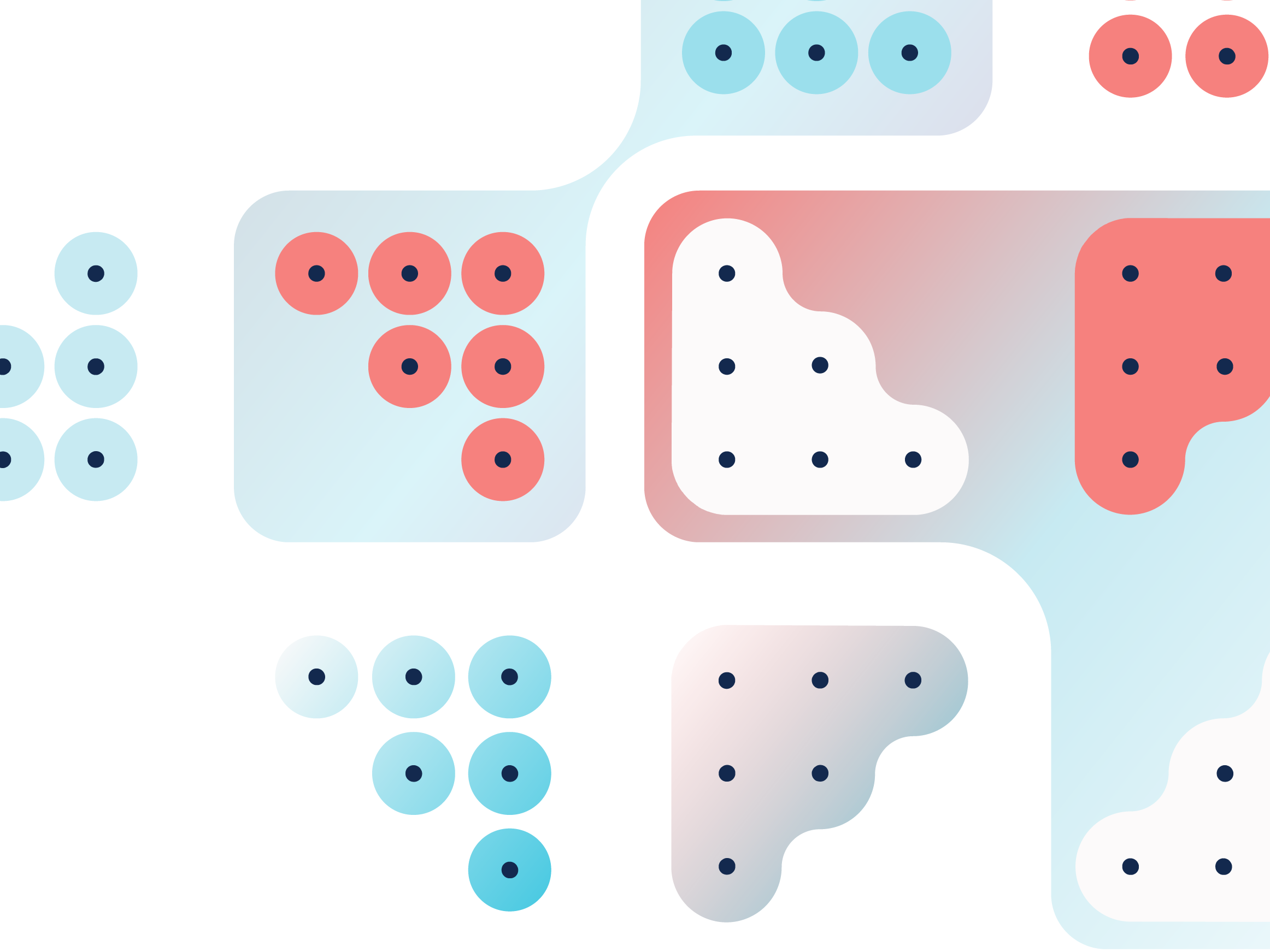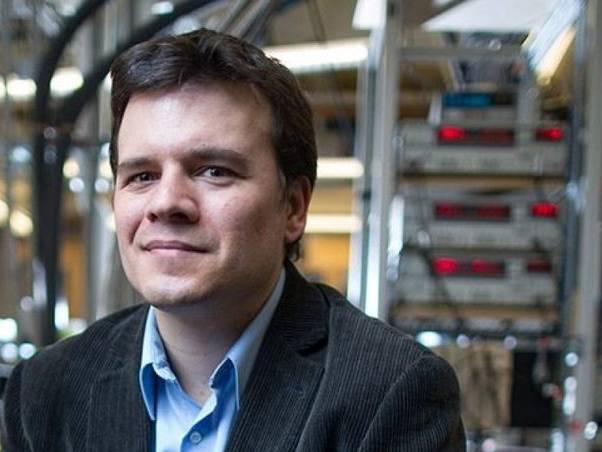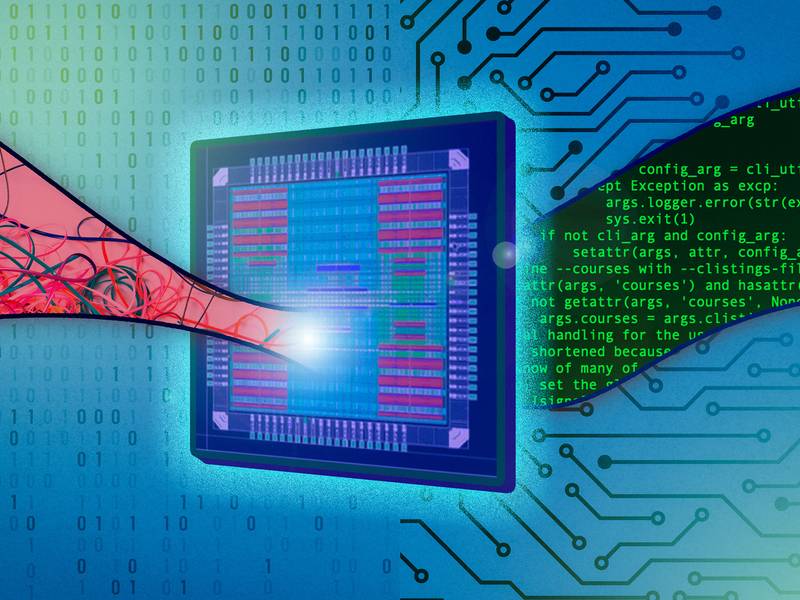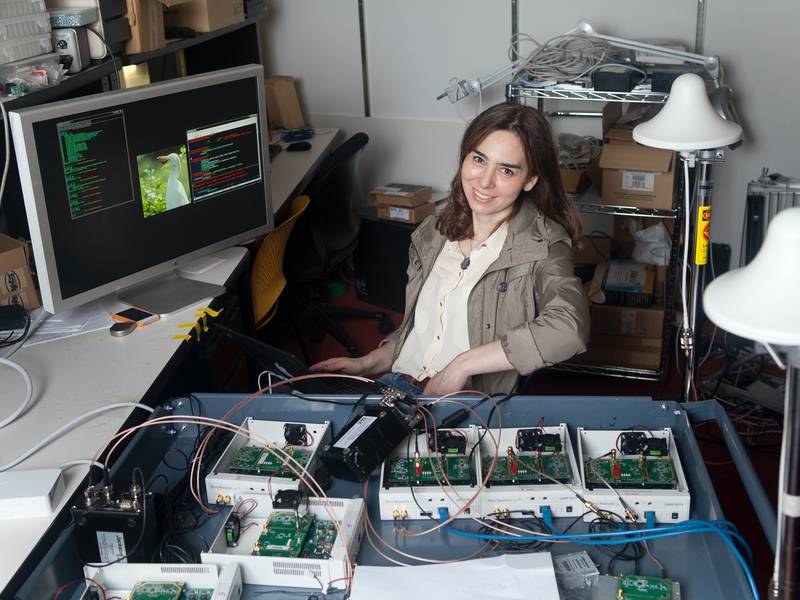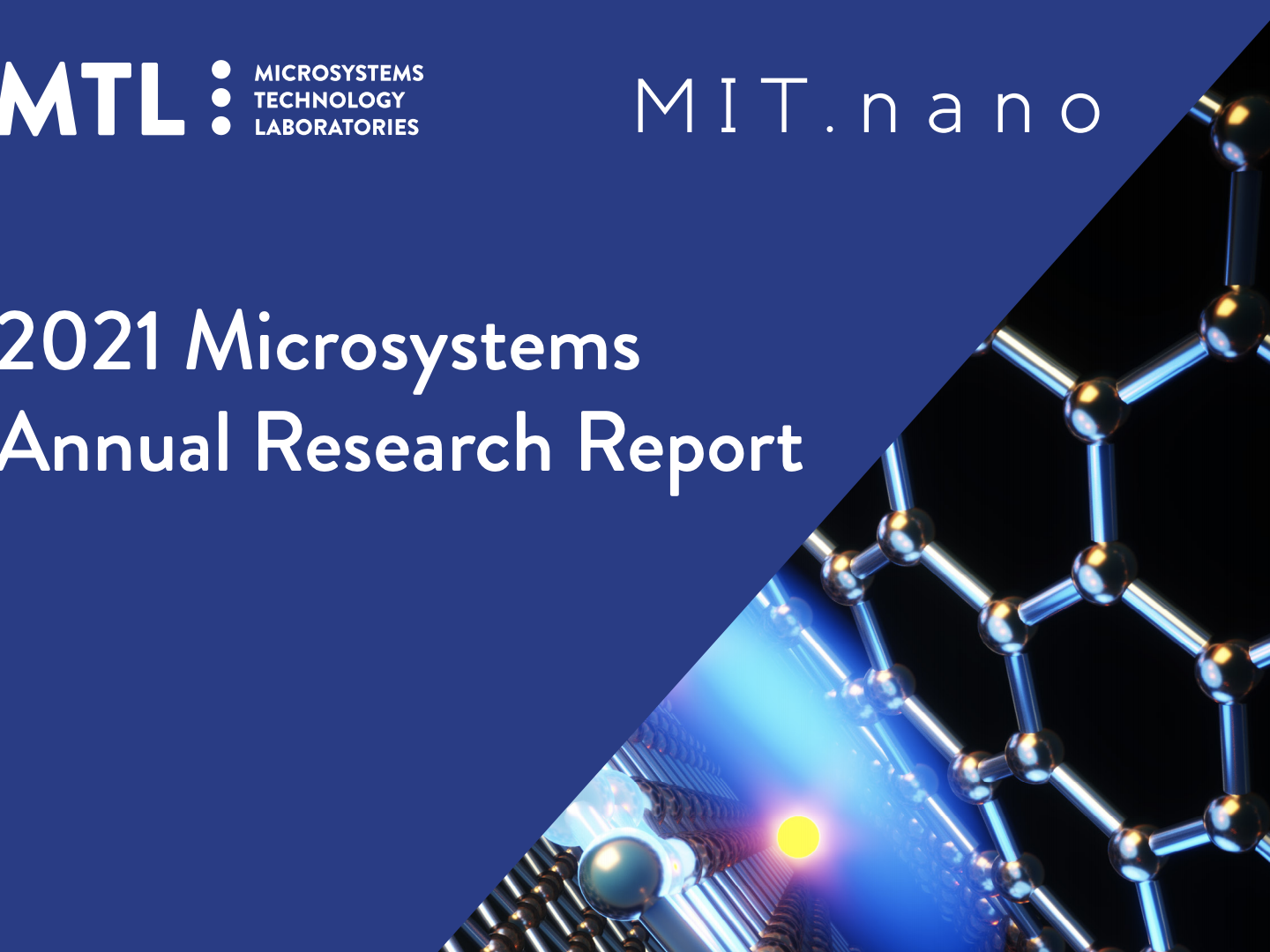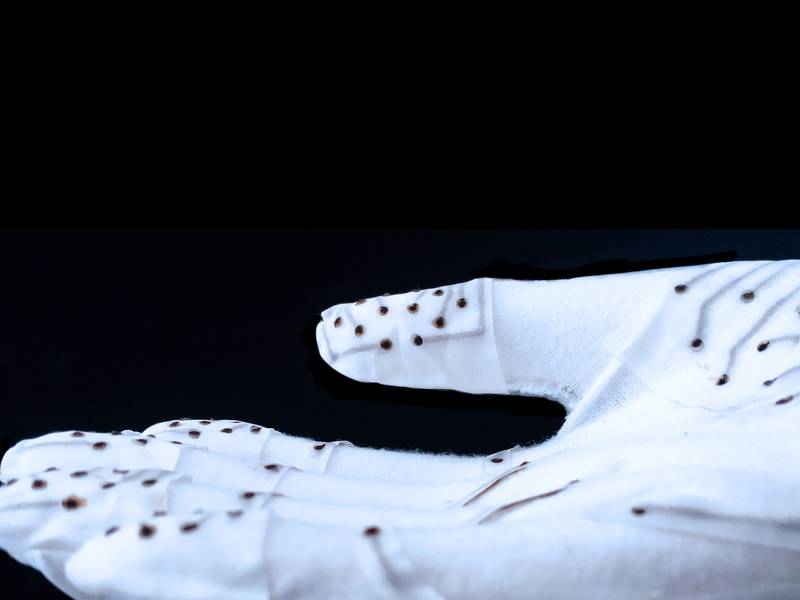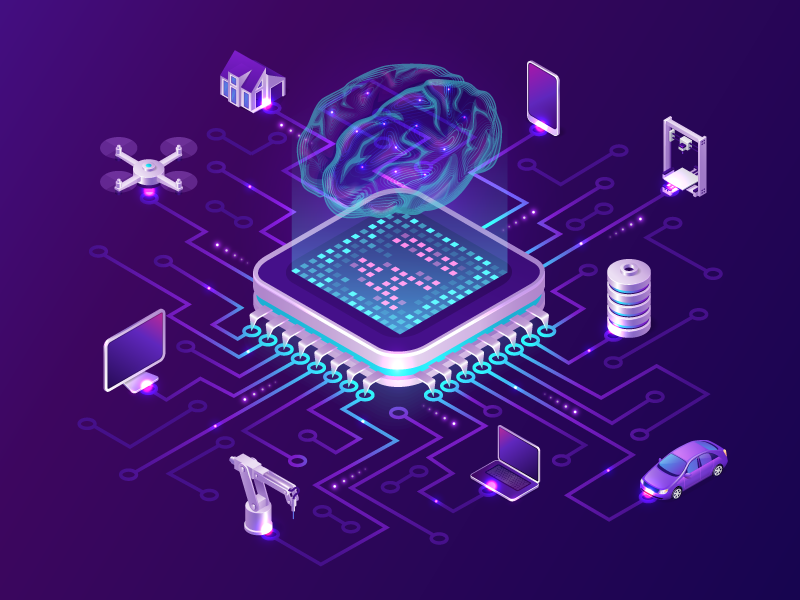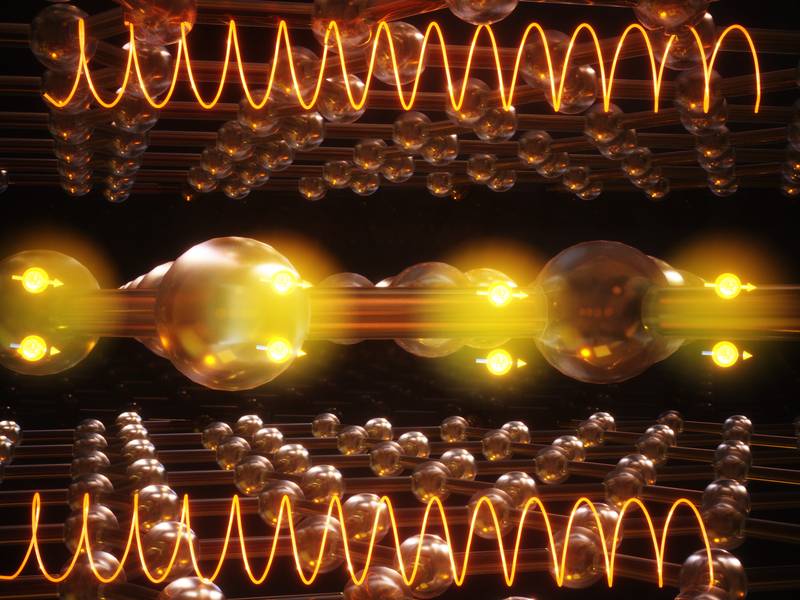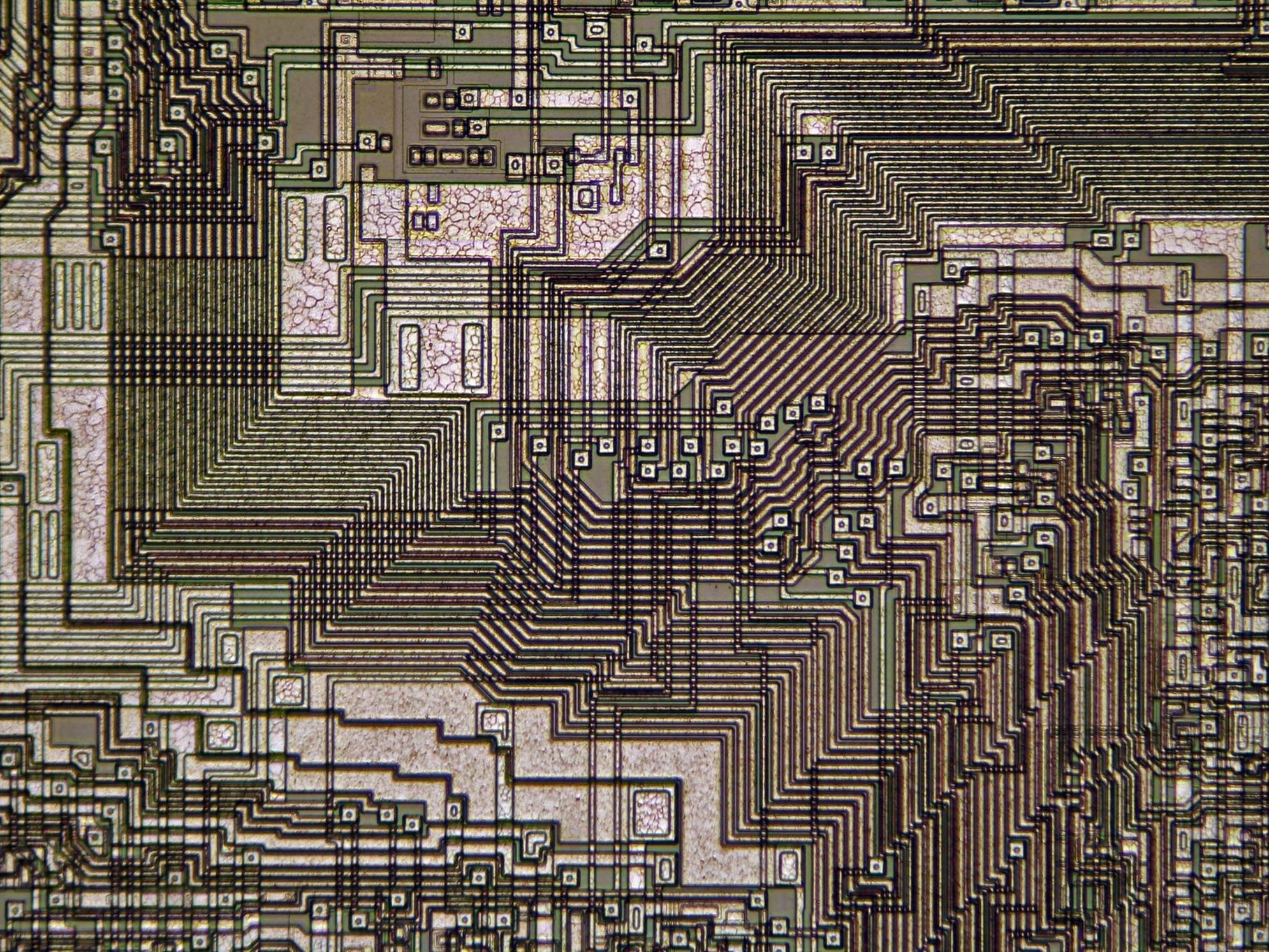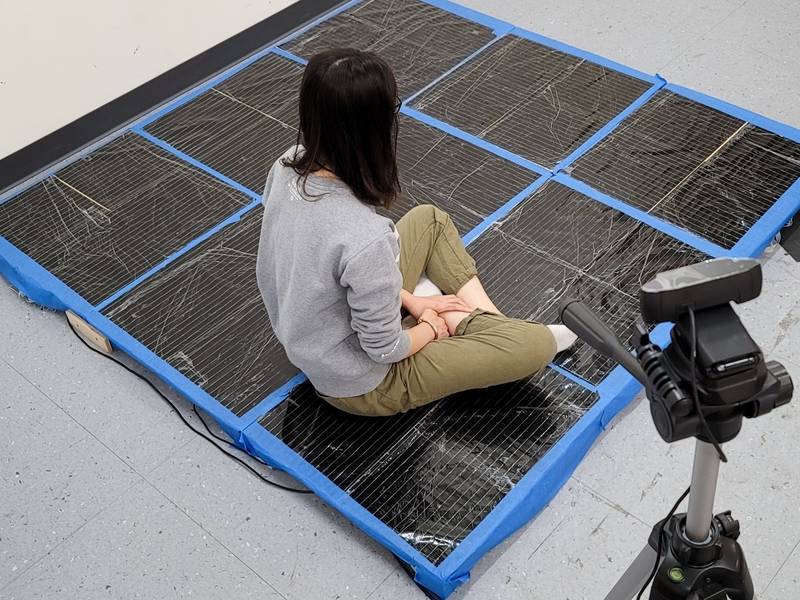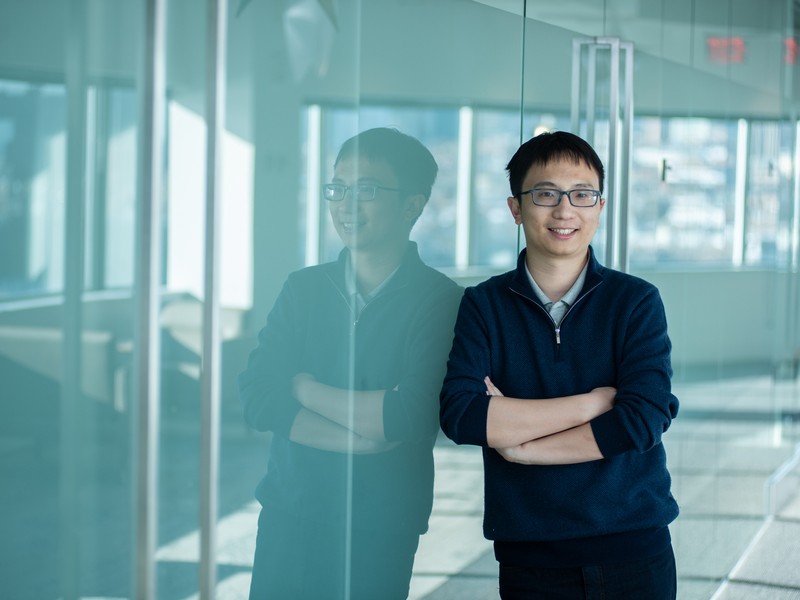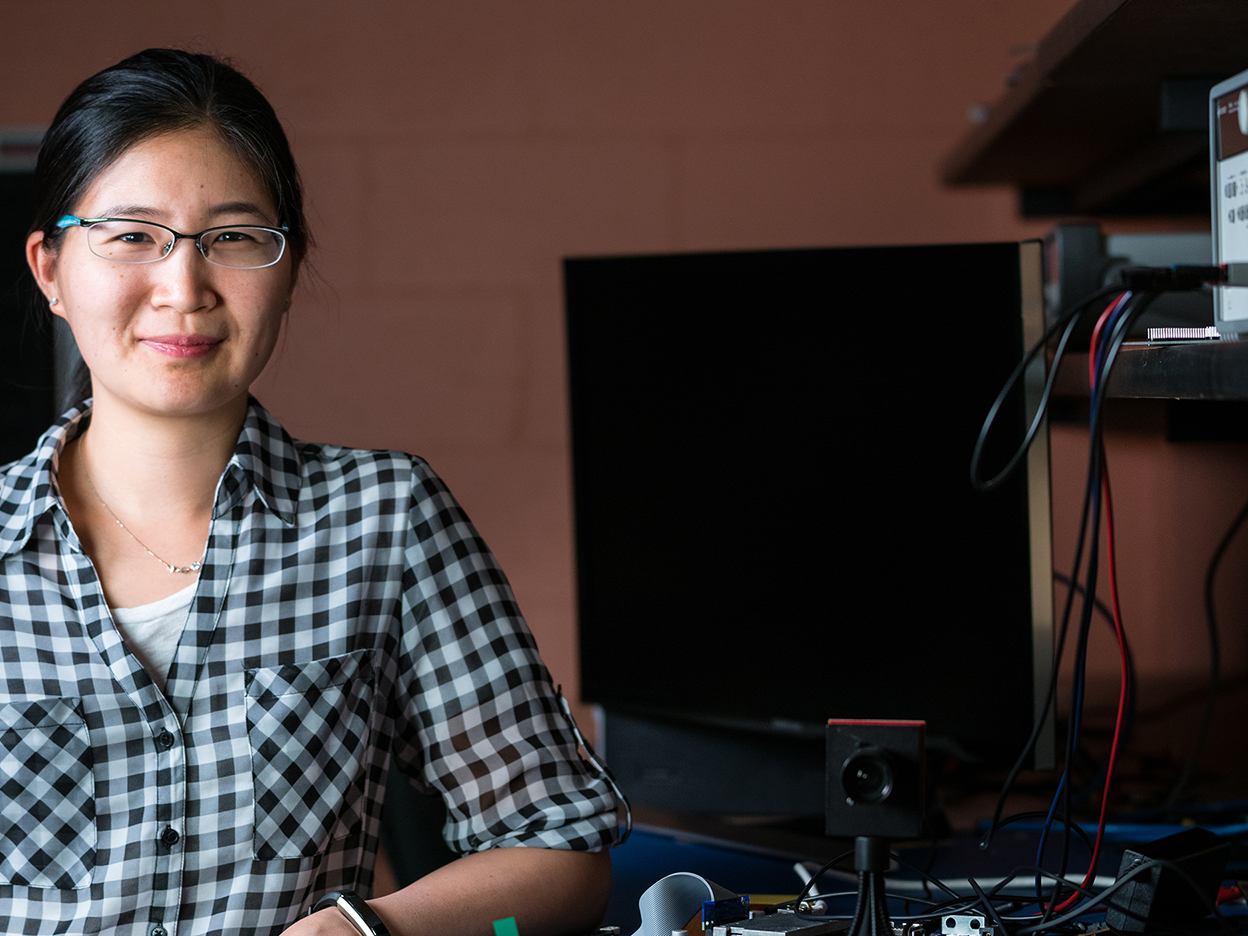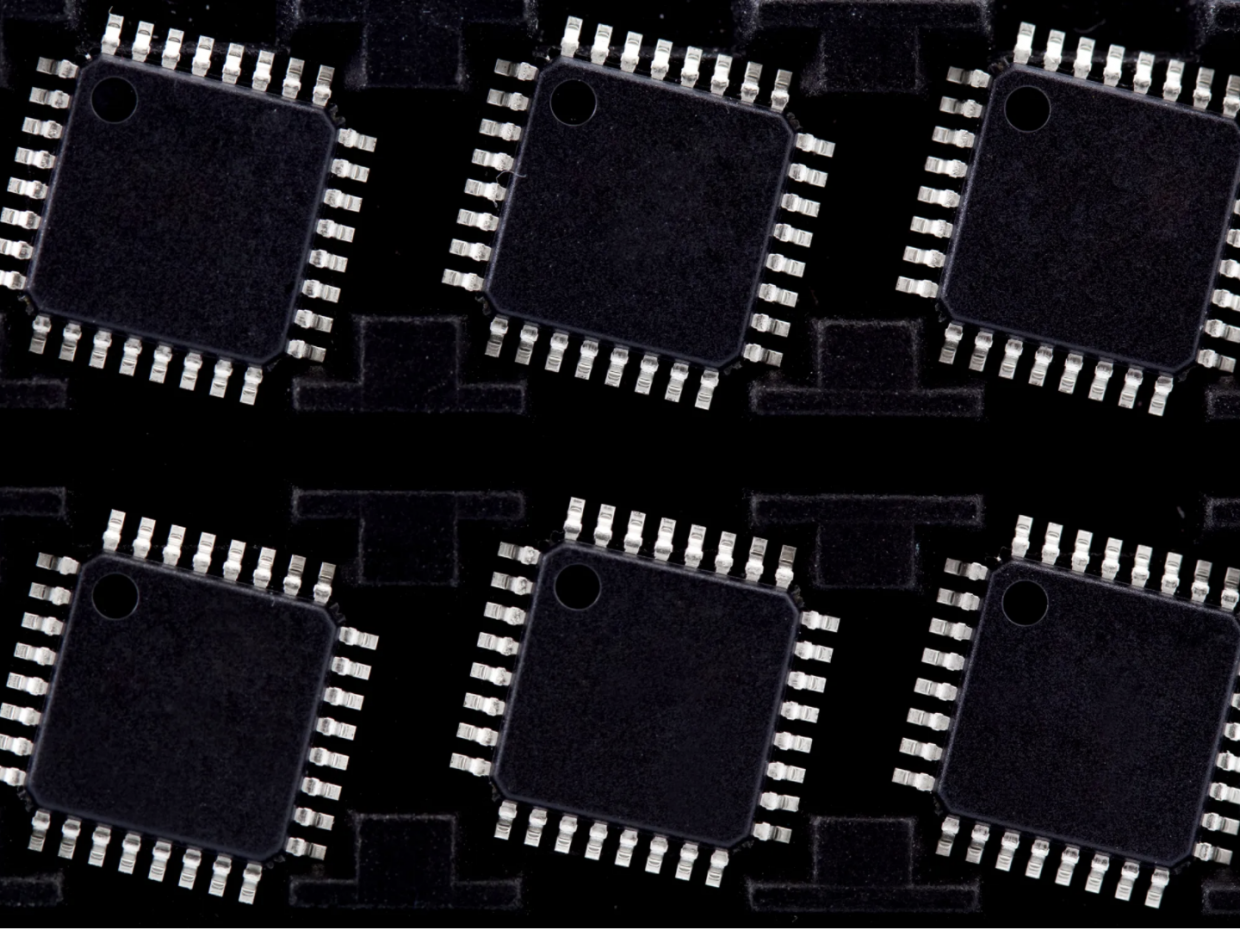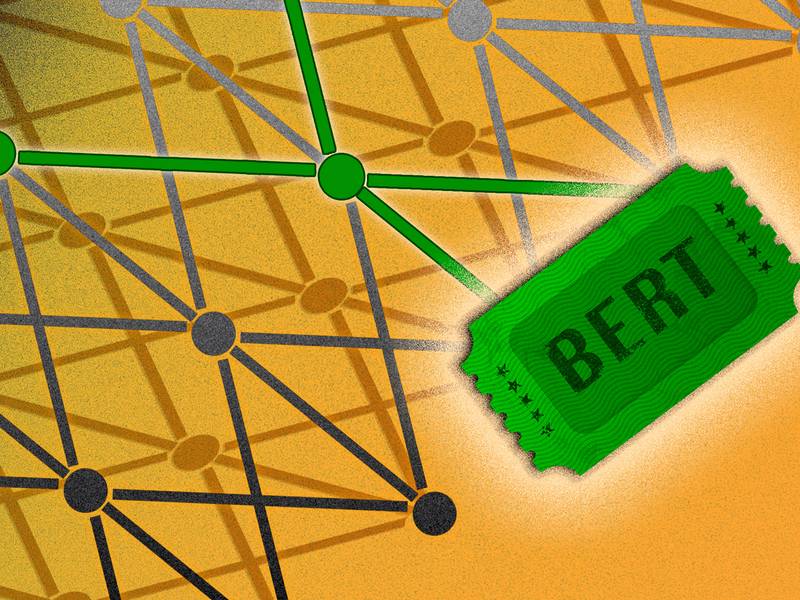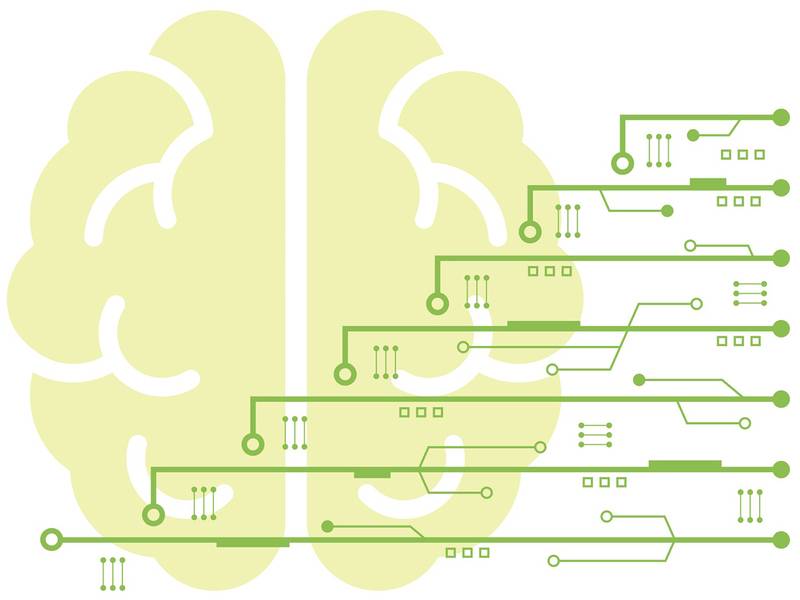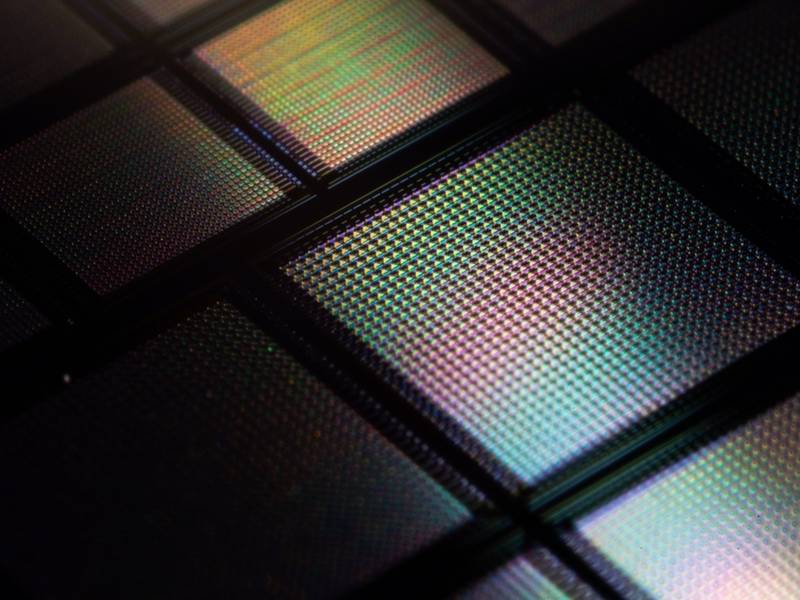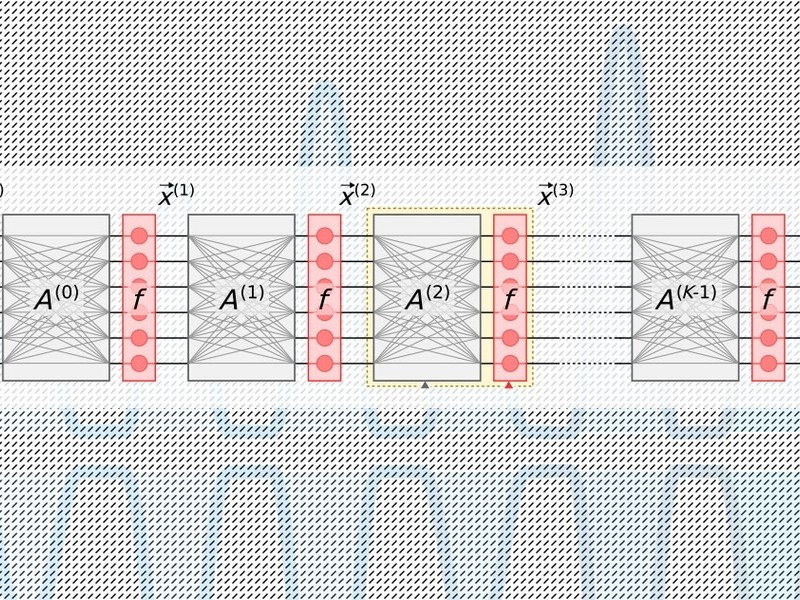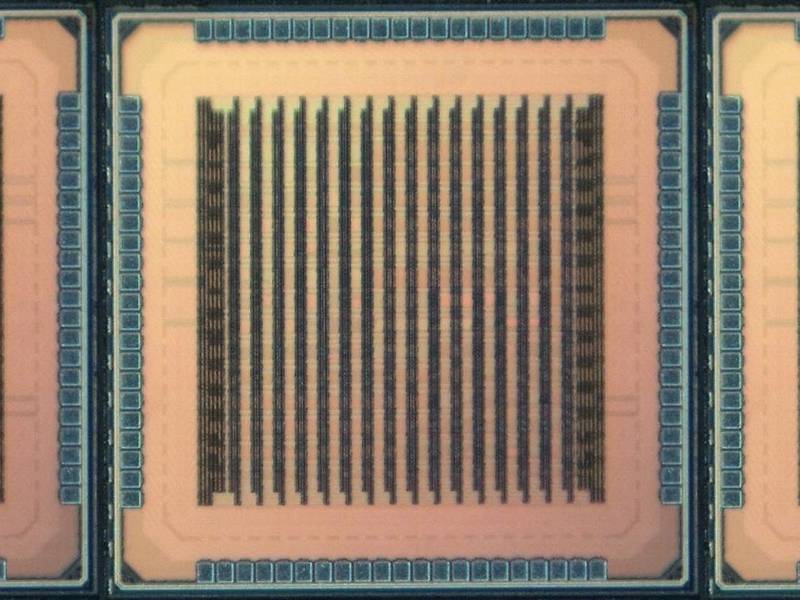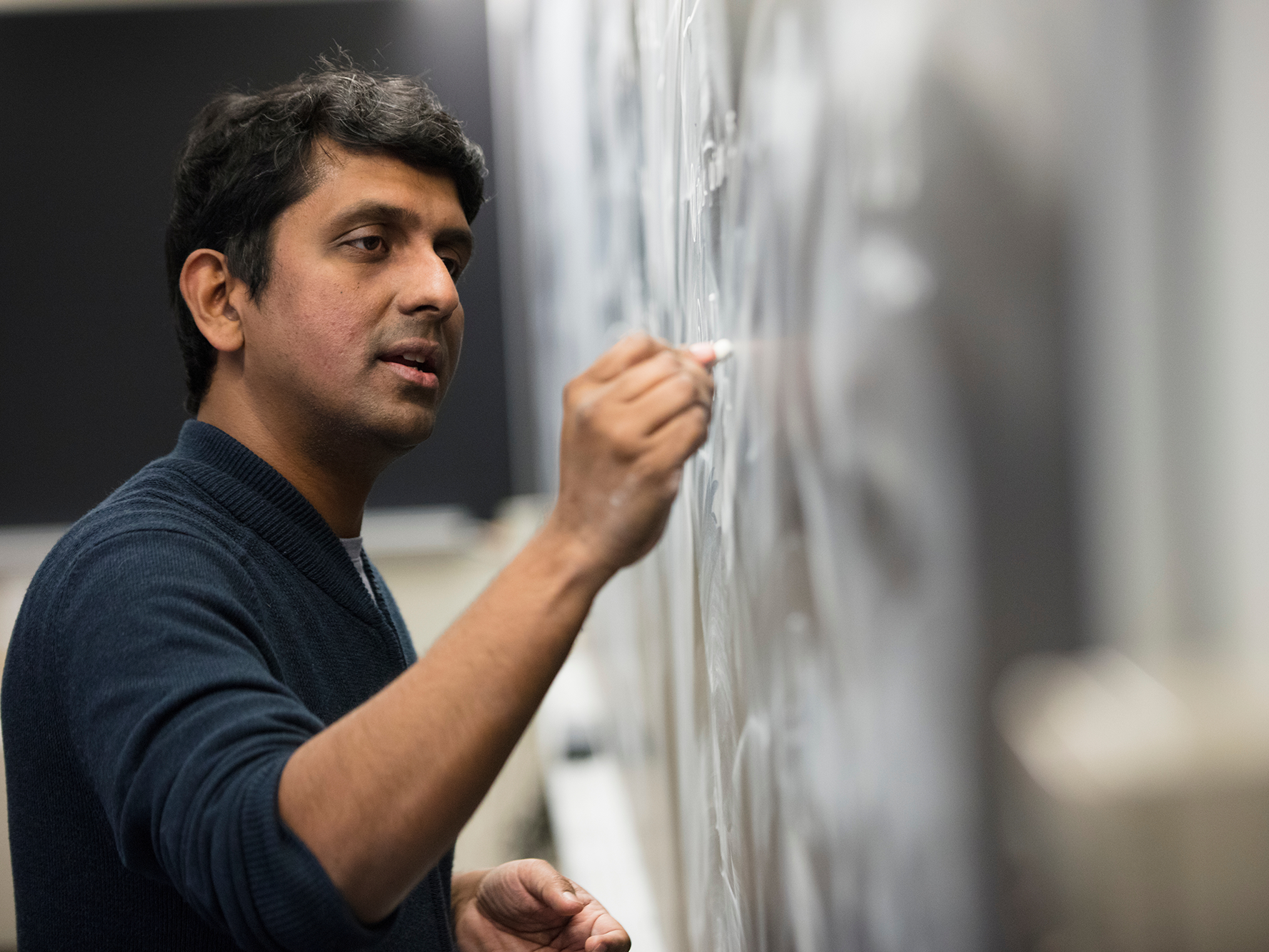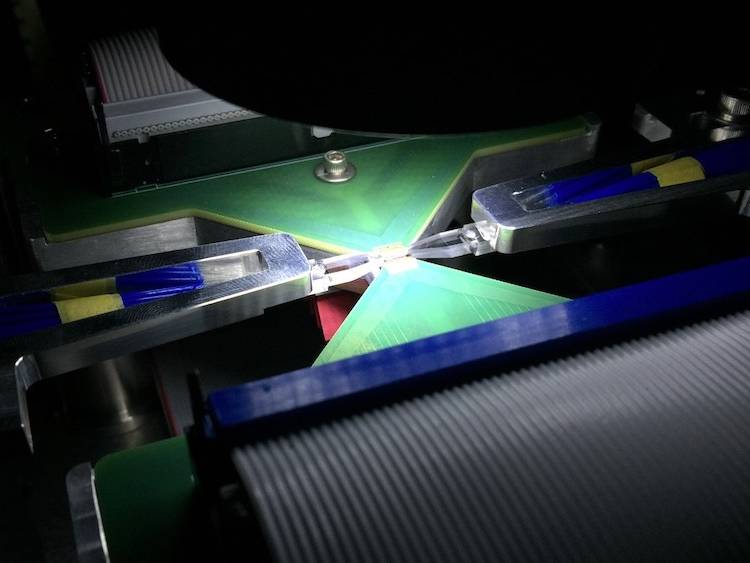News
In the News
April 30, 2025
MIT Engineers Advance Toward a Fault-tolerant Quantum Computer
Adam Zewe | MIT News
Researchers achieved a type of coupling between artificial atoms and photons that could enable readout and processing of quantum information in a few nanoseconds.
April 28, 2025
New Chip Tests Cooling Solutions for Stacked Microelectronics
Kylie Foy | MIT Lincoln Laboratory
Preventing 3D integrated circuits from overheating is key to enabling their widespread use.
April 23, 2025
New Electronic “skin” could Enable Lightweight Night-vision Glasses
Jennifer Chu | MIT News
MIT engineers developed ultrathin electronic films that sense heat and other signals, and could reduce the bulk of conventional goggles and scopes.
April 23, 2025
MIT Engineers Print Synthetic “Metamaterials” that are Both Strong and Stretchy
Jennifer Chu | MIT News
A new method could enable stretchable ceramics, glass, and metals, for tear-proof textiles or stretchy semiconductors.
April 11, 2025
New Method Efficiently Safeguards Sensitive AI Training Data
Adam Zewe | MIT News
The approach maintains an AI model’s accuracy while ensuring attackers can’t extract secret information.
March 21, 2025
Device enables direct communication among multiple quantum processors
Adam Zewe | MIT News
MIT researchers developed a photon-shuttling “interconnect” that can facilitate remote entanglement, a key step toward a practical quantum computer.
March 19, 2025
Security Scheme Could Protect Sensitive Data during Cloud Computation
Adam Zewe | MIT News
MIT researchers crafted a new approach that could allow anyone to run operations on encrypted data without decrypting it first.
March 13, 2025
High-performance Computing, with Much Less Code
Adam Conner-Simons | MIT CSAIL
The Exo 2 programming language enables reusable scheduling libraries external to compilers.
March 13, 2025
Researchers Establish New Basis for Quantum Sensing and Communication
MIT Laboratory for Information and Decision Systems
New theoretical approach for generating quantum states could lead to improved accuracy and reliability of information and decision systems.
February 28, 2025
Collaborating to Advance Research and Innovation on Essential Chips for AI
Microsystems Technology Laboratories
Agreement between MIT Microsystems Technology Laboratories and GlobalFoundries aims to deliver power efficiencies for data centers and ultra-low power consumption for intelligent devices at the edge.
February 20, 2025
Chip-based System for Terahertz Waves could Enable more Efficient, Sensitive Electronics
Adam Zewe | MIT News
Researchers developed a scalable, low-cost device that can generate high-power terahertz waves on a chip, without bulky silicon lenses.
February 11, 2025
To Keep Hardware Safe, Cut Out the Code’s Clues
Alex Shipps | MIT CSAIL
New “Oreo” method from MIT CSAIL researchers removes footprints that reveal where code is stored before a hacker can see them.
February 10, 2025
Physicists Measure a Key Aspect of Superconductivity in “Magic-angle” Graphene
Jennifer Chu | MIT News
By determining how readily electron pairs flow through this material, scientists have taken a big step toward understanding its remarkable properties.
January 17, 2025
Explained: Generative AI’s Environmental Impact
Adam Zewe | MIT News
Rapid development and deployment of powerful generative AI models comes with environmental consequences, including increased electricity demand and water consumption.
January 15, 2025
Karl Berggren Named Faculty Head of Electrical Engineering in EECS
Zach Goodale | School of Engineering
Professor who develops technologies to push the envelope of what is possible with photonics and electronic devices succeeds Joel Voldman.
January 13, 2025
Q&A: The Climate Impact of Generative AI
Anne McGovern | MIT Lincoln Laboratory
As the use of generative AI continues to grow, Lincoln Laboratory's Vijay Gadepally describes what researchers and consumers can do to help mitigate its environmental impact.
December 18, 2024
MIT Engineers Grow “High-Rise” 3D Chips
Jennifer Chu | MIT News
An electronic stacking technique could exponentially increase the number of transistors on chips, enabling more efficient AI hardware.
December 2, 2024
Photonic Processor Could Enable Ultrafast AI Computations with Extreme Energy Efficiency
Adam Zewe | MIT News
This new device uses light to perform the key operations of a deep neural network on a chip, opening the door to high-speed processors that can learn in real-time.
November 14, 2024
Bringing Lab Testing to the Home
Zach Winn | MIT News
The startup SiPhox, founded by two former MIT researchers, has developed an integrated photonic chip for high-quality, home-based blood testing.
November 4, 2024
Nanoscale Transistors Could Enable More Efficient Electronics
Adam Zewe | MIT News
Researchers are leveraging quantum mechanical properties to overcome the limits of silicon semiconductor technology.
October 30, 2024
Quantum Simulator Could Help Uncover Materials for High-performance Electronics
Adam Zewe | MIT News
By emulating a magnetic field on a superconducting quantum computer, researchers can probe complex properties of materials.
October 3, 2024
MIT Engineers Create a Chip-based Tractor Beam for Biological Particles
Adam Zewe | MIT News
The tiny device uses a tightly focused beam of light to capture and manipulate cells.
October 1, 2024
Microelectronics Projects Awarded CHIPS and Science Act Funding
Kylie Foy | MIT Lincoln Laboratory
MIT and Lincoln Laboratory are among awardees of $38 million in project awards to the Northeast Microelectronics Coalition to boost U.S. chip technology innovation.
September 26, 2024
New Security Protocol Shields Data From Attackers During Cloud-based Computation
Adam Zewe | MIT News
The technique leverages quantum properties of light to guarantee security while preserving the accuracy of a deep-learning model.
September 4, 2024
3Qs: Dirk Englund on the Quantum Computing Track within 6-5, “Electrical Engineering With Computing”
Jane Halpern | Department of Electrical Engineering and Computer Science
Professor Dirk Englund shares more about the new quantum curriculum within electrical engineering.
September 4, 2024
3Qs: Jelena Notaros on the new Silicon Photonics class within 6-5, Electrical Engineering With Computing
Jane Halpern | Department of Electrical Engineering and Computer Science
Professor Jelena Notaros shares more about the new electromagnetics and photonics curriculum within electrical engineering.
September 4, 2024
Nanostructures Enable On-chip Lightwave-electronic Frequency Mixer
Research Laboratory of Electronics
Lightwave electronics aim to integrate optical and electronic systems at incredibly high speeds, leveraging the ultrafast oscillations of light fields.
August 23, 2024
Toward a Code-breaking Quantum Computer
Adam Zewe | MIT News
Building on a landmark algorithm, researchers propose a way to make a smaller and more noise-tolerant quantum factoring circuit for cryptography.
July 31, 2024
Testing Spooky Action at a Distance
School of Engineering | Department of Mathematics | Department of Physics | Department of Electrical Engineering and Computer Science
A quantum computing research collaboration connects MIT with the University of Copenhagen.
July 26, 2024
New Transistor’s Superlative Properties Could Have Broad Electronics Applications
Elizabeth A. Thomson | Materials Research Laboratory
Ultrathin material whose properties “already meet or exceed industry standards” enables superfast switching, extreme durability.
July 23, 2024
Proton-conducting Materials could Enable New Green Energy Technologies
David L. Chandler | MIT News
Analysis and materials identified by MIT engineers could lead to more energy-efficient fuel cells, electrolyzers, batteries, or computing devices.
July 19, 2024
AI Method Radically Speeds Predictions of Materials’ Thermal Properties
Adam Zewe | MIT News
The approach could help engineers design more efficient energy-conversion systems and faster microelectronic devices, reducing waste heat.
July 12, 2024
Marking a Milestone: Dedication Ceremony Celebrates the New MIT Schwarzman College of Computing Building
Terri Park | MIT Schwarzman College of Computing
Members of the MIT community, supporters, and guests commemorate the opening of the new college headquarters.
June 27, 2024
Wireless Receiver Blocks Interference for Better Mobile Device Performance
Adam Zewe | MIT News
This novel circuit architecture cancels out unwanted signals at the earliest opportunity.
June 11, 2024
New Computer Vision Method Helps Speed Up Screening of Electronic Materials
Jennifer Chu | MIT News
The technique characterizes a material’s electronic properties 85 times faster than conventional methods.
June 10, 2024
Quantum Explained
MIT News
Professor of physics and director of the MIT Center for Quantum Computing, Will Oliver, explains quantum technology.
June 6, 2024
Researchers Demonstrate the First Chip-based 3D Printer
Adam Zewe | MIT News
Smaller than a coin, this optical device could enable rapid prototyping on the go.
June 4, 2024
QS Ranks MIT the World’s No. 1 University for 2024-25
MIT News
Ranking at the top for the 13th year in a row, the Institute also places first in 11 subject areas.
May 29, 2024
Modular, Scalable Hardware Architecture for a Quantum Computer
Adam Zewe | MIT News
A new quantum-system-on-chip enables the efficient control of a large array of qubits, moving toward practical quantum computing.
May 23, 2024
Turning Up the Heat on Next-generation Semiconductors
Adam Zewe | MIT News
Research sheds light on the properties of novel materials that could be used in electronics operating in extremely hot environments.
May 13, 2024
Physicists Create Five-lane Superhighway for Electrons
Elizabeth A. Thomson | Materials Research Laboratory
Work on the superhighway for electrons that can occur in rhombohedral graphene, a special kind of graphite, could lead to ultra-efficient electronics and more.
May 9, 2024
MIT.nano: Engineering at the Heart of the Institute
Karie Shen | The Tech
Scholvin: “Nothing that happens in microfabrication should work. And the reason it’s possible is because we negotiate with nature, in some sense.”
May 3, 2024
Creating Bespoke Programming Languages for Efficient Visual AI Systems
Lauren Hinkel | MIT-IBM Watson AI Lab
Associate Professor Jonathan Ragan-Kelley optimizes how computer graphics and images are processed for the hardware of today and tomorrow.
May 1, 2024
Yanjie Shao and Jesús del Alamo receive Intel’s 2023 Outstanding Researcher Award
Microsystems Technology Laboratories
They were selected for this award for their work on “Exploring the Limits of Vertical-Nanowire Tunnel Field-Effect Transistors in the Nanoscale.”
April 24, 2024
MIT Scientists Tune the Entanglement Structure in an Array of Qubits
Adam Zewe | MIT News
The advance offers a way to characterize a fundamental resource needed for quantum computing.
April 23, 2024
This Tiny Chip Can Safeguard User Data while Enabling Efficient Computing on a Smartphone
Adam Zewe | MIT News
Researchers have developed a security solution for power-hungry AI models that offers protection against two common attacks.
April 4, 2024
Propelling Atomically Layered Magnets Toward Green Computers
Media Lab
MIT scientists have tackled key obstacles to bringing 2D magnetic materials into practical use, setting the stage for the next generation of energy-efficient computers.
April 3, 2024
MIT Researchers Discover “Neutronic Molecules”
David L. Chandler | MIT News
Study shows neutrons can bind to nanoscale atomic clusters known as quantum dots. The finding may provide insights into material properties and quantum effects.
April 1, 2024
How ASML took over the chipmaking chessboard
Mat Honan, James O'Donnell | MIT Technology Review
MIT Technology Review sat down with outgoing CTO Martin van den Brink to talk about the company’s rise to dominance and the life and death of Moore’s Law.
March 29, 2024
Life is short, so aim high
Michaela Jarvis | MIT News
Professor Rafael Jaramillo relishes the challenge of developing new, environmentally beneficial semiconductor materials.
March 29, 2024
A first-ever Complete Map for Elastic Strain Engineering
Peter Reuell | Department of Nuclear Science and Engineering
New research by a team of MIT engineers offers a guide for fine-tuning specific material properties.
March 28, 2024
VIAVI Solutions Joins MIT.nano Consortium
MIT.nano
International technology company becomes sustaining member of industry group.
March 22, 2024
Students Explore Career Opportunities in Semiconductors
MIT.nano
Global Semiconductor Alliance’s Women’s Leadership Initiative provides inspiration and guidance to MIT students.
March 19, 2024
Pushing Material Boundaries for Better Electronics
Jennifer Chu | MIT News
Associate Professor Jeehwan Kim is exploring systems that could take over where silicon leaves off.
March 18, 2024
Unlocking the Quantum Future
Rachel Yang | Research Laboratory of Electronics
At the MIT Quantum Hackathon, a community tackles quantum computing challenges.
March 15, 2024
2024 MacVicar Faculty Fellows
Meghan Burke | Registrar’s Office
Professors Berggren, Campbell, Pollock, and Vaikuntanathan are honored for exceptional undergraduate teaching.
February 28, 2024
Study Unlocks Nanoscale Secrets for Designing Next-generation Solar Cells
David L. Chandler | MIT News
The work will help researchers tune surface properties of perovskites, a promising alternative and supplement to silicon, for more efficient photovoltaics.
February 23, 2024
MIT Engineers 3D Print the Electromagnets at the Heart of Many Electronics
Adam Zewe | MIT News
The printed solenoids could enable electronics that cost less and are easier to manufacture — on Earth or in space.
February 22, 2024
Researchers Harness 2D Magnetic Materials for Energy-efficient Computing
Adam Zewe | MIT News
An MIT team precisely controlled an ultrathin magnet at room temperature, which could enable faster, more efficient processors and computer memories.
February 21, 2024
Electrons Become Fractions of Themselves in Graphene, Study Finds
Jennifer Chu | MIT News
An exotic electronic state observed by MIT physicists could enable more robust forms of quantum computing.
February 18, 2024
This Tiny, Tamper-proof ID Tag Can Authenticate Almost Anything
Adam Zewe | MIT News
MIT engineers developed a tag that can reveal with near-perfect accuracy whether an item is real or fake. The key is in the glue on the back of the tag.
February 14, 2024
Using AI to Discover Stiff and Tough Microstructures
Rachel Gordon | MIT CSAIL
Innovative AI system from MIT CSAIL melds simulations and physical testing to forge materials with newfound durability and flexibility for diverse engineering uses.
February 13, 2024
A New Way to Let AI Chatbots Converse All Day without Crashing
Adam Zewe | MIT News
Researchers developed a simple yet effective solution for a puzzling problem that can worsen the performance of large language models such as ChatGPT.
February 8, 2024
Technique Could Improve the Sensitivity of Quantum Sensing Devices
Adam Zewe | MIT News
New method lets researchers identify and control larger numbers of atomic-scale defects, to build a bigger system of qubits.
January 30, 2024
MIT, Applied Materials, and the Northeast Microelectronics Coalition Hub to bring 200mm Advanced Research Capabilities to MIT.nano
MIT.nano
State-of-the-art toolset will bridge academic innovations and industry pathways to scale for semiconductors, microelectronics, and other critical technologies.
January 30, 2024
New MIT.nano Equipment to Accelerate Innovation in “Tough Tech” Sectors
Zach Winn | MIT News
The advanced fabrication tools will enable the next generation of microelectronics and microsystems while bridging the gap from the lab to commercialization.
December 13, 2023
Closing the Design-to-Manufacturing Gap for Optical Devices
Adam Zewe | MIT News
A new method enables optical devices that more closely match their design specifications, boosting accuracy and efficiency.
December 11, 2023
MIT Group Releases White Papers on Governance of AI
Peter Dizikes | MIT News
MIT has released a new set of policy papers about the governance of artificial intelligence, with aims to help policymakers create better oversight of AI in society.
December 11, 2023
Scientists 3D Print Self-heating Microfluidic Devices
Adam Zewe | MIT News
The one-step fabrication process rapidly produces miniature chemical reactors that could be used to detect diseases or analyze substances.
December 8, 2023
Researchers Safely Integrate Fragile 2D Materials into Devices
Adam Zewe | MIT News
The advance opens a path to next-generation devices with unique optical and electronic properties.
December 7, 2023
MIT Engineers Develop a Way to Determine how the Surfaces of Materials Behave
David L. Chandler | MIT News
Using machine learning, the computational method can provide details of how materials work as catalysts, semiconductors, or battery components.
November 30, 2023
New Study Shows how Universities are Critical to Emerging Fusion Industry
Peter Reuell | Julianna Mullen | Plasma Science and Fusion Center
Fusion’s success as a renewable energy depends on the creation of an industry to support it, and academia is vital to that industry’s development.
November 30, 2023
With a Quantum “Squeeze,” Clocks Could Keep Even More Precise Time, MIT Researchers Propose
Jennifer Chu | MIT News
Clocks, lasers, and other oscillators could be tuned to super-quantum precision, allowing researchers to track infinitesimally small differences in time, and measure quantum phenomena, including the presence of dark matter.
November 27, 2023
Celebrating five years of MIT.nano
Amanda Stoll DiCristofaro | MIT.nano
The Nano Summit highlights nanoscale research across multiple disciplines at MIT.
November 27, 2023
Team Engineers Nanoparticles Using Ion Irradiation to Advance Clean Energy and Fuel Conversion
Elizabeth Thomson | Materials Research Laboratory
Combining the techniques, metal exsolution and ion irradiation, demonstrates control over key nanoparticle properties leading to better performance.
November 16, 2023
Technique Enables AI on Edge Devices to Keep Learning Over Time
Adam Zewe | MIT News
With the PockEngine training method, machine-learning models can efficiently and continuously learn from user data on edge devices like smartphones.
November 9, 2023
MIT Engineers are on a Failure-Finding Mission
Jennifer Chu | MIT News
The team’s new algorithm finds failures and fixes in all sorts of autonomous systems, from drone teams to power grids.
October 30, 2023
Engineers Develop an Efficient Process to Make Fuel from Carbon Dioxide
David L. Chandler | MIT News
The approach directly converts the greenhouse gas into formate, a solid fuel that can be stored indefinitely and could be used to heat homes or power industries.
October 30, 2023
New Techniques Efficiently Accelerate Sparse Tensors for Massive AI Models
Adam Zewe | MIT News
Researchers from MIT and NVIDIA developed two complementary techniques that could dramatically boost the speed and performance of high-performance computing applications like graph analytics or generative AI. Both of the new methods seek to efficiently exploit sparsity — zero values — in the tensors.
October 30, 2023
Accelerating AI Tasks While Preserving Data Security
Adam Zewe | MIT News
The SecureLoop search tool efficiently identifies secure designs for hardware that can boost the performance of complex AI tasks, while requiring less energy.
October 25, 2023
Morris Chang ’52, SM ’53 describes the secrets of semiconductor success
Peter Dizikes | MIT News
At MIT, a driving force in the chip-making industry discusses the rise of TSMC and Taiwan as a manufacturing center.
October 18, 2023
From a Five-layer Graphene Sandwich, a Rare Electronic State Emerges
Jennifer Chu | MIT News
A newly discovered type of electronic behavior could help with packing more data into magnetic memory devices.
October 17, 2023
New Technique Helps Robots Pack Objects into a Tight Space
Adam Zewe | MIT News
Researchers coaxed a family of generative AI models to work together to solve multistep robot manipulation problems.
October 11, 2023
Physicists Coax Superconductivity and More from Quasicrystals
Elizabeth A. Thomson | Materials Research Laboratory
Flexible platform could produce enigmatic materials, lead to new studies of exotic phenomena.
October 10, 2023
Making More Magnetism Possible with Topology
Peter Reuell | Department of Nuclear Science and Engineering
MIT researchers show how topology can help create magnetism at higher temperatures.
September 27, 2023
Quantum Repeaters Use Defects in Diamond to Interconnect Quantum Systems
Ariana Tantillo | MIT Lincoln Laboratory
This technology for storing and transmitting quantum information over lossy links could provide the foundation for scalable quantum networking.
September 25, 2023
New Qubit Circuit Enables Quantum Operations with Higher Accuracy
Adam Zewe | MIT News
This advance in superconducting qubit architecture brings quantum error correction a step closer to reality.
September 13, 2023
Helping Computer Vision and Language Models Understand What They See
Adam Zewe | MIT News
Researchers use synthetic data to improve a model’s ability to grasp conceptual information, which could enhance automatic captioning and question-answering systems.
September 13, 2023
Pixel-by-pixel Analysis Yields Insights into Lithium-ion Batteries
Anne Trafton | MIT News
In a first, researchers have observed how lithium ions flow through a battery interface, which could help engineers optimize the material’s design.
September 11, 2023
System Combines Light and Electrons to Unlock Faster, Greener Computing
Alex Shipps | MIT CSAIL
“Lightning” system connects photons to the electronic components of computers using a novel abstraction, creating the first photonic computing prototype to serve real-time machine-learning inference requests.
August 27, 2023
Building Tools To Learn Human Brain Processes
Imagination + AI, MIT CSAIL, Forbes
The CSAIL Imagination in Action @ MIT Symposium aimed to educate and motivate entrepreneurs on building successful AI-focused companies, attracting a diverse audience passionate about AI's transformative potential.
August 22, 2023
Machine-learning System Based on Light Could Yield More Powerful, Efficient Large Language Models
Elizabeth A. Thomson | Materials Research Laboratory
MIT system demonstrates greater than 100-fold improvement in energy efficiency and a 25-fold improvement in compute density compared with current systems.
August 11, 2023
Arrays of Quantum Rods Could Enhance TVs or Virtual Reality Devices
Anne Trafton | MIT News
MIT engineers have used DNA origami scaffolds to create precisely structured arrays of quantum rods, which could be incorporated into LEDs for televisions or virtual reality devices.
August 2, 2023
Sensing and Controlling Microscopic Spin Density in Materials
David L. Chandler | MIT News
By fine-tuning the spin density in some materials, researchers may be able to develop new quantum sensors or quantum simulations.
August 2, 2023
New Method Simplifies the Construction Process for Complex Materials
Adam Zewe | MIT News
With a new, user-friendly interface, researchers can quickly design many cellular metamaterial structures that have unique mechanical properties.
July 31, 2023
MIT Engineers Create an Energy-storing Supercapacitor from Ancient Materials
David L. Chandler | MIT News
Made of cement, carbon black, and water, the device could provide cheap and scalable energy storage for renewable energy sources.
July 26, 2023
The Complicated Interplay: AI and Government
Stephen Goldsmith | Harvard Data-Smart City Solutions
MIT Dean Daniel Huttenlocher discusses generative AI, its applications, and safe use of AI technologies.
July 25, 2023
New Quantum Magnet Unleashes Electronics Potential
Julianna Mullen | Plasma Science and Fusion Center
Researchers discover how to control the anomalous Hall effect and Berry curvature to create flexible quantum magnets for use in computers, robotics, and sensors.
July 21, 2023
New Sensor Mimics Cell Membrane Functions
Anne Trafton | MIT News Office
The device detects the same molecules that cell receptors do, and may enable routine early screening for cancers and other diseases.
July 5, 2023
Superconducting Qubit Foundry Accelerates Progress in Quantum Research
Kylie Foy | Haley Wahl | MIT Lincoln Laboratory
A 200-millimeter superconducting qubit wafer fabricated through the Superconducting Qubits at Lincoln Laboratory (SQUILL) Foundry is one example of how the foundry is expanding access to quantum research by fabricating high-quality quantum circuits for U.S. research organizations.
May 18, 2023
Three MIT-led Projects Awarded MURI Funding for 2023
Kimberly Tecce | Rachel Gordon | Department of Mechanical Engineering | MIT CSAIL
Through the Multidisciplinary University Research Initiative, the US Department of Defense supports research projects in areas of critical importance to national defense.
May 4, 2023
Researchers Create a Tool for Accurately Simulating Complex Systems
Adam Zewe | MIT News Office
The system they developed eliminates a source of bias in simulations, leading to improved algorithms that can boost the performance of applications.
April 27, 2023
MIT Engineers “Grow” Atomically Thin Transistors on top of Computer Chips
Adam Zewe | MIT News Office
A new low-temperature growth and fabrication technology allows the integration of 2D materials directly onto a silicon circuit, which could lead to denser and more powerful chips.
March 23, 2023
QuEra to Bring Expanded Quantum Capability to NERSC
HPC Wire
QuEra Computing, maker of the world’s first and only publicly accessible neutral-atom quantum computer – Aquila, announced a new partnership with the National Energy Research Scientific Computing Center (NERSC).
March 22, 2023
Learning to Grow Machine-learning Models
Adam Zewe | MIT News Office
New LiGO technique accelerates training of large machine-learning models, reducing the monetary and environmental cost of developing AI applications.
March 21, 2023
A Glimpse Inside Intel
Peter Dizikes | MIT News Office
Intel CEO Pat Gelsinger gave an optimistic account on the future of U.S. semiconductor manufacturing during his talk at the Manufacturing@MIT distinguished speaker series.
March 21, 2023
MIT-led Teams Win National Science Foundation Grants to Research Sustainable Materials
Materials Research Laboratory | Department of Nuclear Science and Engineering | Department of Materials Science and Engineering
The teams will work toward sustainable microchips and topological materials as well as socioresilient materials design.
March 20, 2023
Shivam Kajale of Nano-Cybernetic Biotrek Creates Awareness About the Urgent Need to Develop Environmentally Sustainable AI
Mark Grinstein-Camacho
The impending threat of large-scale computation to the environment often goes unnoticed in our software-orientated world.
March 15, 2023
Resilient Bug-sized Robots Keep Flying even after Wing Damage
Adam Zewe | MIT News Office
New repair techniques enable microscale robots to recover flight performance after suffering severe damage to the artificial muscles that power their wings.
March 13, 2023
New Method Accelerates Data Retrieval in Huge Databases
Adam Zewe | MIT News Office
Researchers use machine learning to build faster and more efficient hash functions, which are a key component of databases.
March 10, 2023
It’s a weird, weird quantum world
Jennifer Chu | MIT News Office
In MIT’s 2023 Killian Lecture, Peter Shor shares a brief history of quantum computing from a personal viewpoint.
February 28, 2023
Report: CHIPS Act Just the First Step in Addressing Threats to US Leadership in Advanced Computing
Rachel Gordon | MIT CSAIL
The Advanced Computing Users Survey, sampling sentiments from 120 top-tier universities, national labs, federal agencies, and private firms, finds the decline in America’s advanced computing lead spans many areas.
February 28, 2023
Phiala Shanahan Is Seeking Fundamental Answers About Our Physical World
Jennifer Chu | MIT News Office
With supercomputers and machine learning, the physicist aims to illuminate the structure of everyday particles and uncover signs of dark matter.
February 22, 2023
Student-led Conference Charts the Future of Micro- and Nanoscale Research, Reinforces Scientific Community
Amanda Stoll DiCristofaro | MIT.nano
2023 marked the 19th year for the student-led Microsystems Annual Research Conference and reveals the next era of microsystems technologies.
February 22, 2023
A New Chip for Decoding Data Transmissions Demonstrates Record-breaking Energy Efficiency
Adam Zewe | MIT News Office
The chip, which can decipher any encoded signal, could enable lower-cost devices that perform better while requiring less hardware.
February 21, 2023
New Chip for Mobile Devices Knocks Out Unwanted Signals
Adam Zewe | MIT News Office
MIT researchers have developed a receiver chip for a mobile device that targets and blocks unwanted radio frequency signals at the receiver’s input, without hurting its performance or slowing down the device.
February 21, 2023
A New Way for Quantum Computing Systems to Keep Their Cool
Adam Zewe | MIT News Office
A wireless technique enables a super-cold quantum computer to send and receive data without generating too much error-causing heat.
February 15, 2023
Engineers Discover a New Way to Control Atomic Nuclei as “Qubits”
David L. Chandler | MIT News Office
Using lasers, researchers can directly control a property of nuclei called spin, that can encode quantum information.
February 9, 2023
Scientists Boost Quantum Signals while Reducing Noise
Adam Zewe | MIT News Office
“Squeezing” noise over a broad frequency bandwidth in a quantum system could lead to faster and more accurate quantum measurements.
February 6, 2023
Automating the Math for Decision-making Under Uncertainty
Rachel Paiste | Department of Brain and Cognitive Sciences | MIT CSAIL
A new tool, ADEV, brings the benefits of AI programming to a much broader class of problems.
February 1, 2023
Engineers invent vertical, full-color microscopic LEDs
Jennifer Chu | MIT News Office
Stacking light-emitting diodes instead of placing them side by side could enable fully immersive virtual reality displays and higher-resolution digital screens.
January 30, 2023
Study: Superconductivity switches on and off in “magic-angle” graphene
Jennifer Chu | MIT News Office
A quick electric pulse completely flips the material’s electronic properties, opening a route to ultrafast, brain-inspired, superconducting electronics.
January 27, 2023
Bilge Yildiz wins Rahmi M. Koç Medal of Science
Jason Sparapani | Department of Materials Science and Engineering
Award recognizes scientists of Turkish origin younger than 50 who have made outstanding contributions to their fields.
January 26, 2023
NSF announces nearly $50 million partnership with Ericsson, IBM, Intel, and Samsung to support the future of semiconductor design and manufacturing
NSF | Directorate for Technology, Innovation and Partnerships
The U.S. National Science Foundation announces a cross-sector partnership with Ericsson, IBM, Intel, and Samsung to support the design of the next generation of semiconductors as part of its Future of Semiconductors (FuSe) initiative.
January 24, 2023
Sensing with Purpose
Adam Zewe | MIT News Office
Fadel Adib uses wireless technologies to sense the world in new ways, taking aim at sweeping problems such as food insecurity, climate change, and access to health care.
January 18, 2023
MIT engineers grow “perfect” atom-thin materials on industrial silicon wafers
Jennifer Chu | MIT News Office
New technique could allow chip manufacturers to produce next-generation transistors based on materials other than silicon.
January 18, 2023
Can you trust your quantum simulator?
Jennifer Chu | MIT News Office
MIT physicists have developed a protocol to verify the accuracy of quantum experiments.
January 13, 2023
Computers that Power Self-driving Cars Could be a Huge Driver of Global Carbon Emissions
Adam Zewe | MIT News Office
Study shows that if autonomous vehicles are widely adopted, hardware efficiency will need to advance rapidly to keep computing-related emissions in check.
January 5, 2023
New Quantum Computing Architecture Could be Used to Connect Large-scale Devices
Adam Zewe | MIT News Office
Researchers have demonstrated directional photon emission, the first step toward extensible quantum interconnects.
January 4, 2023
Strengthening Electron-triggered Light Emission
David L. Chandler | MIT News Office
A new method can produce a hundredfold increase in light emissions from a type of electron-photon coupling, which is key to electron microscopes and other technologies.
December 22, 2022
Manufacturing a Cleaner Future
Mary Beth Gallagher | Department of Mechanical Engineering
Startups founded by mechanical engineers are at the forefront of developing solutions to mitigate the environmental impact of manufacturing.
December 21, 2022
Putting a New Spin on Computer Hardware
Adam Zewe | MIT News Office
Luqiao Liu utilizes a quantum property known as electron spin to build low-power, high-performance computer memories and programmable computer chips.
December 21, 2022
The US Can Shape the Future of Semiconductors if Congress Thinks Ahead
Rafael Reif | The Hill, Opinion Contributor
Spurred by strained supply chains, growing concerns about China, and the landmark CHIPS and Science Act Congress enacted last summer, U.S. semiconductor manufacturing seems poised for a renaissance.
December 21, 2022
Pablo Jarillo-Herrero Delivers 2022 Dresselhaus Lecture on the Magic of Moiré Quantum Matter
Amanda Stoll DiCristofaro | MIT.nano
The MIT professor discussed a new nanoengineered platform to investigate strongly correlated and topological physics.
December 14, 2022
Tomás Palacios Named New Director of the Microsystems Technology Laboratories (MTL)
Meghan Melvin | Microsystems Technology Laboratories
Jane Halpern | Department of Electrical Engineering and Computer Science
The Microsystems Technology Laboratories (MTL) will be helmed by Tomás Palacios, who assumed the role of Director of MTL on December 1, 2022.
December 9, 2022
Paper-thin Solar Cell Can Turn any Surface into a Power Source
Adam Zewe | MIT News Office
Researchers develop a scalable fabrication technique to produce ultrathin, lightweight solar cells that can be seamlessly added to any surface.
December 2, 2022
Computing With Chemicals Makes Faster, Leaner AI
Dina Genkina | IEEE Spectrum
Battery-inspired artificial synapses are gaining ground, and analog electrochemical memory (ECRAM) arrays provide a prototype for artificial synapses in AI training.
November 29, 2022
Breaking the Scaling Limits of Analog Computing
Adam Zewe | MIT News Office
MIT researchers have developed a new technique could diminish errors that hamper the performance of super-fast analog optical neural networks.
November 29, 2022
Busy GPUs: Sampling and Pipelining Method Speeds Up Deep Learning on Large Graphs
Lauren Hinkel | MIT-IBM Watson AI Lab
New technique significantly reduces training and inference time on extensive datasets to keep pace with fast-moving data in finance, social networks, and fraud detection in cryptocurrency.
November 28, 2022
New Device Can Control Light at Unprecedented Speeds
Adam Zewe | MIT News Office
Researchers have developed a programmable, wireless optical device that can manipulate light at the wavelength scale for high-speed beam steering.
November 3, 2022
Ghobadi Wins SIGCOMM Rising Star Award
Alex Shipps | MIT CSAIL News
Manya Ghobadi aims to make large-scale computer networks more efficient, ultimately developing adaptive smart networks.
October 24, 2022
Dan Huttenlocher: Ushering In a New Era of Computing
Daniel de Wolff | MIT Industrial Liaison Program
Dan Huttenlocher is a professor in the Electrical Engineering and Computer Science department at MIT and the inaugural dean at MIT Schwarzman College of Computing. In his role as dean, he is working to infuse computing with the other disciplines at scale, across the Institute.
October 20, 2022
Deep Learning with Light
Adam Zewe | MIT News Office
A new novel piece of hardware, called a smart transceiver, uses silicon photonics to accelerate machine-learning computations on smart speakers and other low-power connected devices.
October 20, 2022
Sally Kornbluth is Named as MIT’s 18th President
Steve Bradt | MIT News Office
In her role as Duke University’s provost since 2014, Sally has advocated for faculty excellence and commitment to the student experience. Sally Kornbluth will assume the MIT presidency in January 2023.
October 17, 2022
3 Questions: Blue Hydrogen and the World’s Energy Systems
Turner Jackson | MIT Energy Initiative
Research Scientist Emre Gençer describes natural gas–based hydrogen production with carbon capture and storage, and the role hydrogen will play in decarbonizing our energy systems.
October 13, 2022
MIT.nano Adds New Instruments to Create and Analyze at the Nanoscale
MIT.nano
MIT.nano has added several new instruments, expanding the facilities’ capabilities at the nanoscale. These new tools can accommodate samples from small pieces up to 200 mm wafers.
October 11, 2022
Future of Work: American Innovation
David J. Lynch | Washington Post Live
MIT president, Rafael Reif recently spoke on Washington Post Live with David J. Lynch, a global economics correspondent, on the future of the American innovation ecosystem.
October 7, 2022
New System Designs Nanomaterials that Conduct Heat in Specific Ways
Adam Zewe | MIT News Office
The technique could be used to fabricate computer chips that won’t get too hot while operating, or materials that can convert waste heat to energy.
October 6, 2022
Massachusetts Microelectronics Internship Program Connects Undergraduates with Industry
Jane Halpern | Department of Electrical Engineering and Computer Science
MMIP aims to incentivize more students to consider a career in semiconductors and microelectronics, addressing a crucial, nationwide talent gap.
October 4, 2022
Learning on the Edge
Adam Zewe | MIT News Office
A new technique enables AI models to continually learn from new data on intelligent edge devices like smartphones and sensors, reducing energy costs and privacy risks.
Internet of ThingsEdge SecurityIntelligent SensorsHigh Performance Computation
September 27, 2022
New Program to Support Translational Research in AI, Data Science, and Machine Learning
School of Engineering
The MIT-Pillar AI Collective will center on the market discovery process, advancing projects through market research, customer discovery, and prototyping.
September 21, 2022
In-home Wireless Device Tracks Disease Progression in Parkinson’s Patients
Adam Zewe | MIT News Office
By continuously monitoring a patient’s gait speed, the system can assess the condition’s severity between visits to the doctor’s office.
August 22, 2022
Artificial Intelligence Model Can Detect Parkinson’s from Breathing Patterns
Alex Ouyang | Jameel Clinic
An MIT-developed device with the appearance of a Wi-Fi router uses a neural network to discern the presence and severity of one of the fastest-growing neurological diseases in the world.
August 18, 2022
Engineers Fabricate a Chip-free, Wireless Electronic “Skin”
Jennifer Chu | MIT News Office
The device senses and wirelessly transmits signals related to pulse, sweat, and ultraviolet exposure, without bulky chips or batteries.
August 12, 2022
U.S. Sen. Elizabeth Warren Visits MIT to Celebrate Passage of CHIPS and Science Act
Adam Zewe | MIT News Office
U.S. Senator Elizabeth Warren toured MIT.nano and held a roundtable with university leaders to discuss how the new CHIPS law could advance research and education in the state.
July 29, 2022
Why Congress Just Joined the Semiconductor Arms Race
Matt Stieb | New York Magazine
MIT professor Jesús del Alamo explains about how semiconductors work and why the CHIPS Act could impact our lives in the coming decade.
July 28, 2022
The US Throws $52 Billion at Chips—but Needs to Spend It Wisely
Will Knight | Wired
The CHIPS and Science Act wants to jump-start the domestic semiconductor industry, starting with manufacturing.
July 28, 2022
New Hardware Offers Faster Computation for Artificial Intelligence, with Much Less Energy
Adam Zewe | MIT News Office
Engineers working on “analog deep learning” have found a way to propel protons through solids at unprecedented speeds.
July 28, 2022
‘Artificial Synapse’ Could Make Neural Networks Work More Like Brains
Alex Wilkins | New Scientist
Networks of nanoscale resistors that work in a similar way to nerve cells in the body could offer advantages over digital machine learning.
July 22, 2022
Major Semiconductor Support Bill Passes First Hurdle
Ira Flatow | NPR's Science Friday
Prof. Jesús del Alamo speaks with Ira Flatow of NPR’s Science Friday about the importance of the CHIP Act and the pressing need to invest in semiconductor manufacturing in the U.S.
July 22, 2022
Atlantic Quantum Emerges from MIT’s Engineering Quantum Systems Lab, Raises $9M Seed Funding to Make Large-Scale Quantum Computing a Reality
James Dargan | The Quantum Insider
Atlantic Quantum, a developer of scalable quantum computers, announced a $9 million seed investment led by The Engine, the venture firm spun out of MIT that invests in early-stage Tough Tech companies.
July 20, 2022
The Domestic Chip Manufacturing Industry
Ann Fisher | NPR All Sides Podcast
Prof. Jesús del Alamo speaks with Ann Fisher of WOSU’s All Sides with Ann Fisher about the importance of supporting domestic chip manufacturing in the U.S.
July 11, 2022
A Programming Language for Hardware Accelerators
Rachel Gordon | MIT CSAIL
Researchers created Exo, which helps performance engineers transform simple programs that specify what they want to compute into very complex programs that do the same thing as the specification, only much, much faster.
July 8, 2022
Physicists Discover a “family” of Robust, Superconducting Graphene Structures
Jennifer Chu | MIT News Office
MIT physicists have established twisted graphene as a new “family” of robust superconductors, each member consisting of alternating graphene layers, stacked at precise angles. The findings could inform the design of practical superconducting devices.
June 21, 2022
Quantum Sensor Can Detect Electromagnetic Signals of any Frequency
David L. Chandler | MIT News Office
MIT engineers expand the capabilities of ultrasensitive nanoscale detectors, with potential uses for quantum computing and biological sensing.
June 17, 2022
Seeing the Whole from Some of the Parts
Steve Nadis | MIT CSAIL
MIT researchers have developed a new technique in computer vision that may enhance our three-dimensional understanding of two-dimensional images.
June 14, 2022
Stronger Security for Smart Devices
Adam Zewe | MIT News Office
MIT Researchers demonstrate two security methods that efficiently protect analog-to-digital converters from powerful attacks that aim to steal user data.
June 13, 2022
Engineers Build LEGO-like Artificial Intelligence Chip
Jennifer Chu | MIT News Office
MIT engineers have created a reconfigurable AI chip that comprises alternating layers of sensing and processing elements that can communicate with each other.
June 7, 2022
Vaikuntanathan Wins Godel Prize for Homomorphic Encryption Research
Rachel Gordon | MIT CSAIL News
Vinod Vaikuntanathan, alongside collaborators, has been awarded the Godel prize for transformative contributions on homomorphic encryption.
May 30, 2022
Dina Katabi Works to Bring Personalized Medicine Home
Ari Daniel | MIT Spectrum
Touchless sensors for medical monitoring. “Once the medical system has more experience with this type of information,” Dina Katabi SM ’99, PhD ’03 says, “it will open up a window into monitoring people’s health in their natural living environment.”
May 24, 2022
IBM Statement Welcoming New US-Japan Partnership on Semiconductors
IBM Research
IBM Senior Vice President and Director of Research Dario Gil, welcomes a new U.S.-Japan Joint Statement that includes a bilateral partnership on semiconductors.
May 12, 2022
Connecting MIT Students with Women Leading in Semiconductors
Amanda Stoll DiCristofaro | MIT.nano
Global Semiconductor Alliance’s Women’s Leadership Initiative highlights career opportunities for women in hard technology at the “Design the Solution” event at MIT.
May 5, 2022
MIT to Launch New Office of Research Computing and Data
Office of the Vice President for Research
MIT is launching a new Office of Research Computing and Data to lead effort to grow and enhance computing infrastructure and services for MIT’s research community.
April 11, 2022
MIT AI Hardware Program Features NCB Research on 2D Neuromorphic Devices for Sustainable Artificial Intelligence
Mark Grinstein-Camacho | MIT Media Lab
Nano Cybernetic Biotrek develops technologies to understand brains and employ these insights to build brainlike computers.
April 7, 2022
MIT to Name Building 12, Home of MIT.nano, in Honor of Lisa Su
MIT Resource Development
Building 12, the home of MIT.nano, will soon be named in honor of Lisa T. Su ’90, SM ’91, PhD ’94, chief executive officer and chair of the Board of Directors of AMD. Su is the first MIT alumna to make a gift for a building that will bear her own name.
April 4, 2022
MIT, Tech Firms Seek to Improve AI’s Energy Efficiency
Emily Bamforth | EDSCOOP
The Massachusetts Institute of Technology is leading a group researching energy efficiency in artificial intelligence, anticipating a moment when advanced systems could suck up power at an unsustainable rate.
April 3, 2022
Dan Huttenlocher Ponders Our Human Future in an Age of Artificial Intelligence
Adam Zewe | MIT News Office
For the MIT Schwarzman College of Computing dean, bringing disciplines together is the best way to address challenges and opportunities posed by rapid advancements in computing.
March 30, 2022
MIT, Amazon, TSMC, ASML and Friends to Work on Non-planet-killing AI hardware
Katyanna Quach | The Register
Big names in tech are collaborating with academics to develop energy-optimized machine-learning and quantum-computing systems under the MIT AI Hardware Program.
March 30, 2022
Workshop Tackles a Critical Gap Slowing the Development of New Hardware Technologies
Amanda Stoll DiCristofaro | MIT.nano
MIT, RPI, and SUNY convene a national conversation on semiconductor tech translation and hard-tech startups.
March 29, 2022
NTT Research Joins MIT AI Hardware Program
NTT Research
NTT Research, Inc., a subsidiary of NTT, today announced that it has joined the Massachusetts Institute of Technology (MIT) Artificial Intelligence (AI) Hardware Program as an inaugural industrial member.
March 21, 2022
Making Quantum Circuits More Robust
Adam Zewe | MIT News Office
Researchers have developed a technique for making quantum computing more resilient to noise, which boosts performance.
March 18, 2022
Last-minute Pivot Leads to Record-setting Microsystems Annual Research Conference
Amanda Stoll DiCristofaro | MIT.nano
Virtual conference gathered students, faculty, and industry partners to explore the future of microsystems and nanotechnology.
March 8, 2022
Toward Batteries that Pack Twice as Much Energy Per Pound
David L. Chandler | MIT News Office
In the endless quest to pack more energy into batteries without increasing their weight or volume, one especially promising technology is the solid-state battery.
March 3, 2022
Gina Raimondo: “Let’s get back to the business of building microchips in America”
Adam Zewe | MIT News Office
During a tour of MIT.nano, the commerce secretary argued for boosting domestic semiconductor research and manufacturing, to fight inflation and improve national security.
February 18, 2022
Toward a Stronger Defense of Personal Data
Adam Zewe | MIT News Office
MIT Engineers have built a lower-energy chip that can prevent hackers from extracting hidden information from a smart device.
February 18, 2022
Credit Card-sized Device Focuses Terahertz Energy to Generate High-resolution Images
Adam Zewe | MIT News Office
The advanced semiconductor Terahertz beam former, with almost ten thousand built-in elements, may enable real-time imaging devices that are smaller, cheaper, and more robust than other systems.
February 9, 2022
Construction Contract Awarded for New Semiconductor Facility at MIT Lincoln Laboratory
Ariana Tantillo | MIT Lincoln Laboratory
Construction of the Compound Semiconductor Laboratory – Microsystem Integration Facility at MIT Lincoln Laboratory is expected to begin this spring.
February 8, 2022
A New Programming Language for High-performance Computers
Steve Nadis | MIT CSAIL
With a tensor language prototype, “speed and correctness do not have to compete ... they can go together, hand-in-hand.”
January 27, 2022
Tiny Materials Lead to a Big Advance in Quantum Computing
Adam Zewe | MIT News Office
MIT researchers are able to shrink the footprint of a qubit by two orders of magnitude without sacrificing performance.
January 27, 2022
How MIT’s Muriel Medard Pioneered the Universal Decoder
Kathy Pretz | IEEE Spectrum
Researchers developed a new algorithm and created an efficient silicon chip that eliminates the need for custom decoding hardware to spot signal errors.
January 24, 2022
A New Language for Quantum Computing
Rachel Gordon | MIT CSAIL
Twist is an MIT-developed programming language that can describe and verify which pieces of data are entangled to prevent bugs and properly compute in a quantum program.
January 19, 2022
Reasserting U.S. Leadership in Microelectronics
Adam Zewe | MIT News Office
MIT researchers lay out a strategy for how universities can help the U.S. regain its place as a semiconductor superpower.
January 17, 2022
TinyML is Bringing Neural Networks to Small Microcontrollers
Ben Dickson | TechTalks
Tiny machine learning, or TinyML, suited for devices with limited memory and processing power, and in which internet connectivity is either non-present or limited.
January 14, 2022
Clean Room as Classroom
Amanda Stoll | MIT.nano
MIT undergraduates are using labs at MIT.nano to tinker at the nanoscale, exploring spectrometry, nanomaterial synthesis, photovoltaics, sensor fabrication, and gowning up in a bunny suit and performing hands-on research inside a clean room.
December 6, 2021
Anantha Chandrakasan Named Recipient of 2022 IEEE Mildred Dresselhaus Award
Jane Halpern | Department of Electrical Engineering and Computer Science
Anantha Chandrakasan, Dean of the MIT School of Engineering, has been named the recipient of the 2022 IEEE Mildred Dresselhaus Medal.
November 17, 2021
This New Startup has Built a Record-breaking 256-qubit Quantum Computer
Siobhan Roberts | MIT Technology Review
QuEra Computing, launched by physicists at Harvard and MIT, is trying a different quantum approach to tackle impossibly hard computational tasks.
November 16, 2021
Electrochemistry, from Batteries to Brains
Matthew Hutson | Department of Nuclear Science and Engineering
Bilge Yildiz’s research impacts a wide range of technologies, and what brings all this together is the electrochemistry of ionic-electronic oxides and their interfaces.
November 9, 2021
Bird Model Tapped for AI
Steve Nadis | MIT Spectrum
One month after being hatched, male zebra finches start learning to sing by imitating the songs of their fathers, practicing thousands of times a day, young finches master these songs in a few months.
October 14, 2021
AI’s Smarts Now Come With a Big Price Tag
Will Knight | Wired Magazine
As language models get more complex, they also get more expensive to create and run. One option is a startup, Mosaic ML, spun out of MIT that is developing software tricks designed to increase the efficiency of machine-learning training.
October 13, 2021
Mosaic ML
Mosaic ML
The goal of Mosaic ML is making ML training efficient, and to improve efficiency of neural network training with algorithmic methods that deliver speed, boost quality and reduce cost.
October 12, 2021
Pablo Jarillo-Herrero Receives Max Planck-Humboldt Research Award
Sandi Miller | Department of Physics
The Max Planck Society and Alexander von Humboldt Foundation honor the MIT physicist's work on two-dimensional quantum materials.
September 9, 2021
A Universal System for Decoding Any Type of Data Sent Across a Network
Adam Zewe | MIT News Office
New chip eliminates the need for specific decoding hardware, could boost efficiency of gaming systems, 5G networks, the internet of things, and more.
September 7, 2021
Q&A: Dina Katabi on a “Smart” Home with Actual Intelligence
Kim Martineau | MIT Schwarzman College of Computing
MIT professor is designing the next generation of smart wireless devices that will sit in the background, gathering and interpreting data, rather than being worn on the body.
August 30, 2021
Microsystems Technology Laboratories (MTL) Annual Research Report
Microsystems Technology Laboratories (MTL)
Annual report encompassing the many research areas and disciplines housed in the Microsystems Technology Laboratories.
August 5, 2021
This Touchy-feely Glove Senses and Maps Tactile Stimuli
Jennifer Chu | MIT News Office
The design could help restore motor function after stroke, enhance virtual gaming experiences.
August 4, 2021
MIT and Ericsson Enter Collaboration Agreements to Research the Next Generation of Mobile Networks
Elizabeth A. Thomson | Materials Research Laboratory
A collaboration between MIT and Ericsson will explore new materials for computer chips that mimic the structure of the human brain as well as how to make some electronic systems truly autonomous by removing the need for charging.
July 21, 2021
“Magic-angle” Trilayer Graphene May Be A Rare, Magnet-proof Superconductor
Jennifer Chu | MIT News Office
New findings might help inform the design of more powerful MRI machines or robust quantum computers.
July 9, 2021
Need to Fit Billions of Transistors on a Chip? Let AI Do It
Will Knight | Wired Magazine
Artificial Intelligence is now helping to design computer chips—including the very ones needed to run the most powerful AI code.
June 24, 2021
Intelligent Carpet Gives Insight Into Human Poses
Rachel Gordon | MIT CSAIL
The sentient Magic Carpet from “Aladdin” might have a new competitor.
June 2, 2021
Accelerating AI at the Speed of Light
Daniel de Wolff | MIT Startup Exchange
Yichen Shen PhD '16 is CEO of Lightelligence, an MIT spinout using photonics to reinvent computing for artificial intelligence.
April 28, 2021
Q&A: Vivienne Sze on Crossing the Hardware-Software Divide for Efficient Artificial Intelligence
Kim Martineau | MIT Quest for Intelligence
Vivienne Sze part of the pioneering team that won an Engineering Emmy Award for co-designing energy-efficient circuits with energy-efficient algorithms and developing the video compression standards still in use today, has set her sights on a new milestone: bringing artificial intelligence applications to smartphones and tiny robots.
March 10, 2021
Using Artificial Intelligence to Generate 3D Holograms in Real-time
Daniel Ackerman | MIT News Office
Despite years of hype, virtual reality headsets have yet to topple TV or computer screens as the go-to devices for video viewing.
December 13, 2020
AI Algorithms Are Slimming Down to Fit in Your Fridge
Will Knight | Wired Magazine
Artificial intelligence programs typically are power guzzlers. New research shows how to generate computer vision from a simple, low-power chip.
December 1, 2020
Shrinking Massive Neural Networks Used to Model Language
Daniel Ackerman | MIT News Office
Researcher Jonathan Frankle and his “lottery ticket hypothesis” posits that, hidden within massive neural networks, leaner subnetworks can complete the same task more efficiently.
November 13, 2020
System Brings Deep Learning to “Internet of Things” Devices
Daniel Ackerman | MIT News Office
Deep learning is everywhere. This branch of artificial intelligence curates your social media and serves your Google search results.
August 7, 2020
Shrinking Deep Learning’s Carbon Footprint
Kim Martineau | MIT Quest for Intelligence
In June 2020, OpenAI unveiled the largest language model in the world, a text-generating tool called GPT-3 that can write creative fiction, translate legalese into plain English, and answer obscure trivia questions.
June 8, 2020
Engineers Put Tens of Thousands of Artificial Brain Synapses on a Single Chip
Jennifer Chu | MIT News Office
MIT engineers have designed a “brain-on-a-chip,” smaller than a piece of confetti, that is made from tens of thousands of artificial brain synapses known as memristors — silicon-based components that mimic the information-transmitting synapses in the human brain.
April 30, 2020
A Foolproof Way to Shrink Deep Learning Models
Kim Martineau | MIT Quest for Intelligence
MIT researchers have proposed a technique for shrinking deep learning models that they say is simpler and produces more accurate results than state-of-the-art methods.
October 11, 2019
Faster Video Recognition for the Smartphone Era
Kim Martineau | MIT Quest for Intelligence
A new technique for training video recognition models is up to three times faster than current state-of-the-art methods while improving runtime performance on mobile devices.
October 11, 2019
Powerful Computer Vision Algorithms are Now Small Enough to Run on Your Phone
Karen Hao | MIT Technology Review
Researchers have shrunk state-of-the-art computer vision models to run on low-power devices.
June 5, 2019
Chip Design Drastically Reduces Energy Needed to Compute with Light
Rob Matheson | MIT News Office
Simulations suggest photonic chip could run optical neural networks 10 million times more efficiently than its electrical counterparts.
April 2, 2019
Using AI to Make Better AI
Mark Anderson | IEEE Spectrum
New approach brings faster, AI-optimized AI within reach for image recognition and other applications
March 21, 2019
Kicking Neural Network Design Automation into High Gear
Rob Matheson | MIT News Office
MIT researchers have developed an efficient algorithm that could provide a “push-button” solution for automatically designing fast-running neural networks on specific hardware.
March 1, 2019
Securing the “Internet of Things” in the Quantum Age
Rob Matheson | MIT News Office
Efficient chip enables low-power devices to run today’s toughest quantum encryption schemes.
January 16, 2019
Fortifying the Future of Cryptography
Rob Matheson | MIT News Office
Vinod Vaikuntanathan is using number theory and other mathematical concepts to fortify encryption so it can be used for new applications and stand up to even the toughest adversaries.
February 5, 2018
Lightmatter Aims to Reinvent AI-specific Chips with Photonic Computing and $11M in Funding
Devin Coldewey | TechCrunch
It takes an immense amount of processing power to create and operate the “AI” features we all use so often, from playlist generation to voice recognition.

